Introduction
In the vast tapestry of life on Earth, every thread is interconnected, weaving together the delicate balance of our environment and ecosystem. However, in recent years, this intricate web has been under siege, threatened by the relentless forces of climate change, modernization, pollution, and human neglect. As stewards of this planet, it is our solemn duty to rise to the occasion, to protect and preserve the beauty and diversity of life that surrounds us. Let us embark on a journey to explore the myriad challenges facing our environment and ecosystem, and the steps we must take to safeguard their future.

1. The Impact of Climate Change on Local Plant and Animal Species

Climate change is not a distant threat looming on the horizon; it is a present reality, wreaking havoc on ecosystems around the globe. As temperatures rise and weather patterns become increasingly erratic, local plant and animal species are struggling to adapt. From shifting habitats to disrupted breeding cycles, the effects of climate change are profound and far-reaching.
Consider the plight of the polar bear, its icy home melting away beneath its paws, or the coral reefs, bleached and dying under the relentless heat of warming oceans. The time for action is now, and the steps needed for mitigation are clear. We must reduce our carbon footprint, transition to renewable energy sources, and protect and restore vital ecosystems. Through collective effort and determination, we can provide a lifeline to threatened species and ensure a sustainable future for generations to come.
2. Modernization: Causes and Consequences on Ecosystem
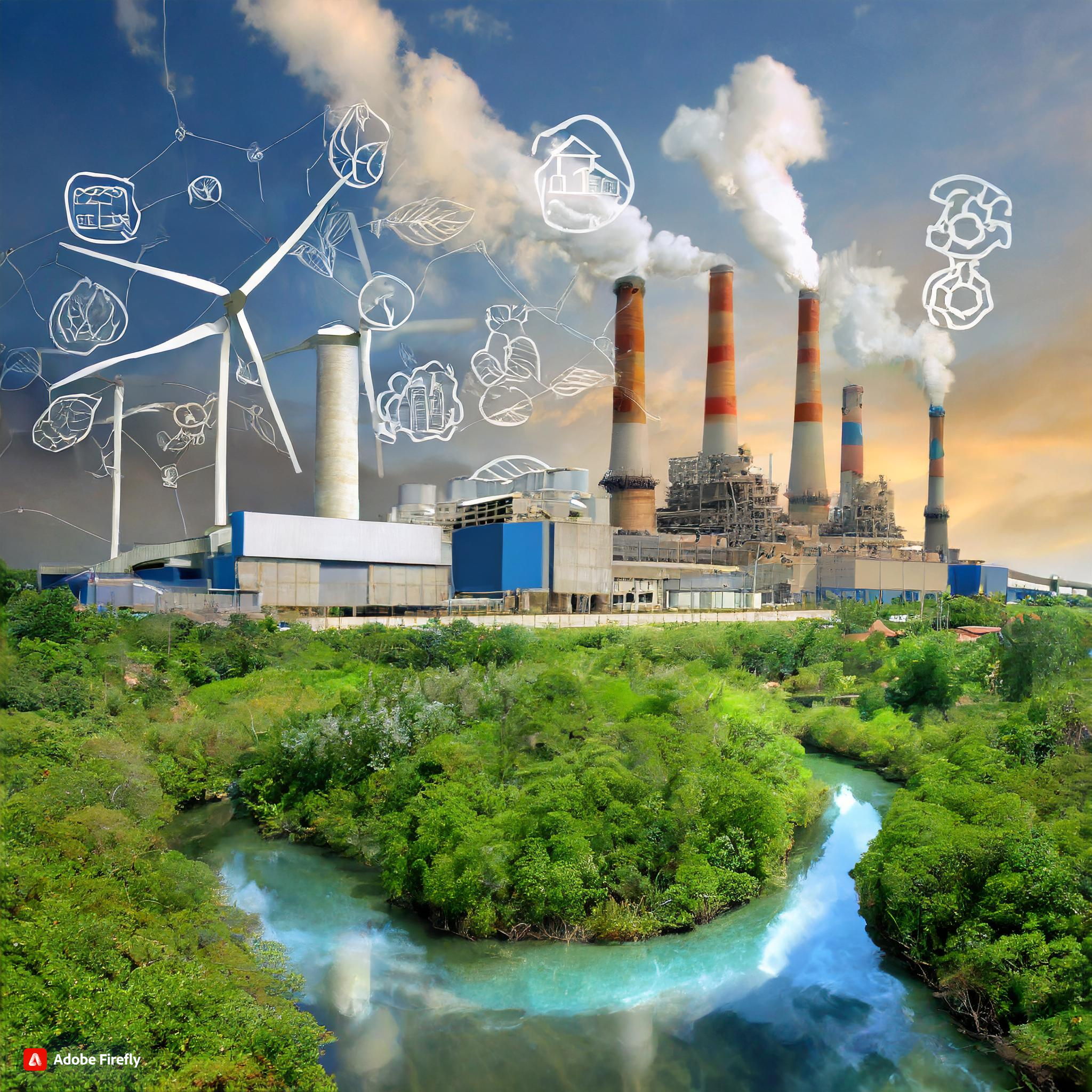
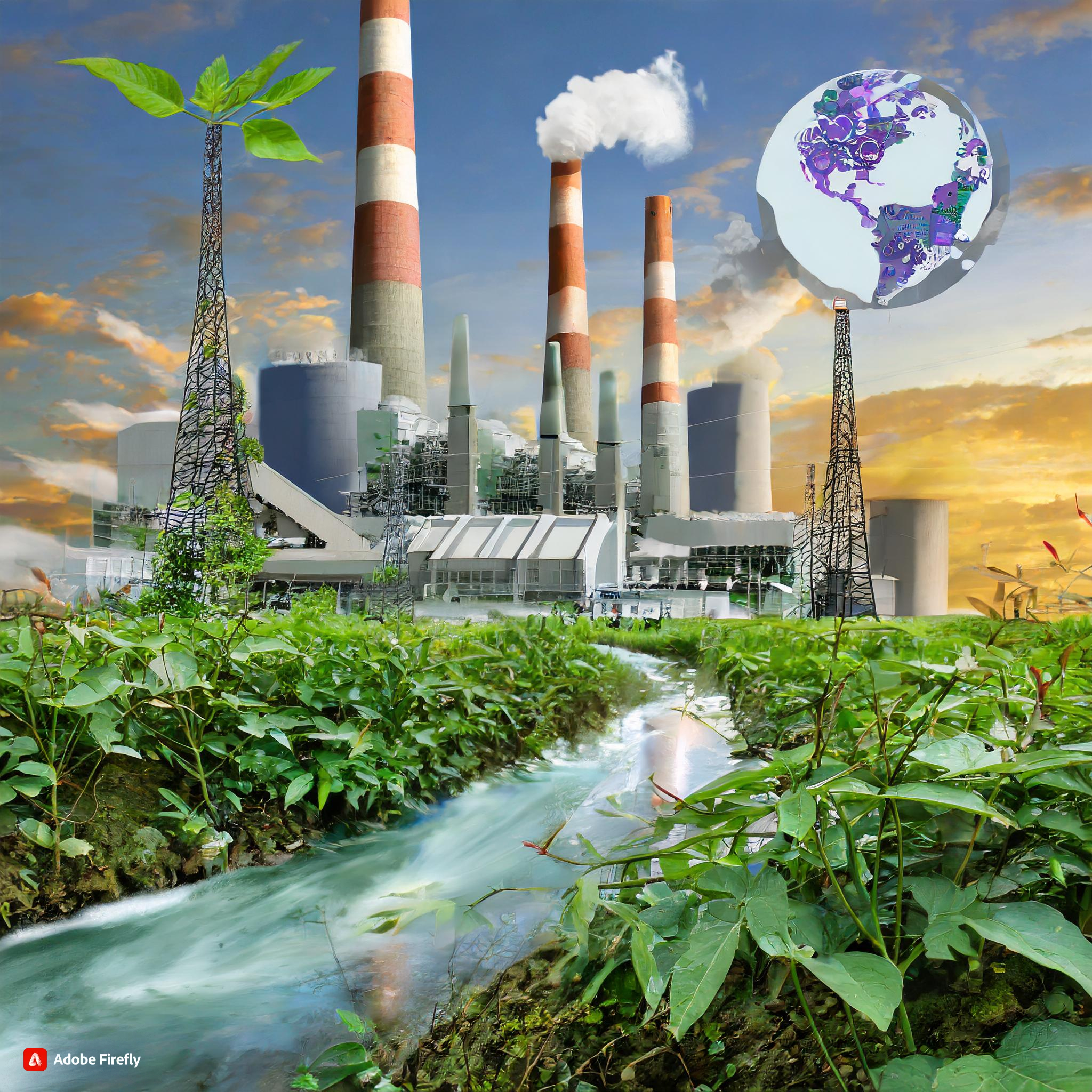
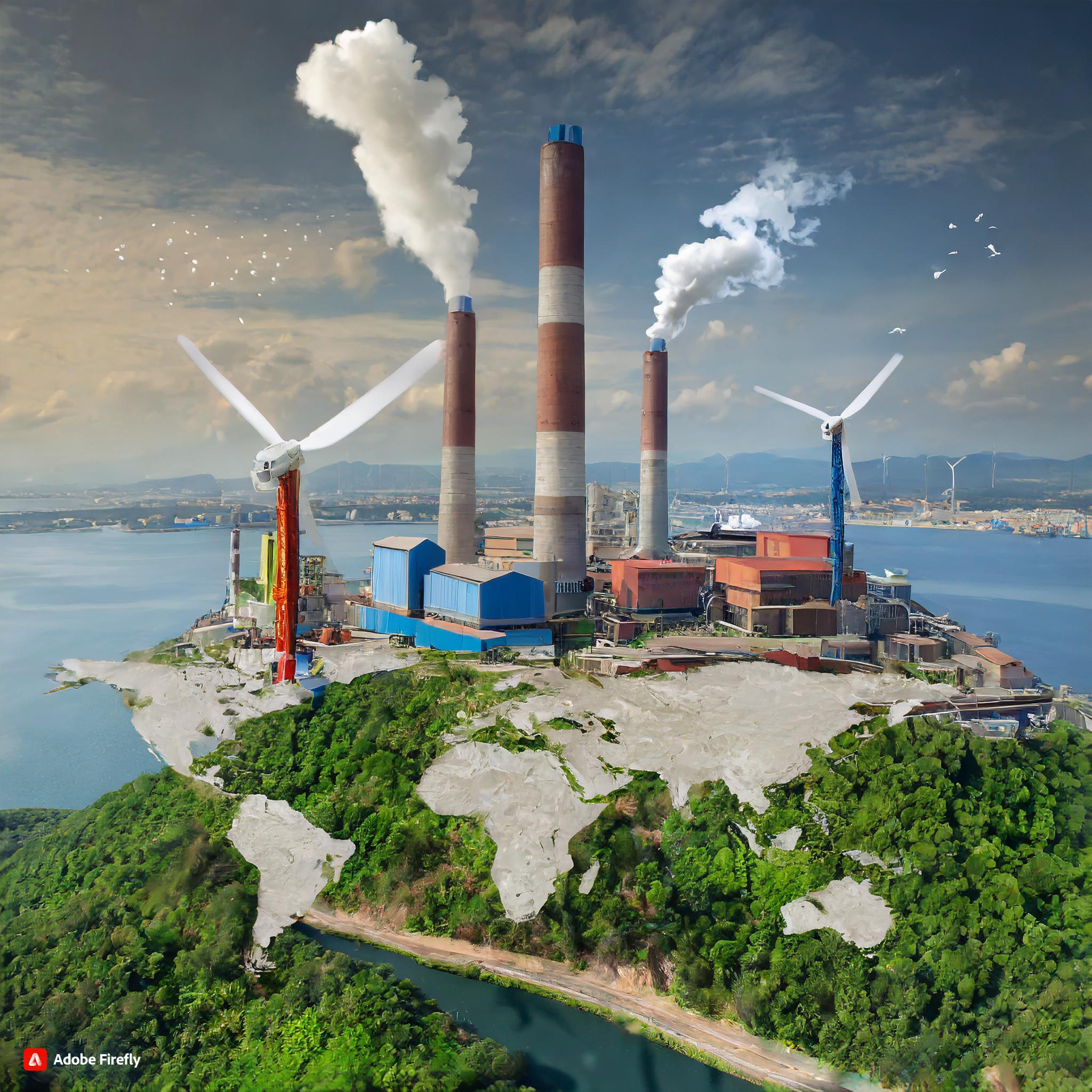
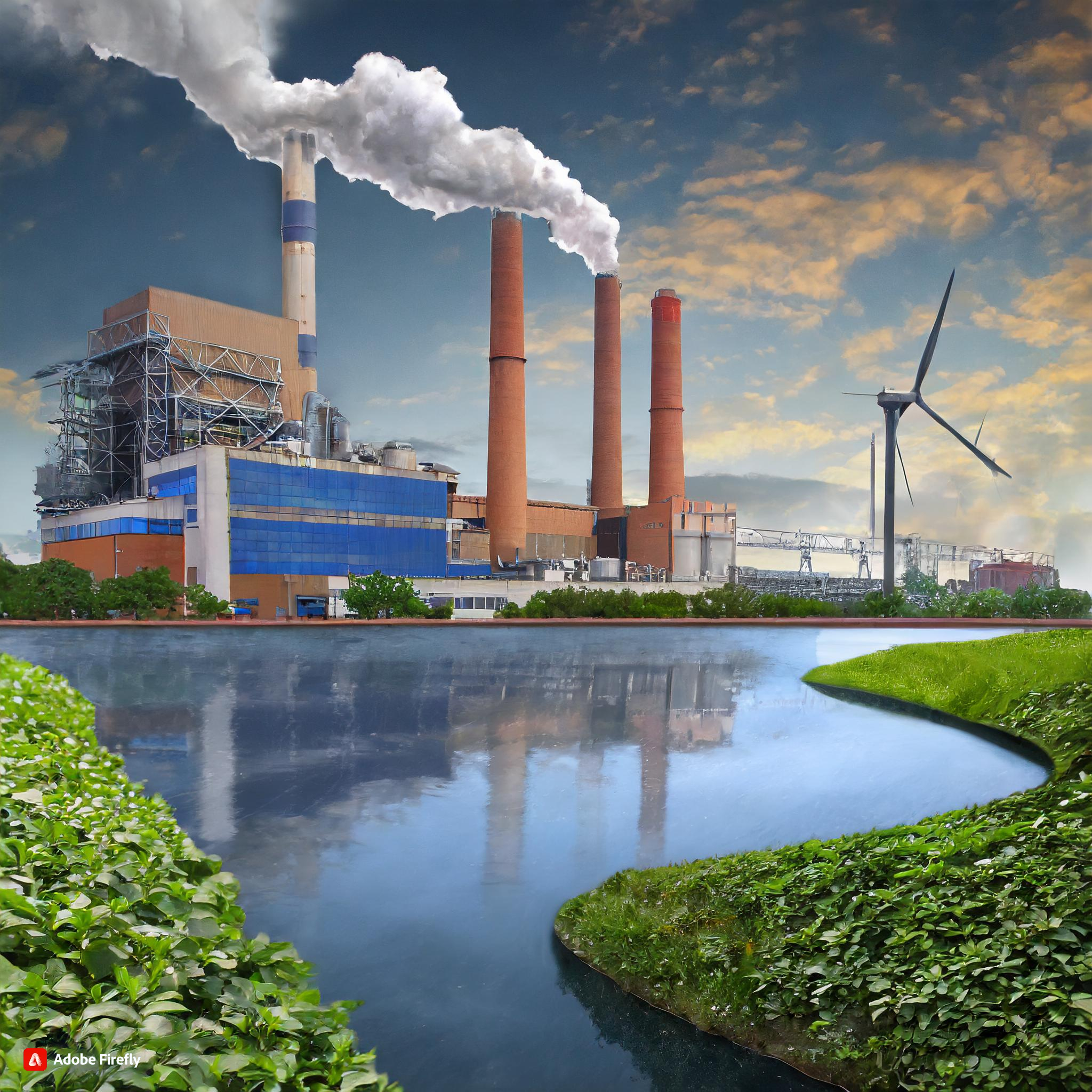
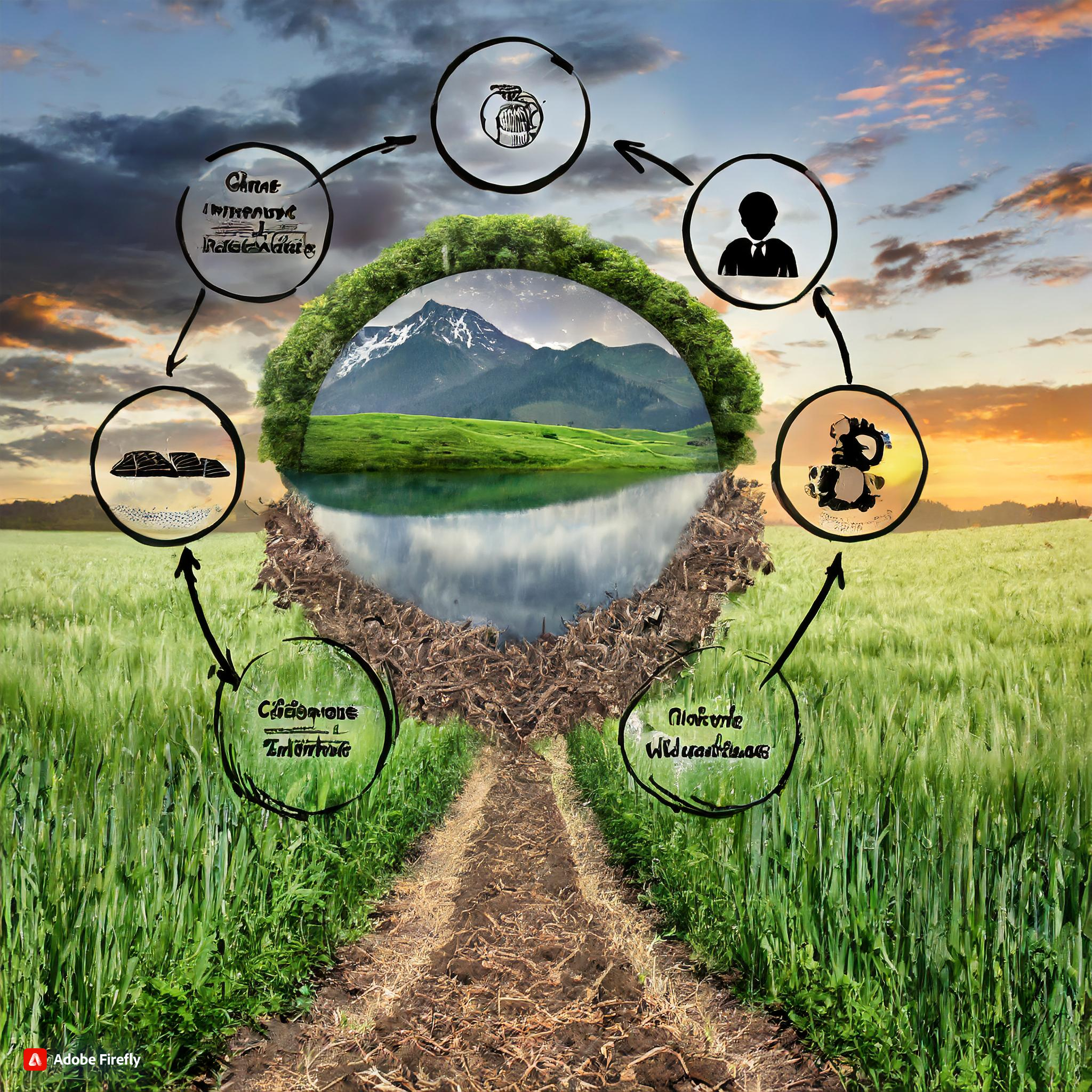
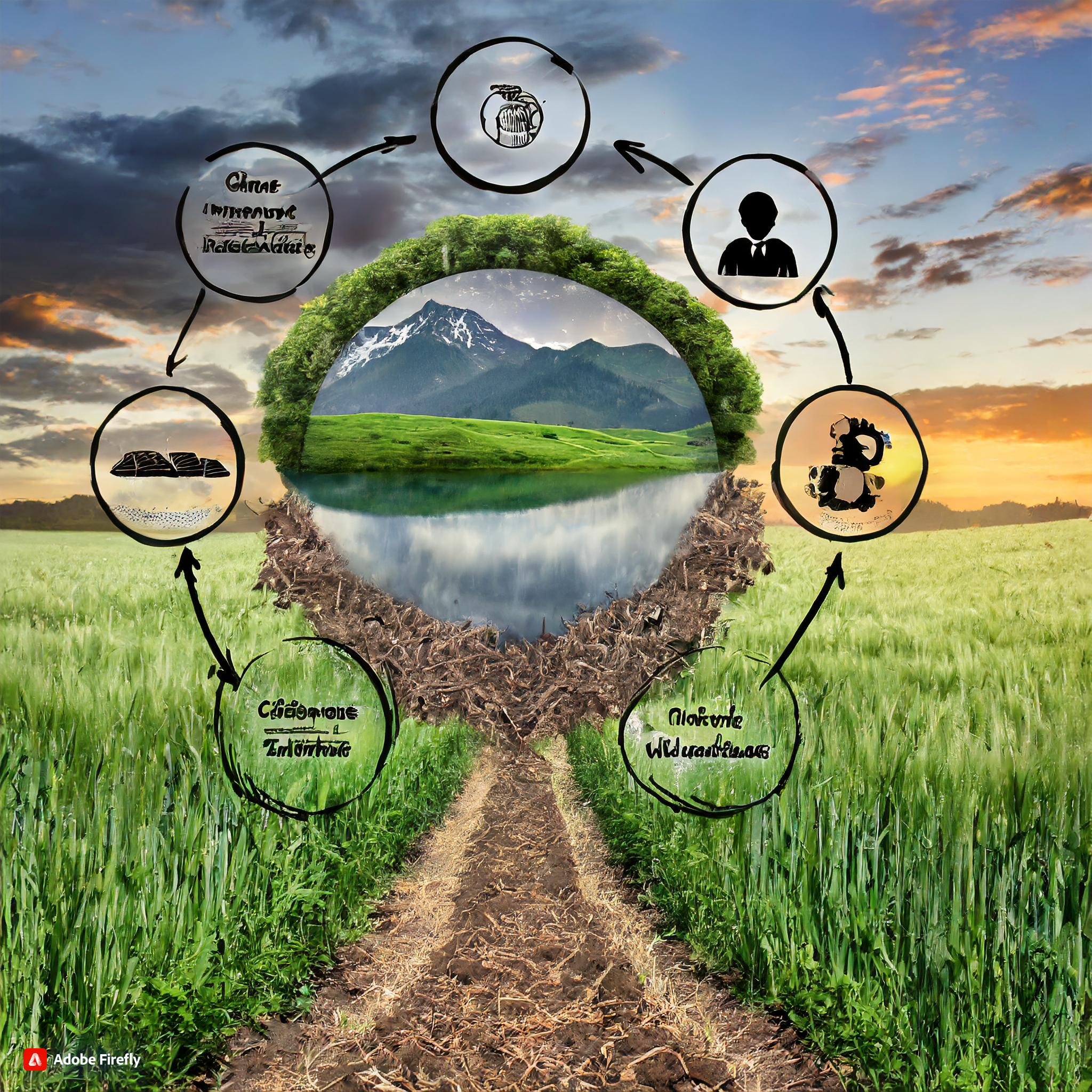
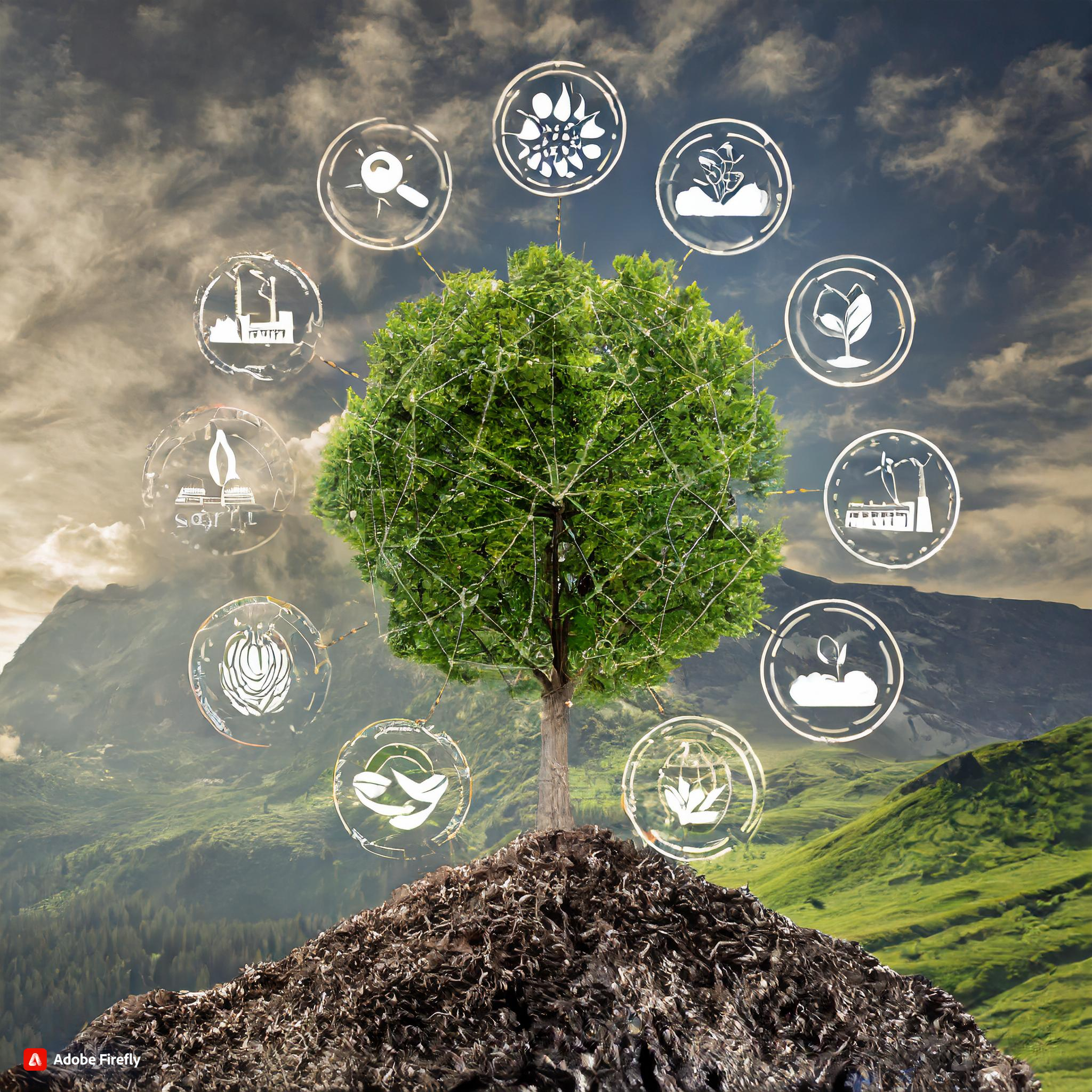
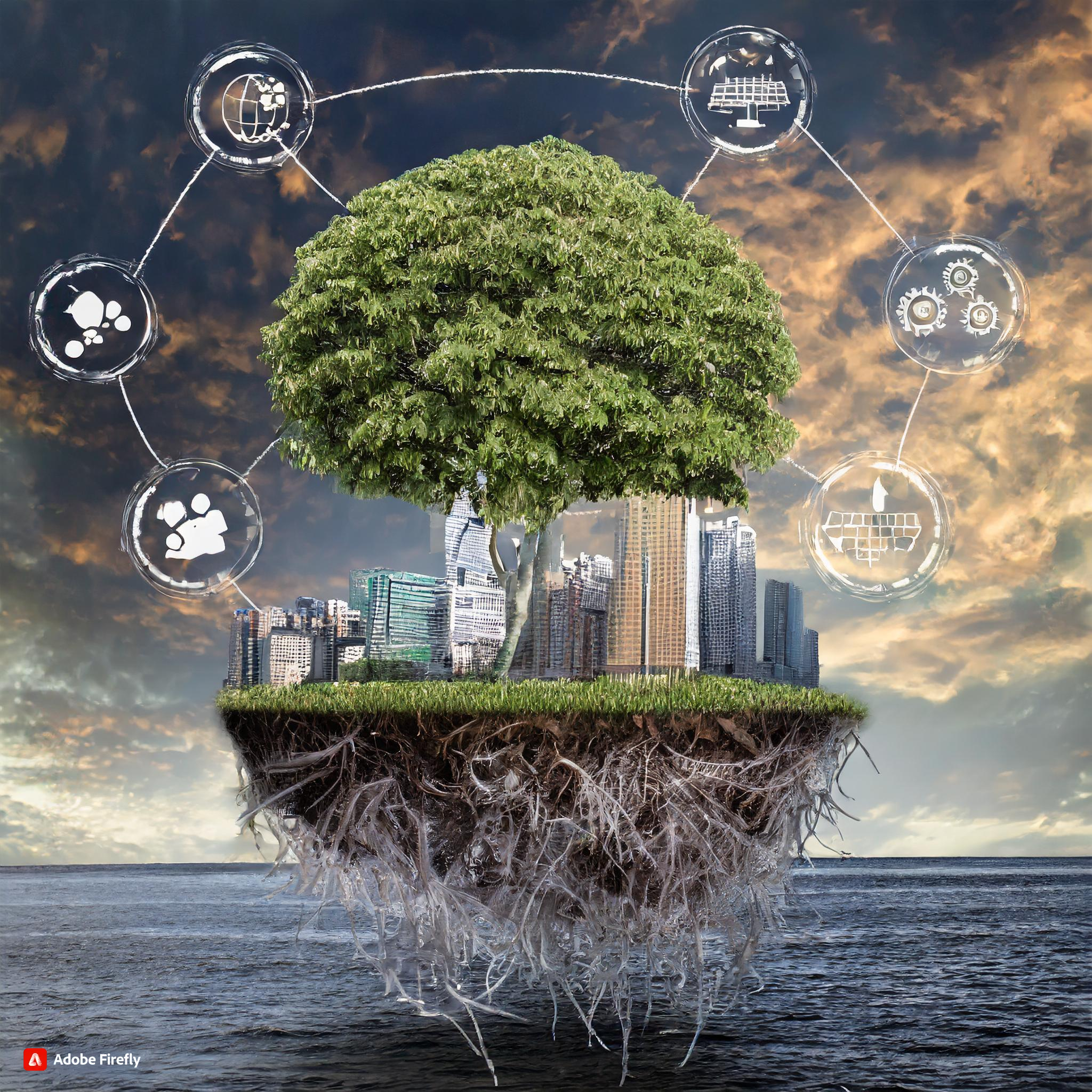
The march of modernization has brought undeniable progress and prosperity to many, but at what cost to our environment? As cities sprawl and industries expand, natural habitats are bulldozed and fragmented, pushing countless plant and animal species to the brink of extinction.
Furthermore, the relentless pursuit of economic growth has led to pollution on an unprecedented scale. From toxic chemicals seeping into our waterways to air pollution choking our cities, the consequences of modernization are dire. It is imperative that we adopt sustainable practices, embracing innovation and technology to minimize our ecological footprint.
3. Decline of Bird Populations due to Pollution and Radiation
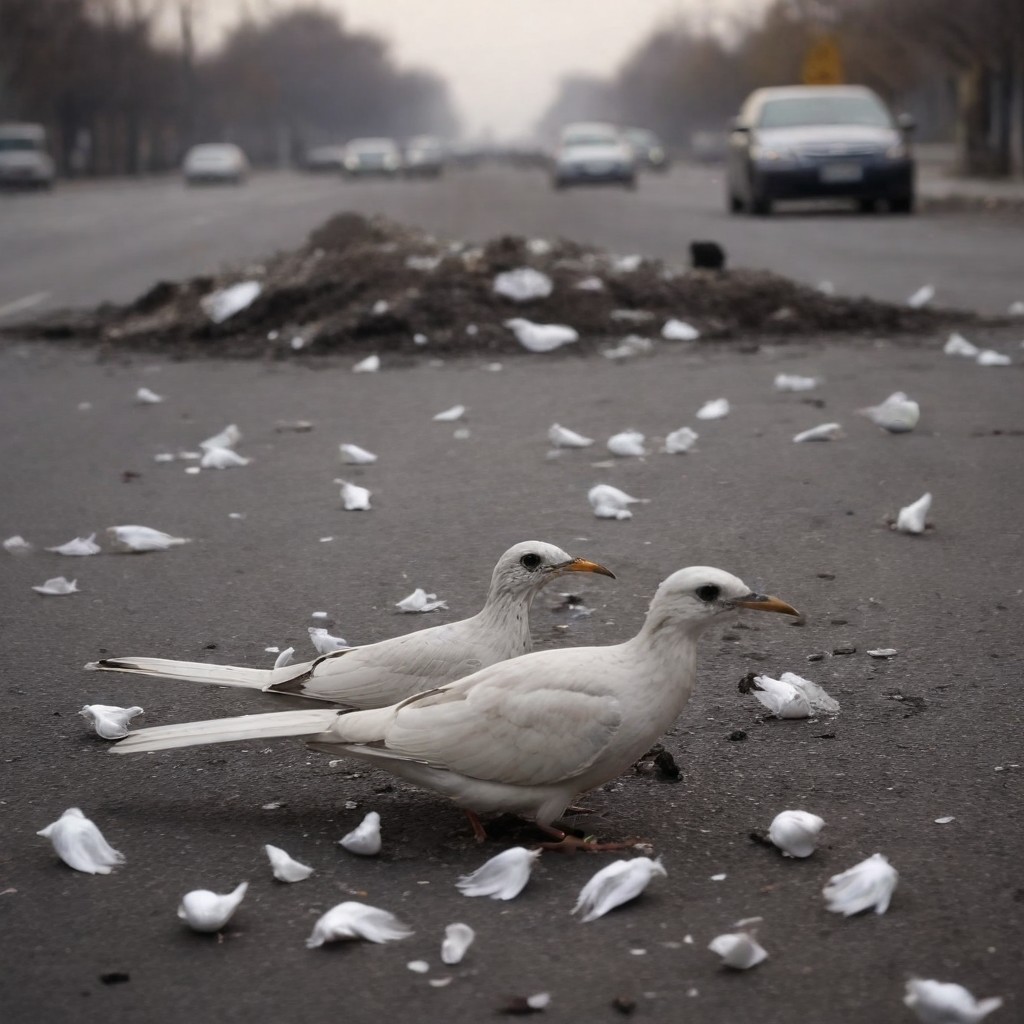
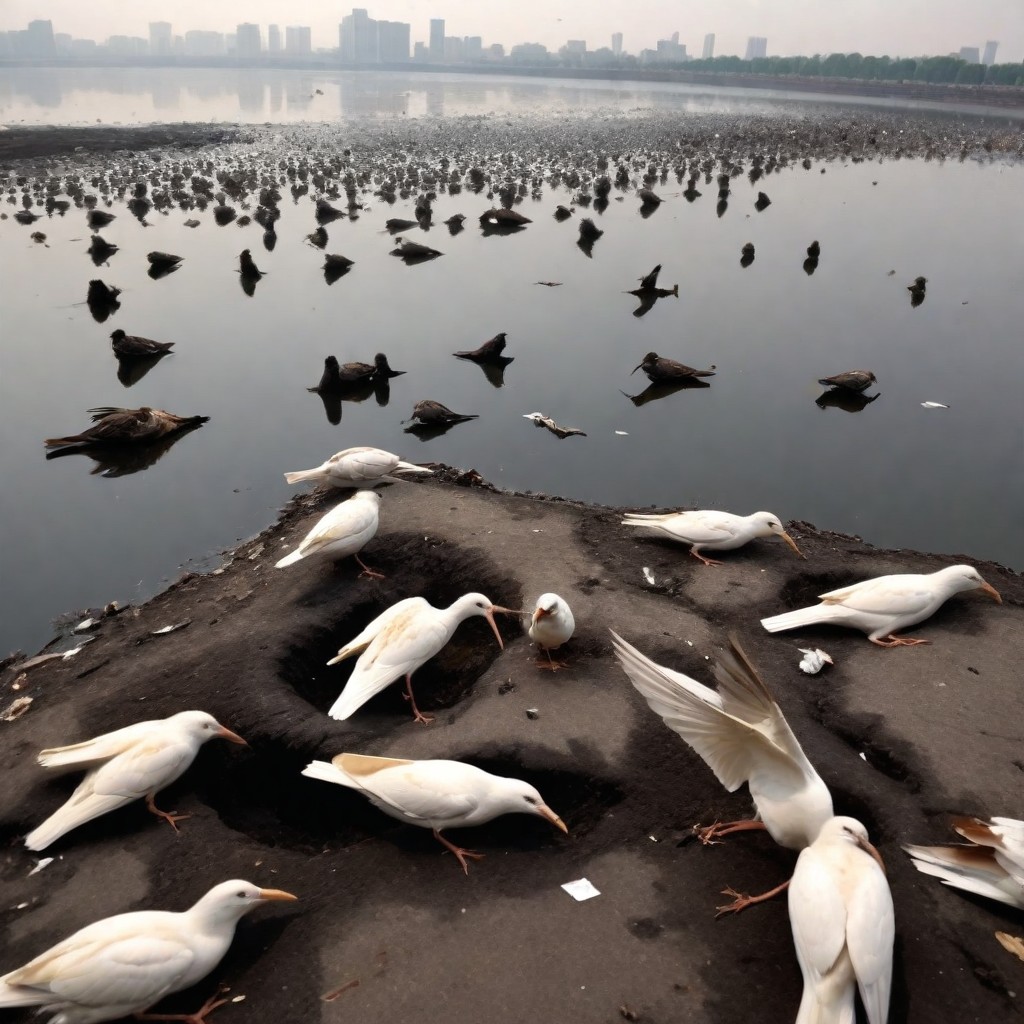
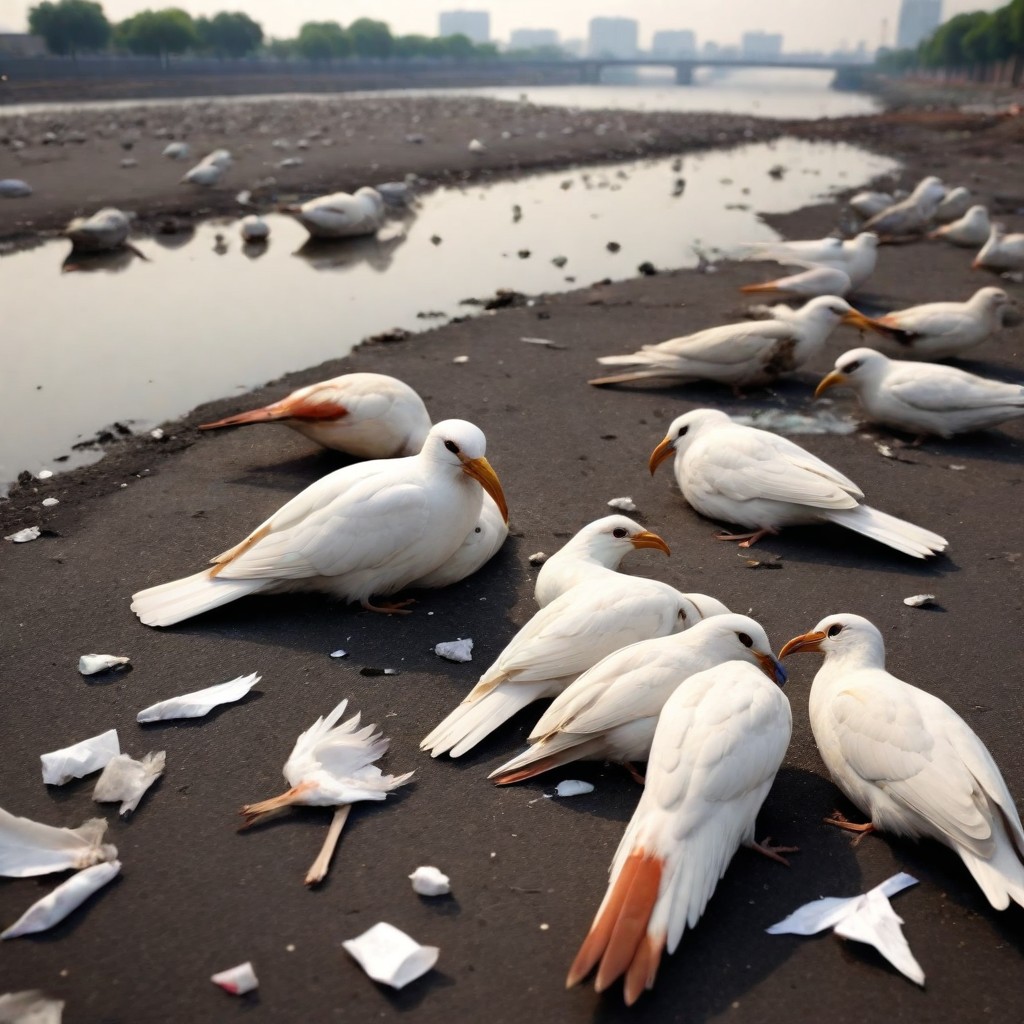
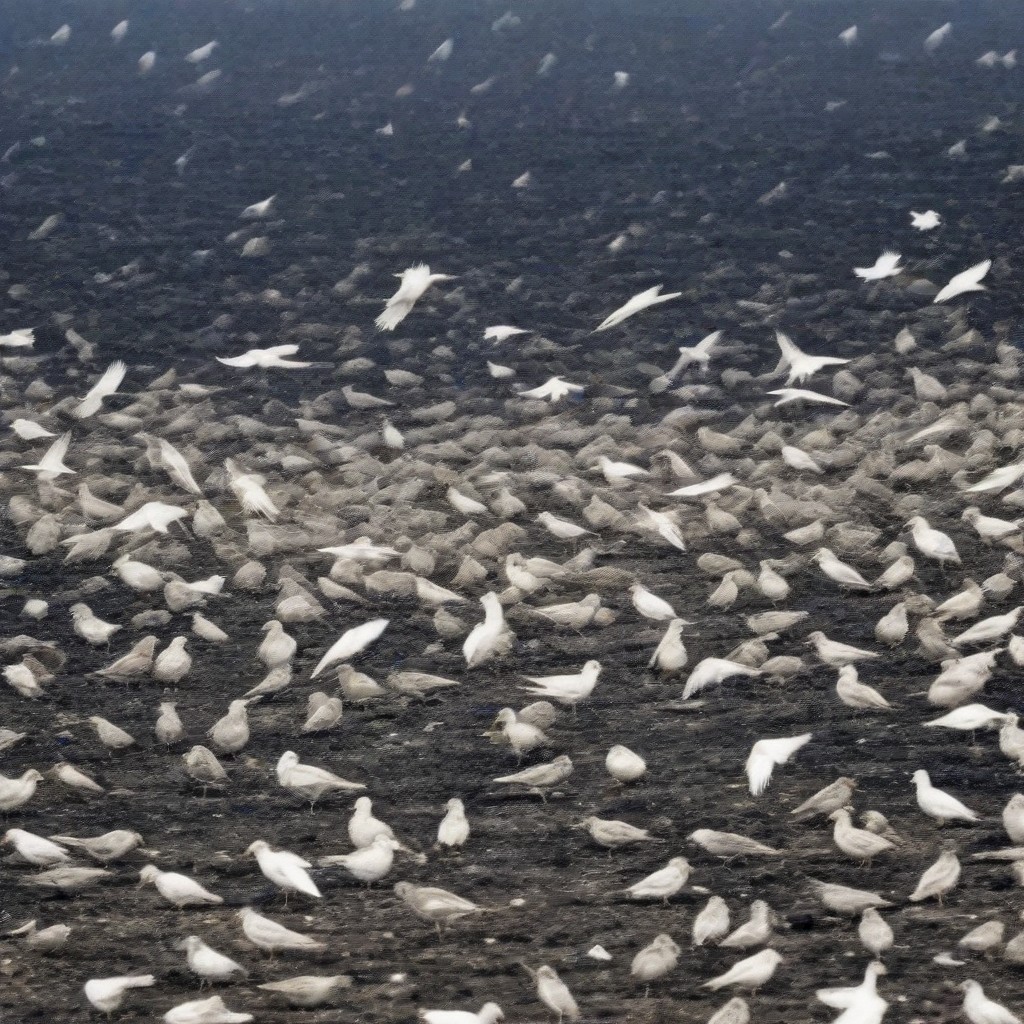
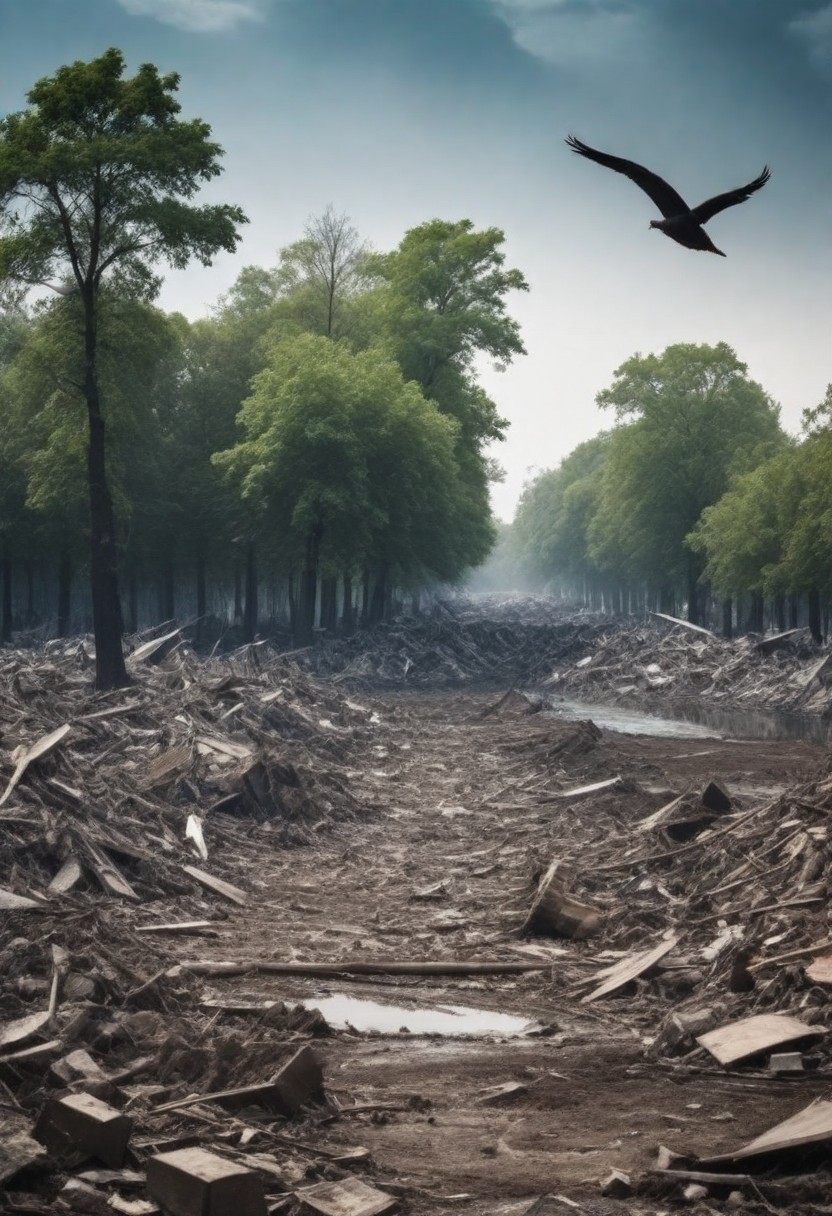
The skies that were once filled with the melodic songs of birds are now growing silent, their numbers dwindling in the face of pollution and radiation. From pesticides poisoning their food sources to cell phone towers disrupting their migratory patterns, birds are facing a multitude of threats.
As stewards of the environment, we must take decisive action to mitigate these impacts. This includes reducing our use of harmful chemicals, advocating for stricter regulations on electromagnetic radiation, and preserving vital habitats for nesting and foraging.
4. Harnessing Renewable Energy to Combat Climate Change
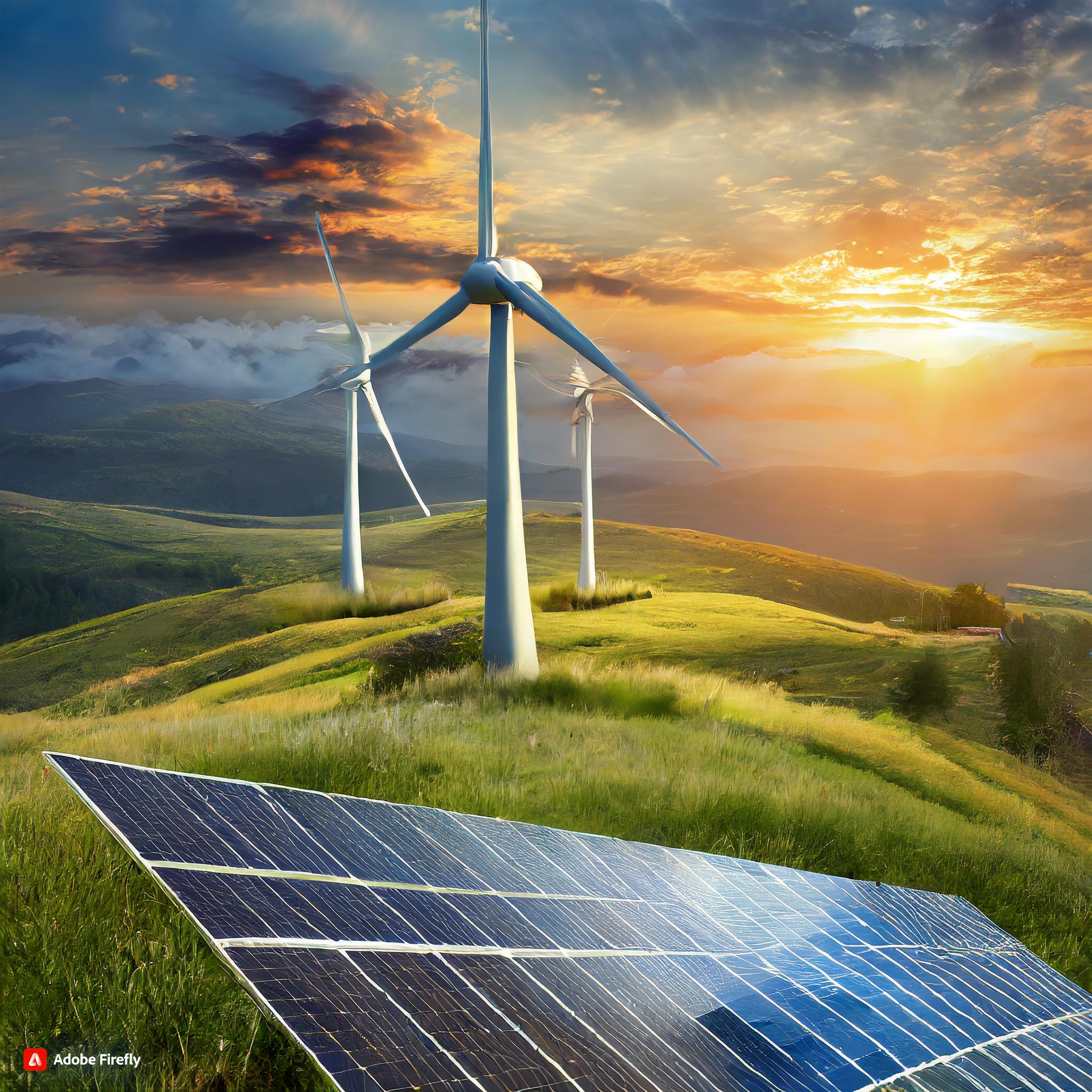
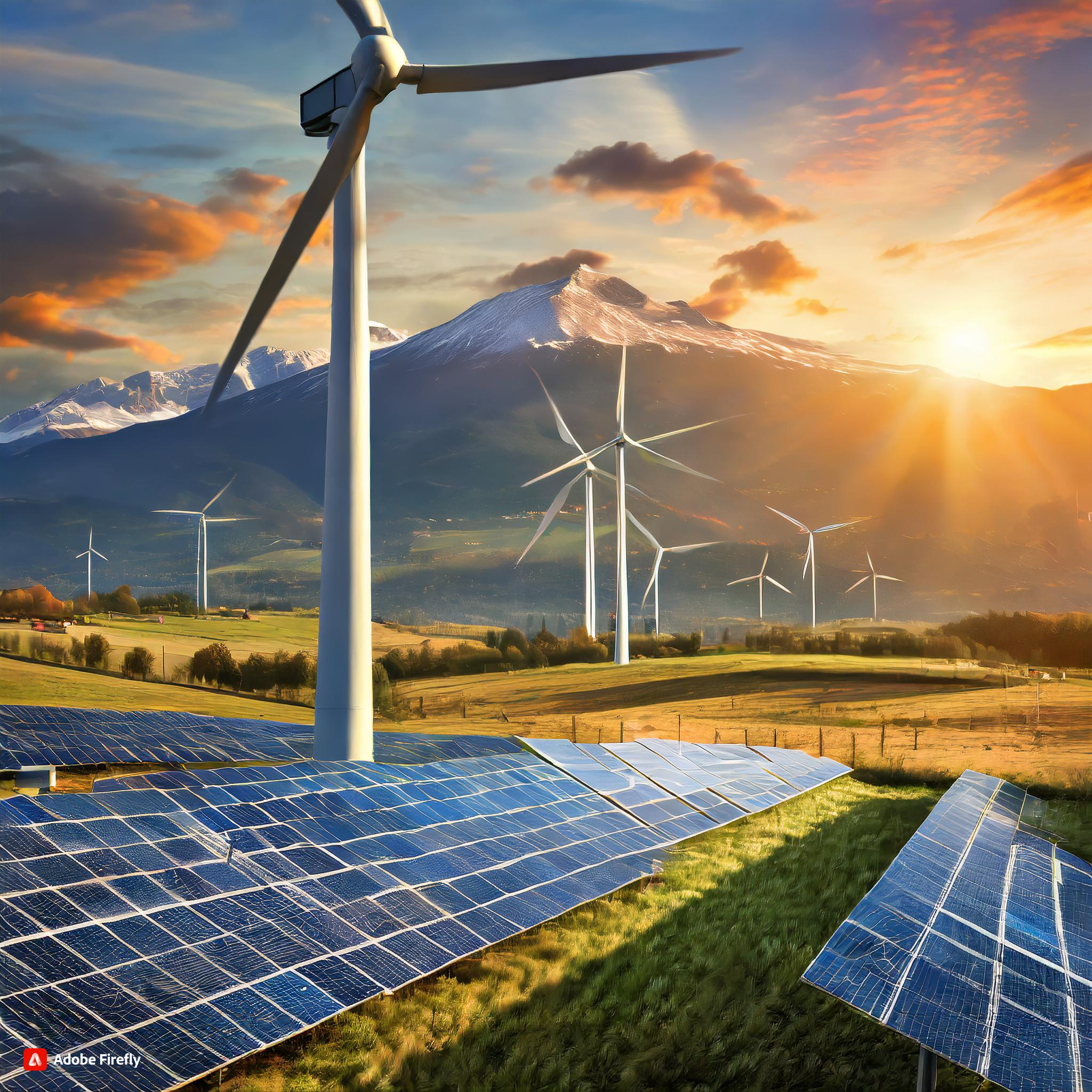
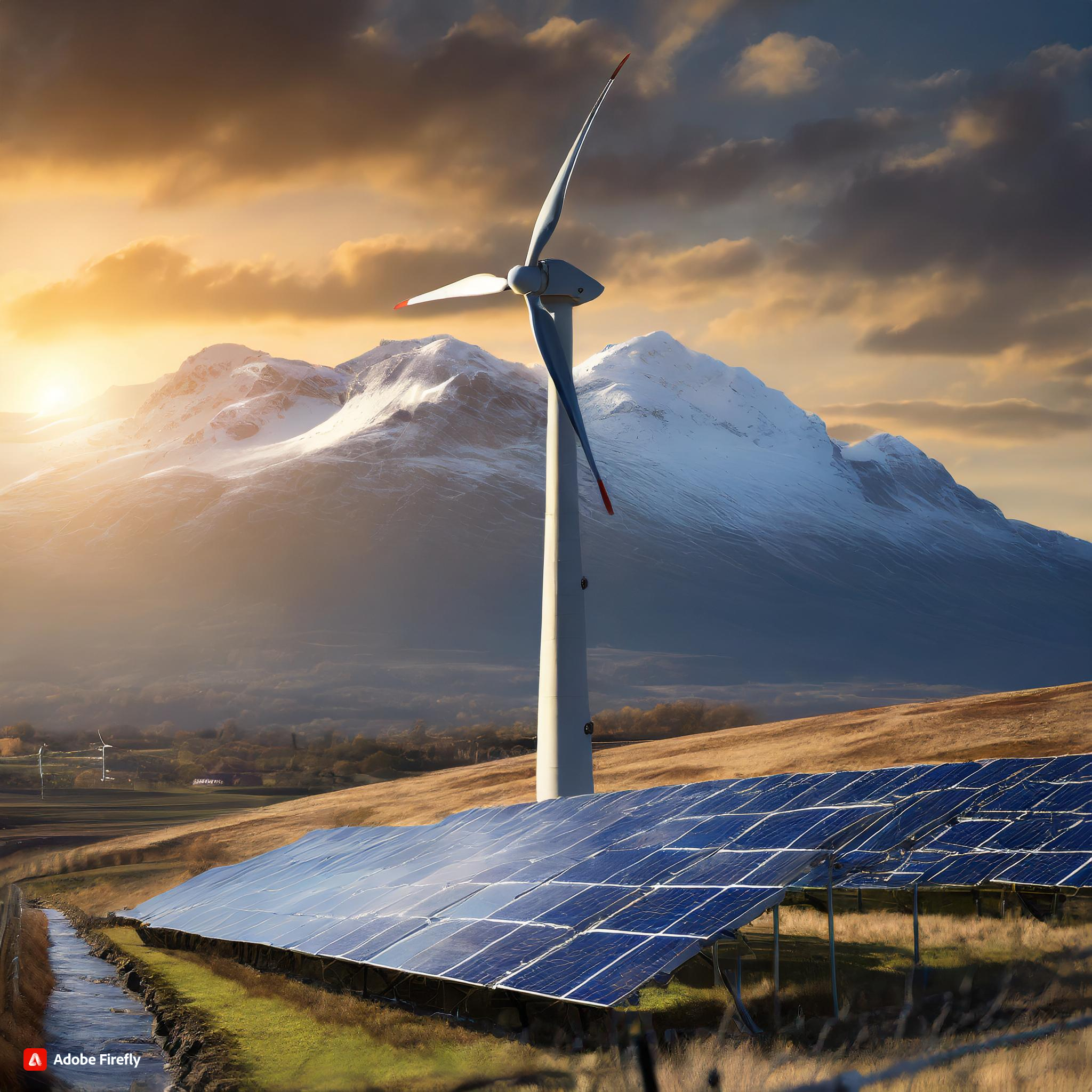
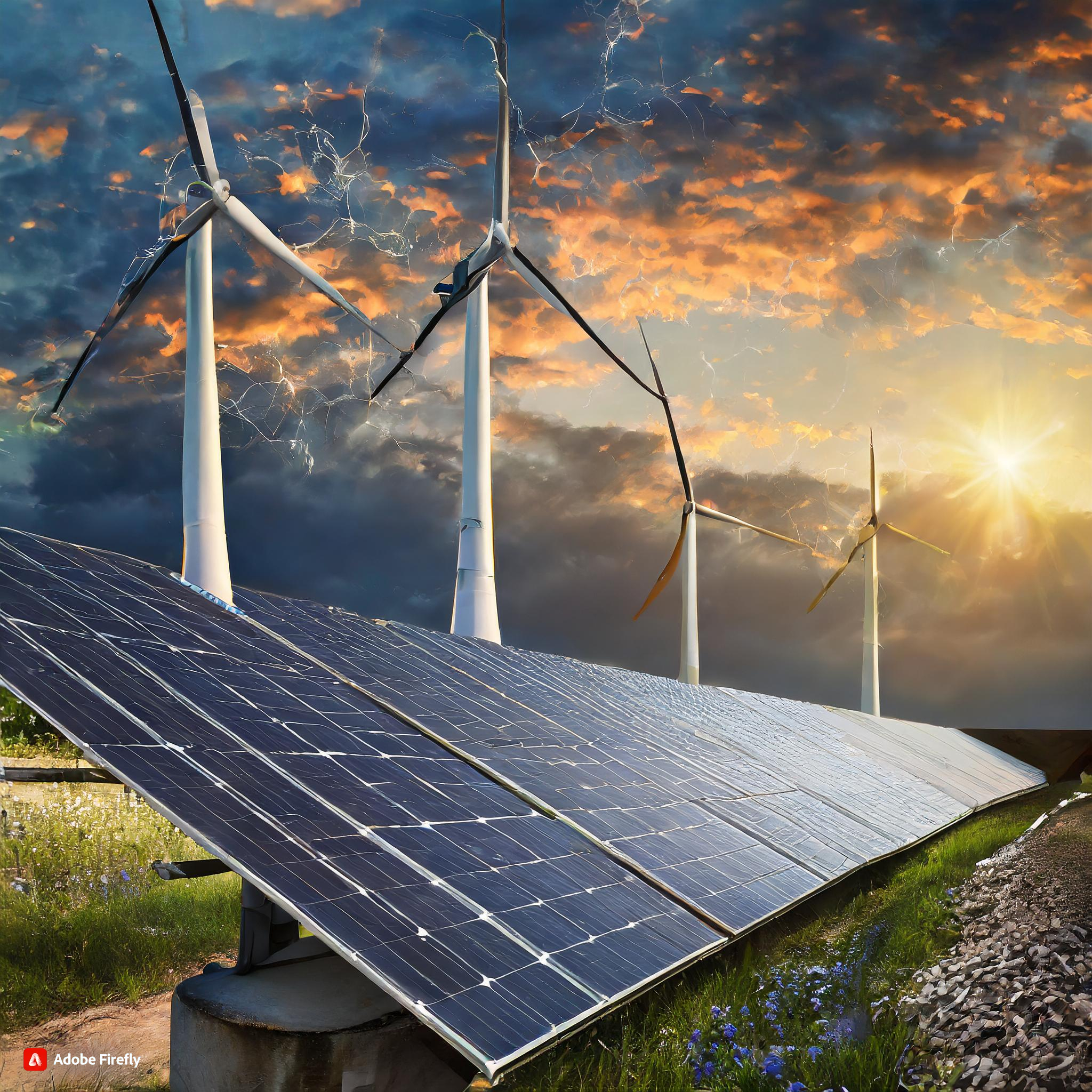
In the battle against climate change, renewable energy stands as a beacon of hope, offering a clean and sustainable alternative to fossil fuels. Solar, wind, and hydroelectric power hold immense potential to reduce our reliance on carbon-intensive energy sources and mitigate the impacts of climate change.
By investing in renewable energy infrastructure and incentivizing its adoption, we can not only reduce greenhouse gas emissions but also create new opportunities for economic growth and job creation. The time to embrace the power of renewables is now, for the sake of our planet and future generations.
5. Threats to Water Life and Marine Organisms
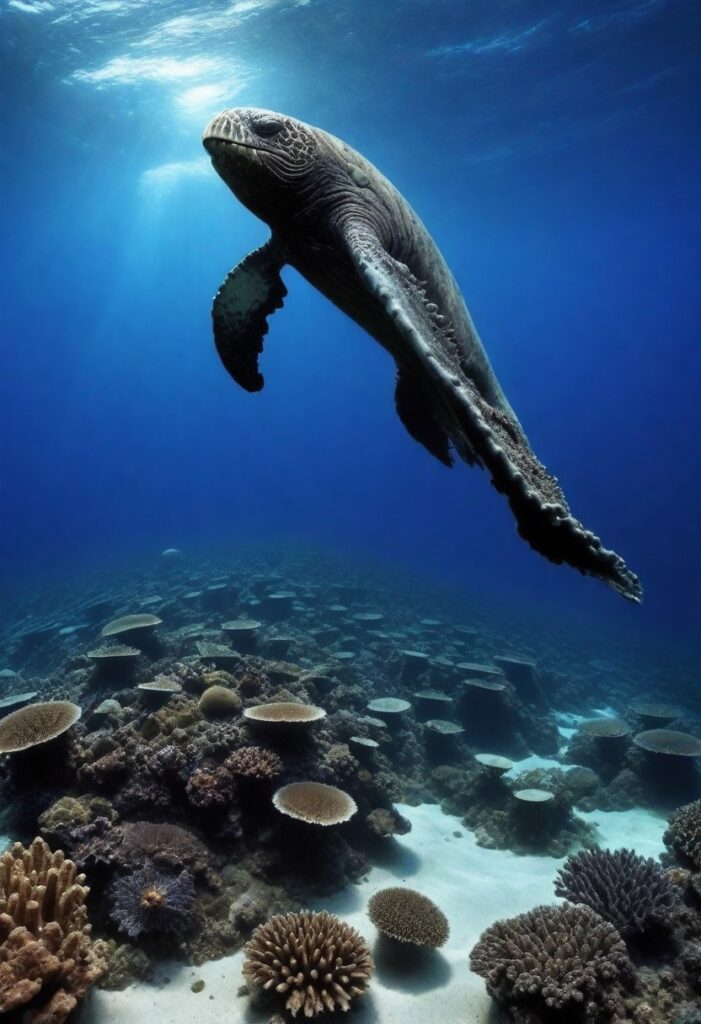
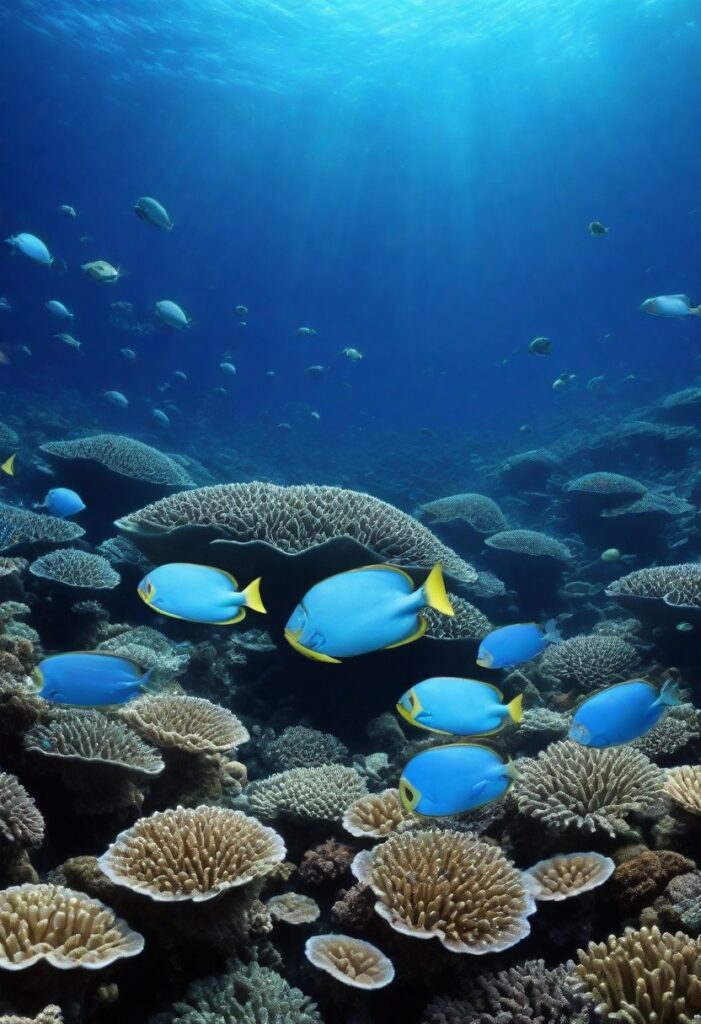
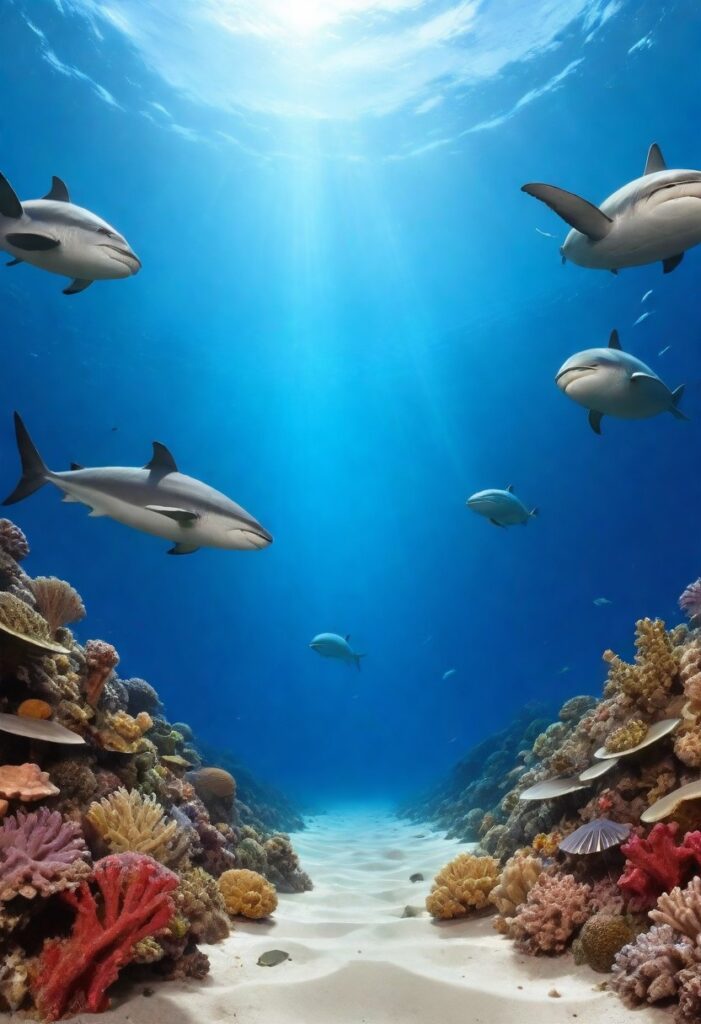
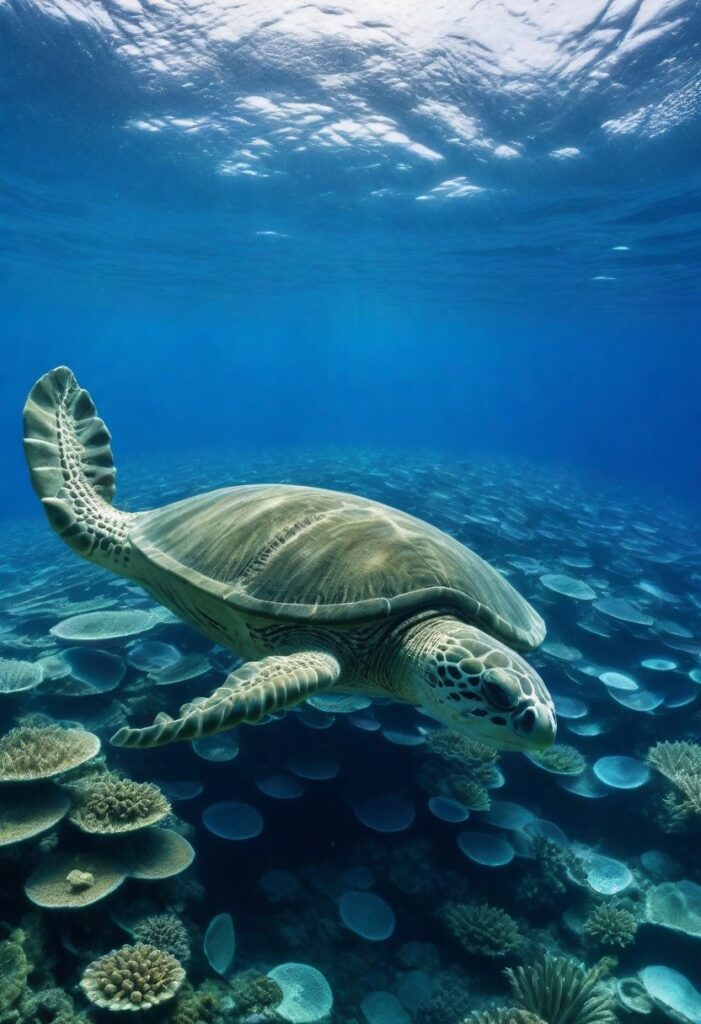
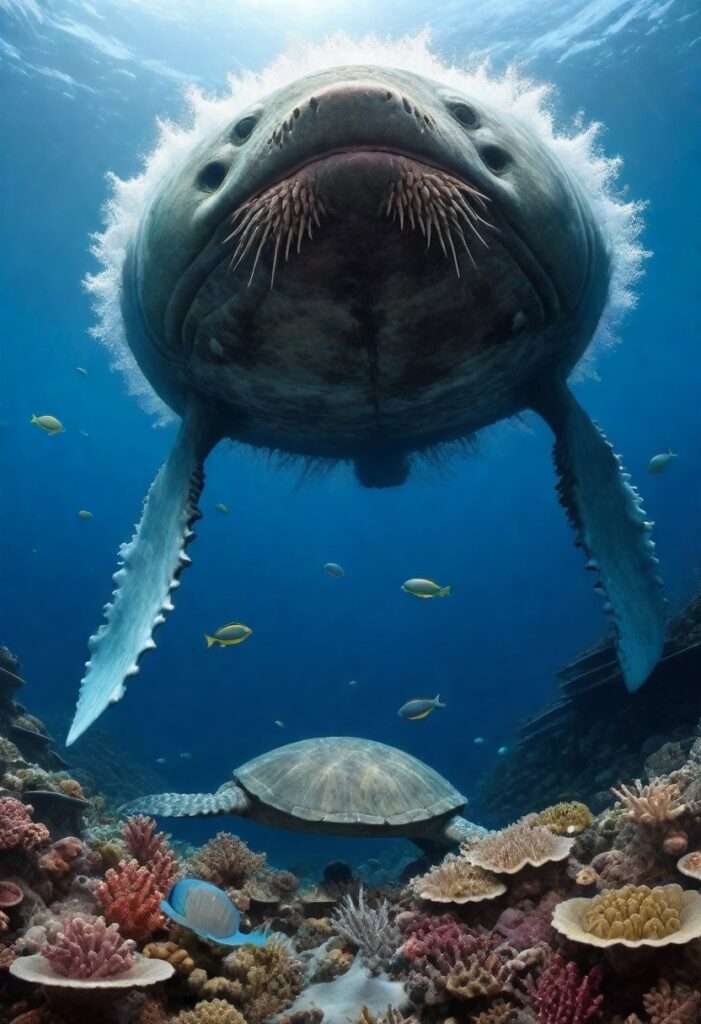
The world’s oceans, once teeming with life, are now becoming vast graveyards of plastic and pollution. From discarded fishing nets to plastic bottles, our careless waste is choking the life out of marine ecosystems.
To address this crisis, we must prioritize waste management and recycling initiatives, reduce single-use plastics, and advocate for the protection of marine sanctuaries. Only through concerted action can we hope to preserve the rich diversity of life that inhabits our oceans.
6. The Plight of Stray Animals: Victims of Human Neglect
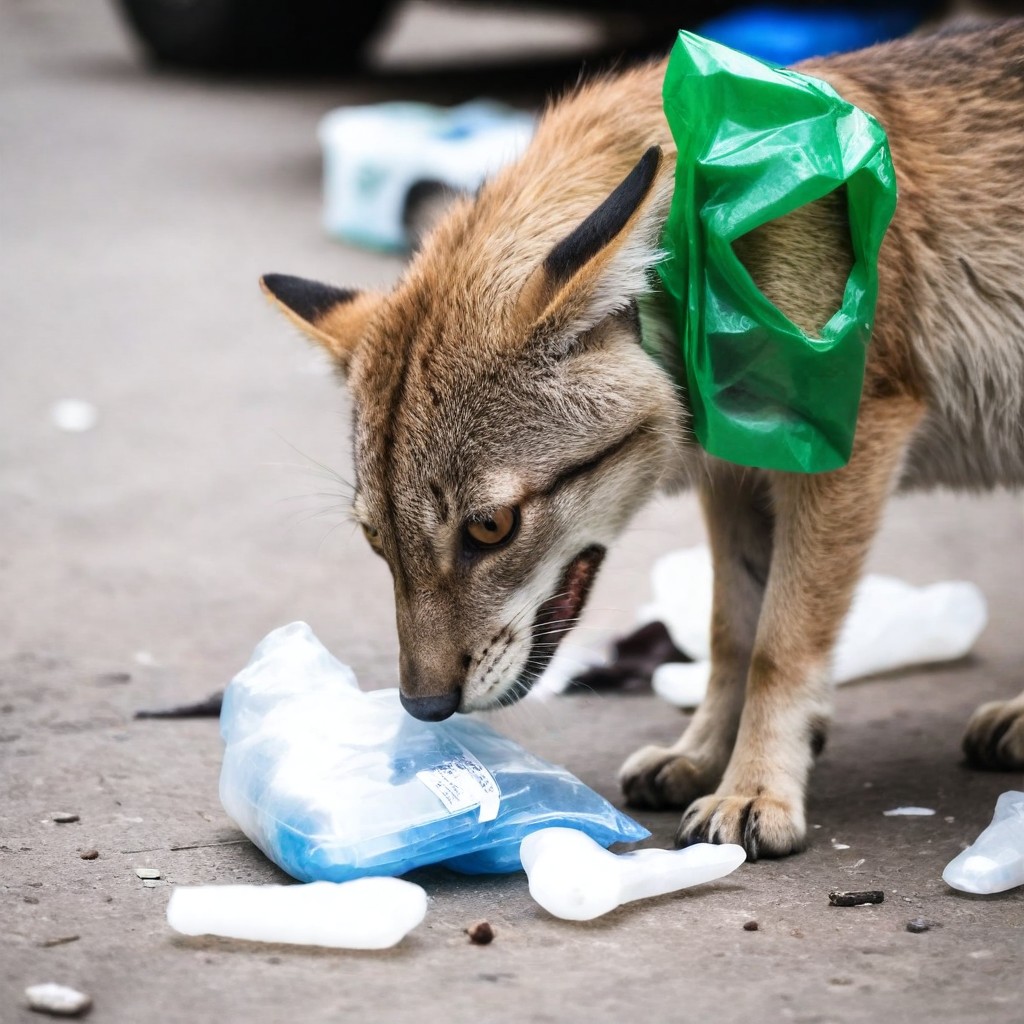
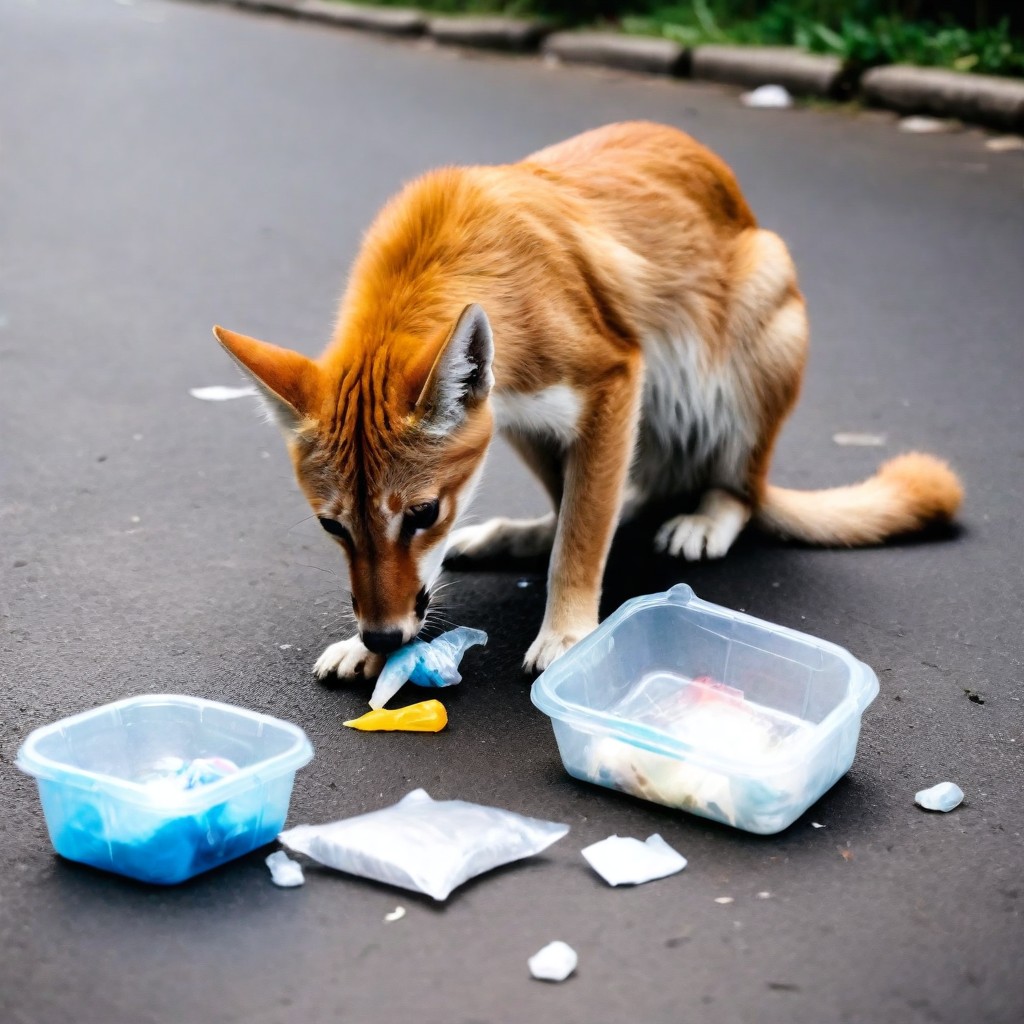
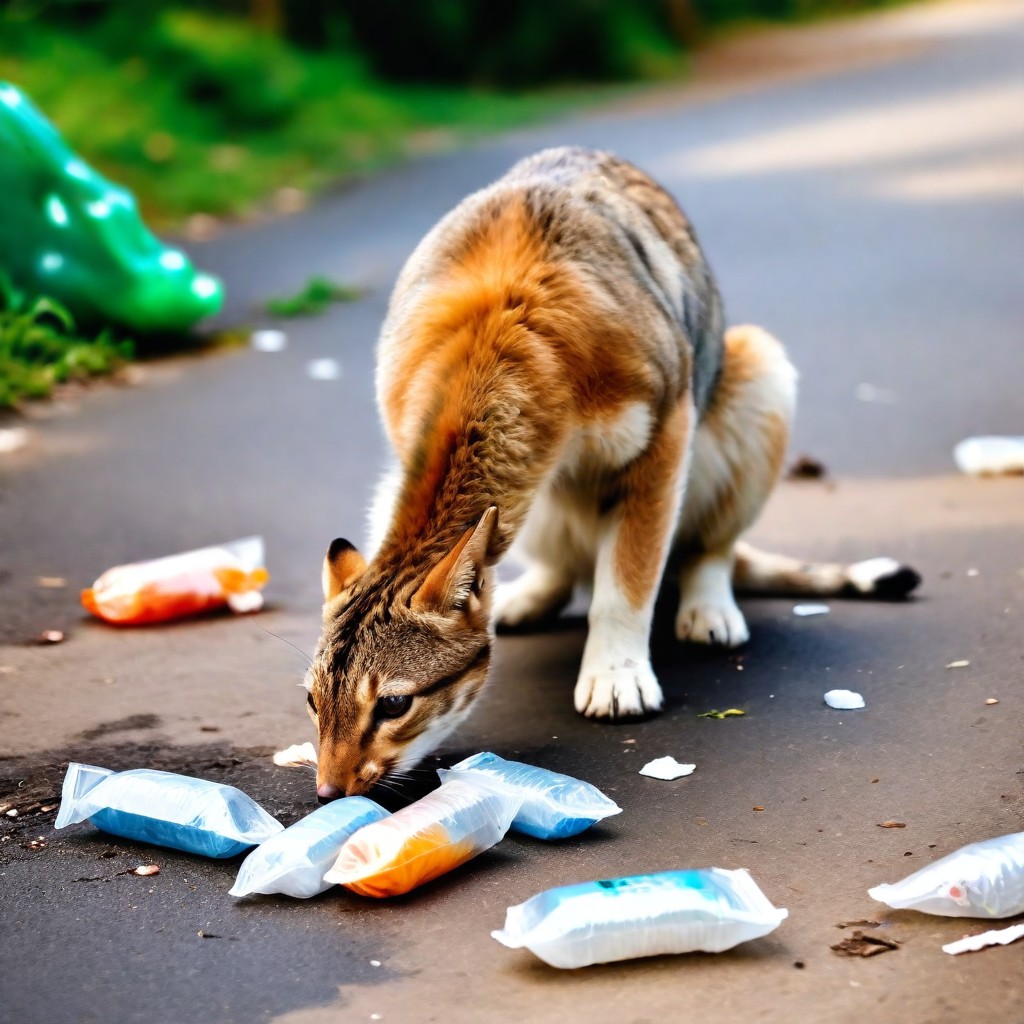
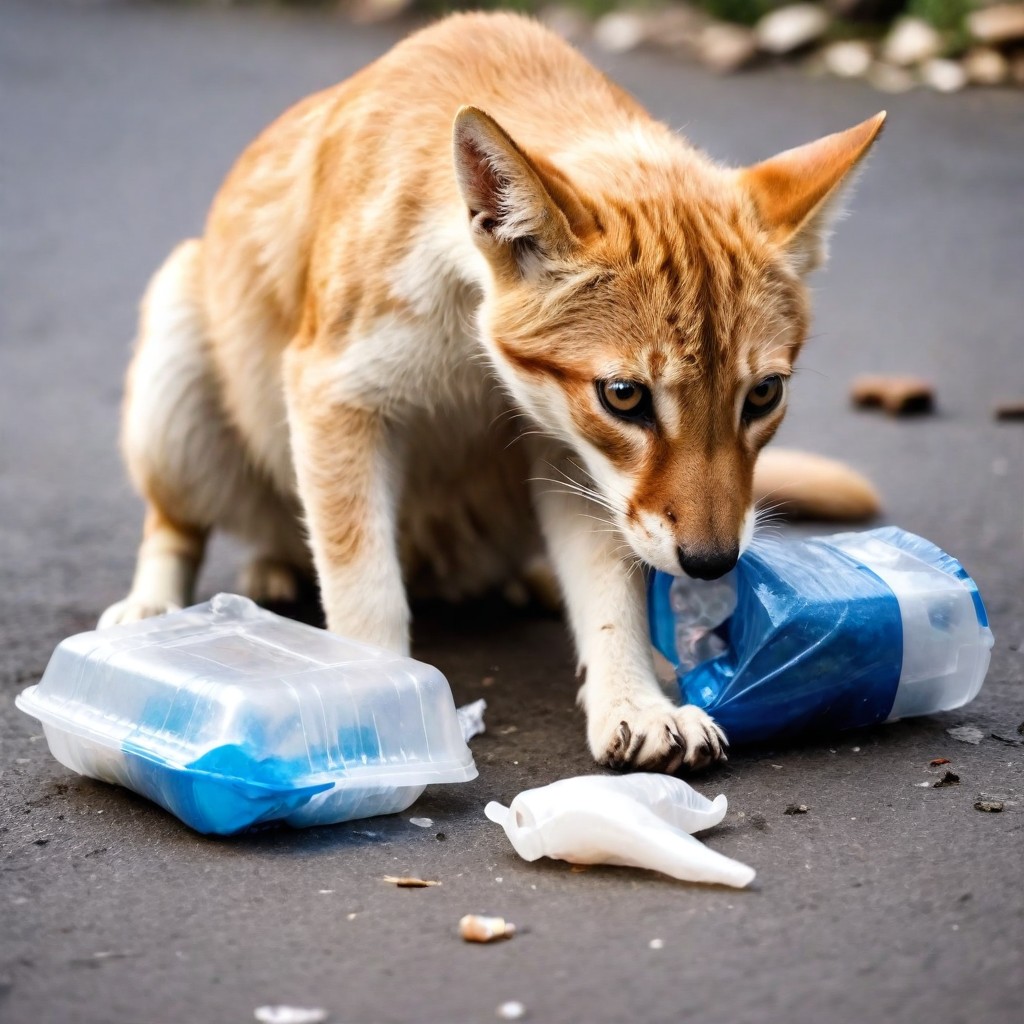
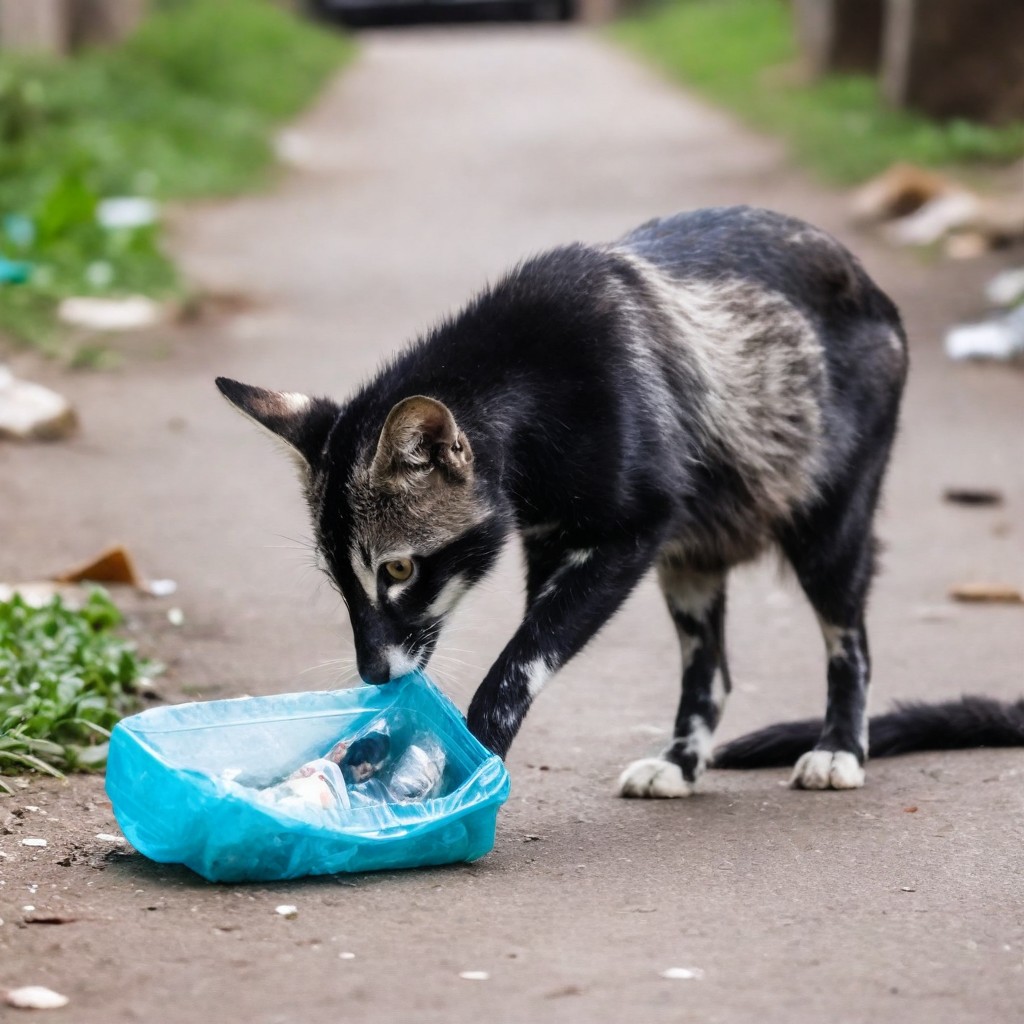
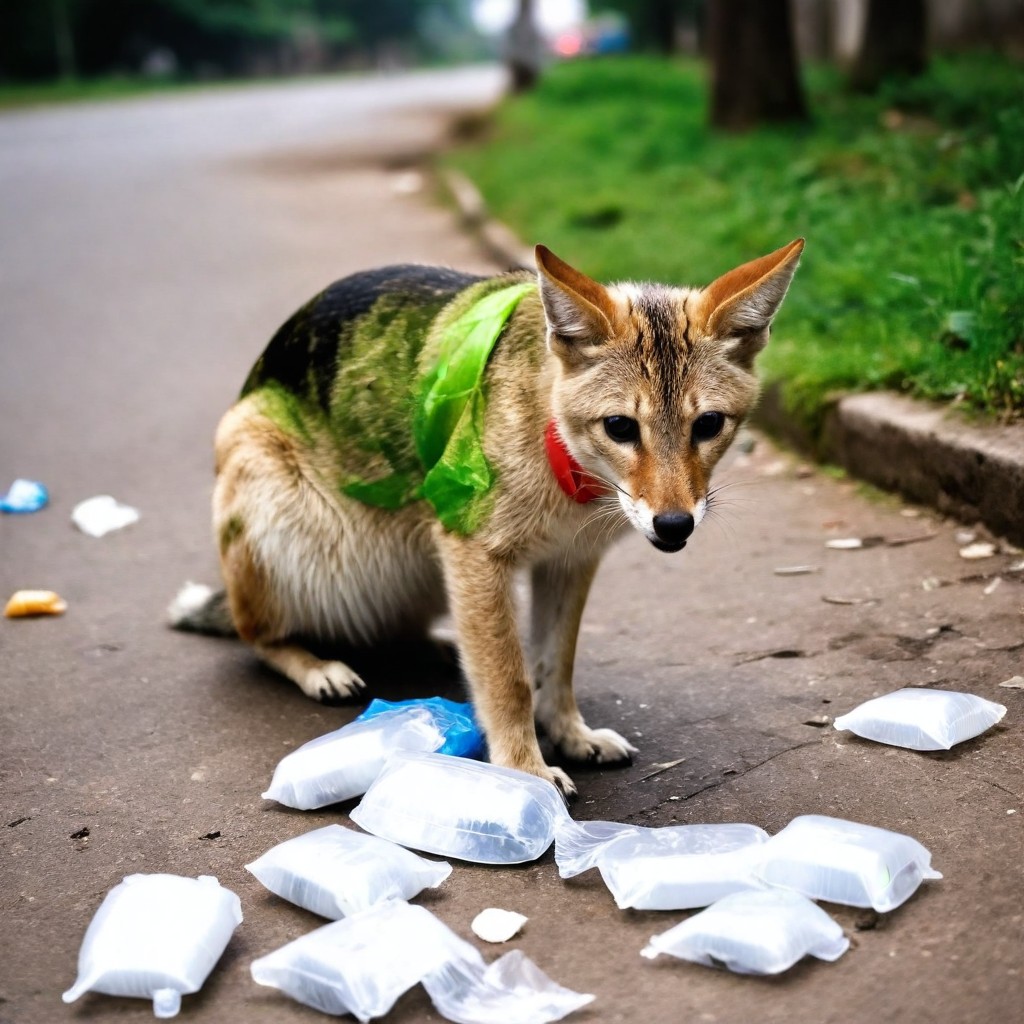
In the hustle and bustle of modern life, it is all too easy to overlook the silent suffering of stray animals, abandoned and forgotten by society. These innocent creatures roam the streets in search of food and shelter, their lives hanging in the balance.
The sight of a stray dog rummaging through garbage bins, its stomach filled with plastic, is a heartbreaking reminder of our collective failure to protect the most vulnerable among us. We must take responsibility for the well-being of these animals, providing them with food, shelter, and medical care.
7. Ending the Barbaric Practice of Animal Sacrifice

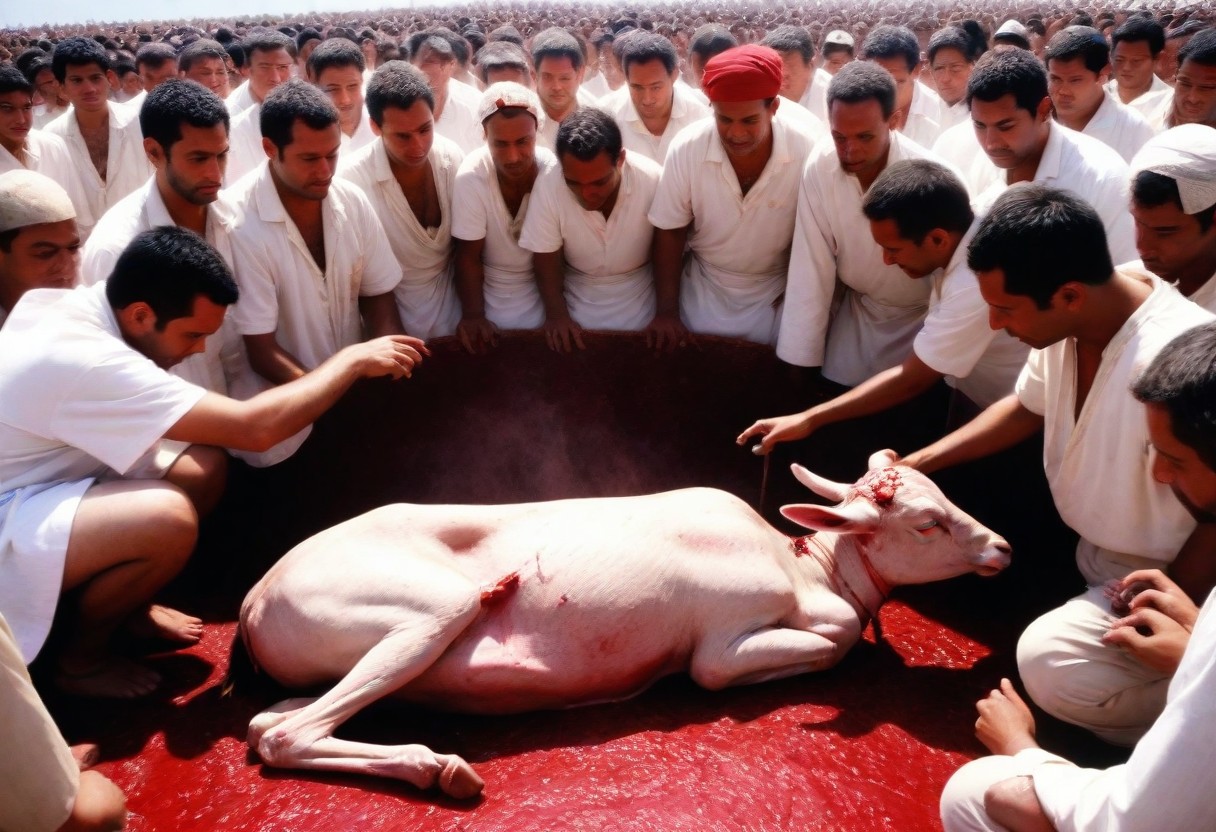


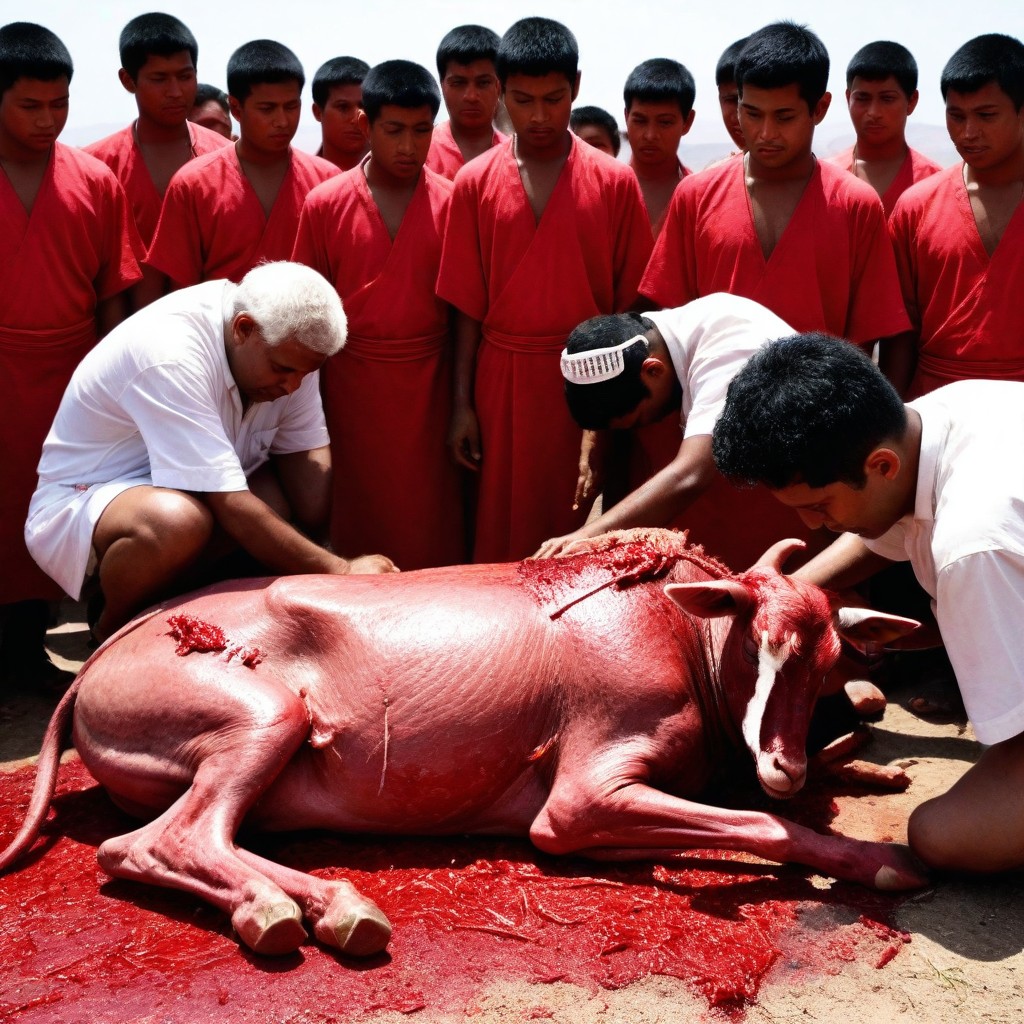

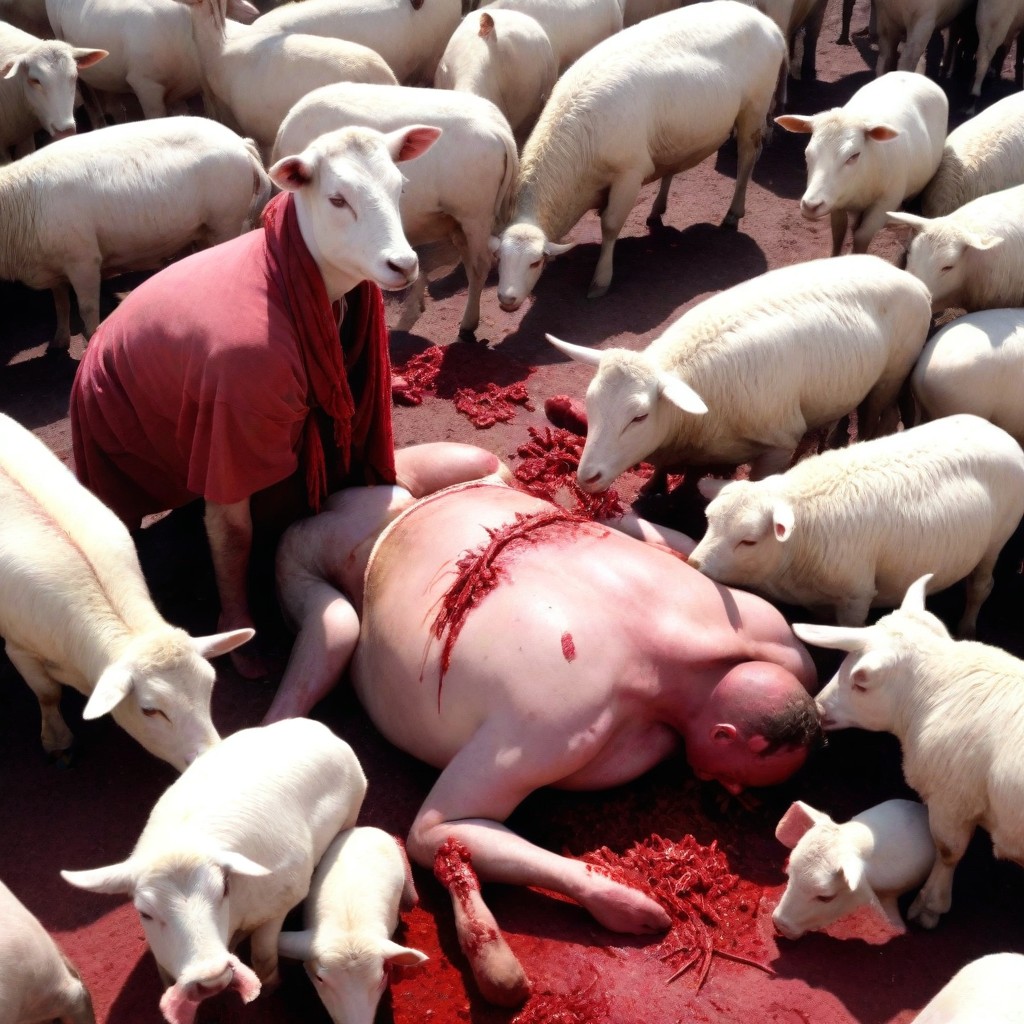

The barbaric practice of animal sacrifice for dark rituals and superstitions is a stain on our collective conscience, a betrayal of our duty to protect and cherish all living beings. Every life is precious, and no creature should be subjected to such senseless cruelty in the name of tradition or belief.
It is incumbent upon us to speak out against this abhorrent practice, to advocate for laws that prohibit the mistreatment of animals, and to promote compassion and empathy towards all living creatures.
8. Providing Nutritious Food for Street Animals
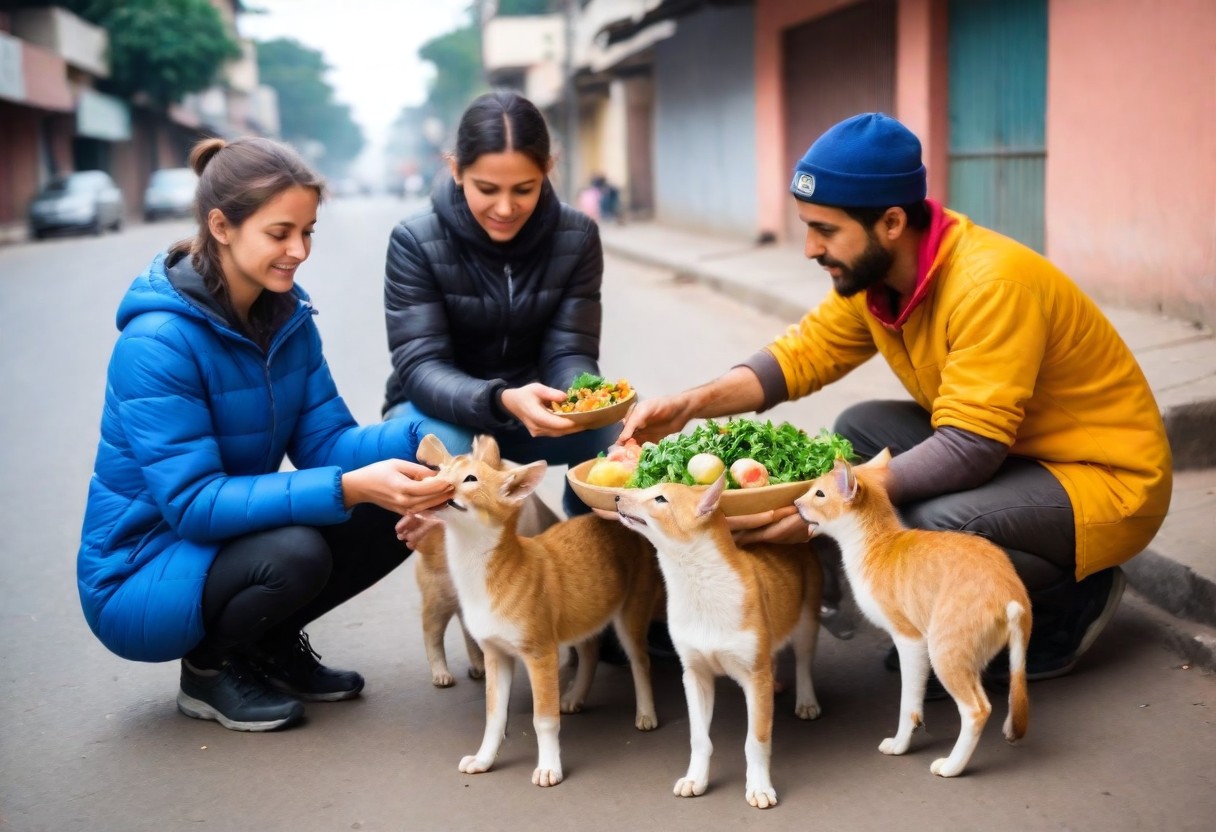
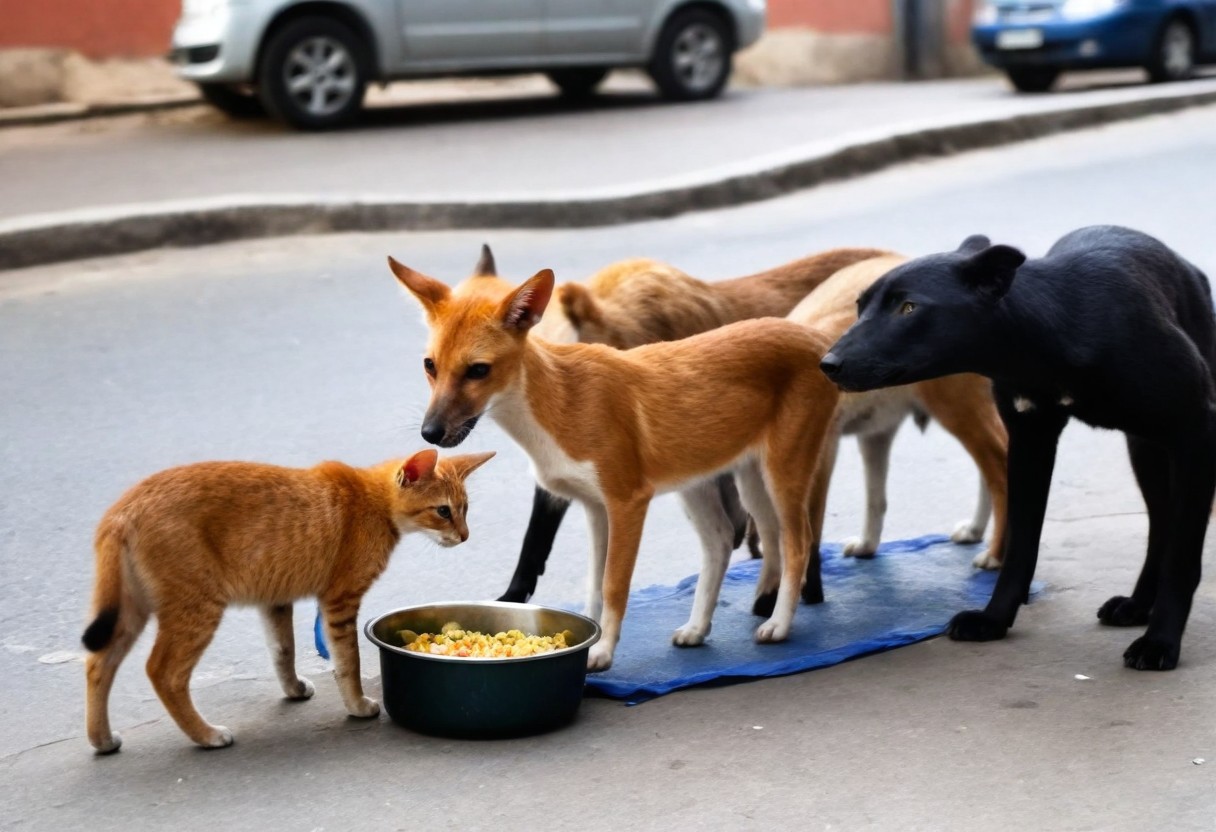
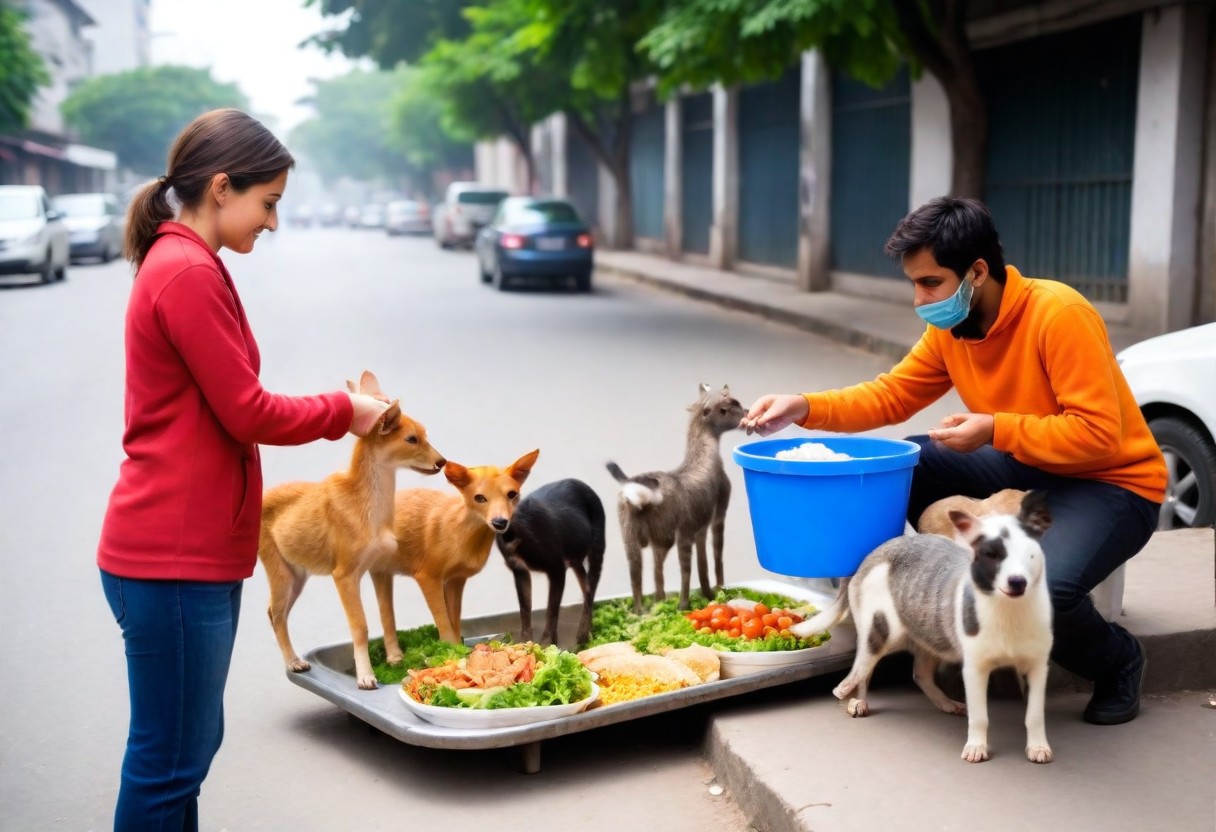
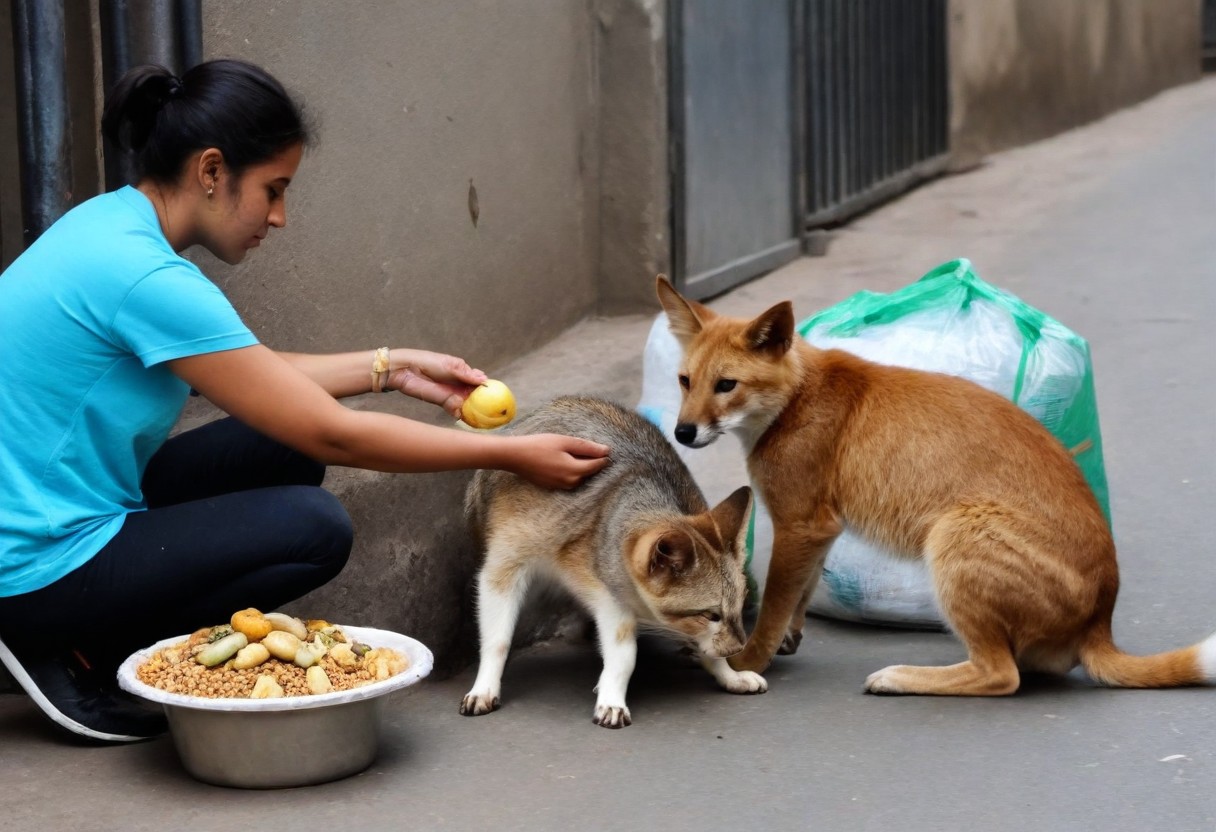
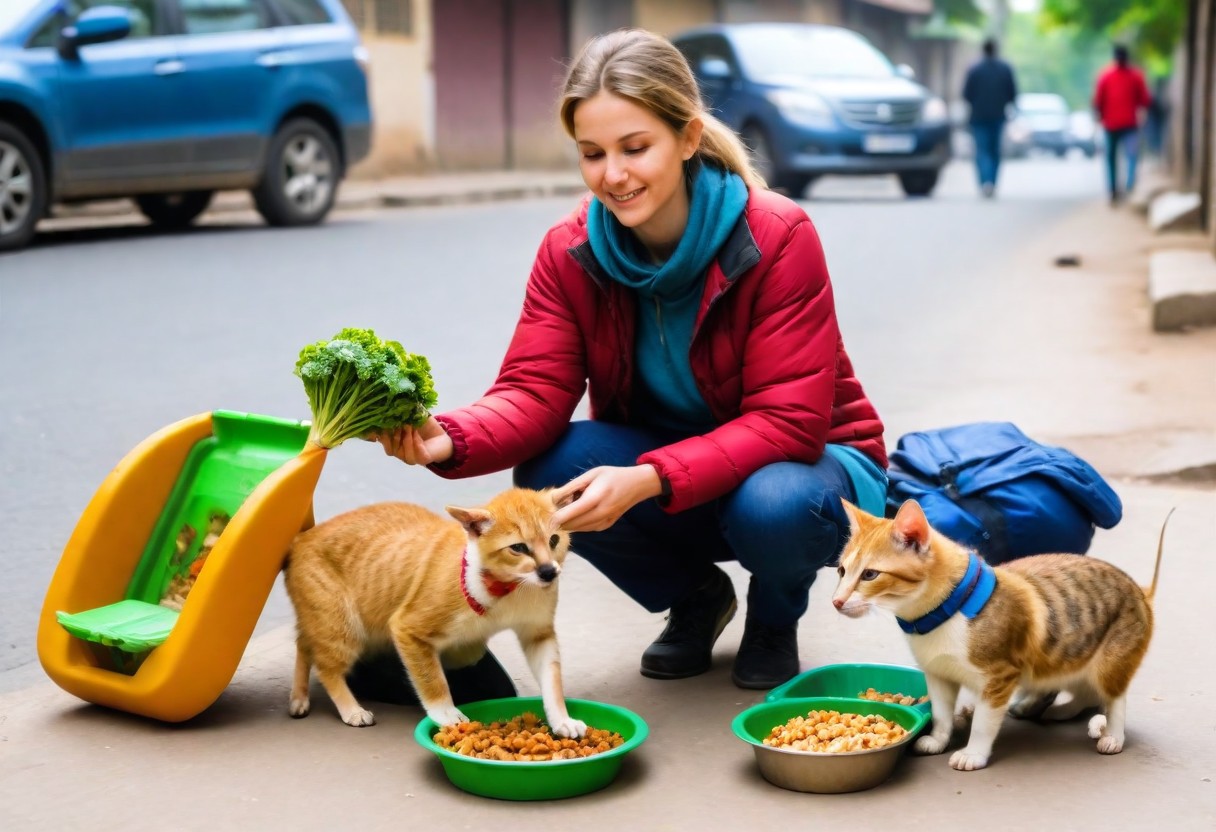
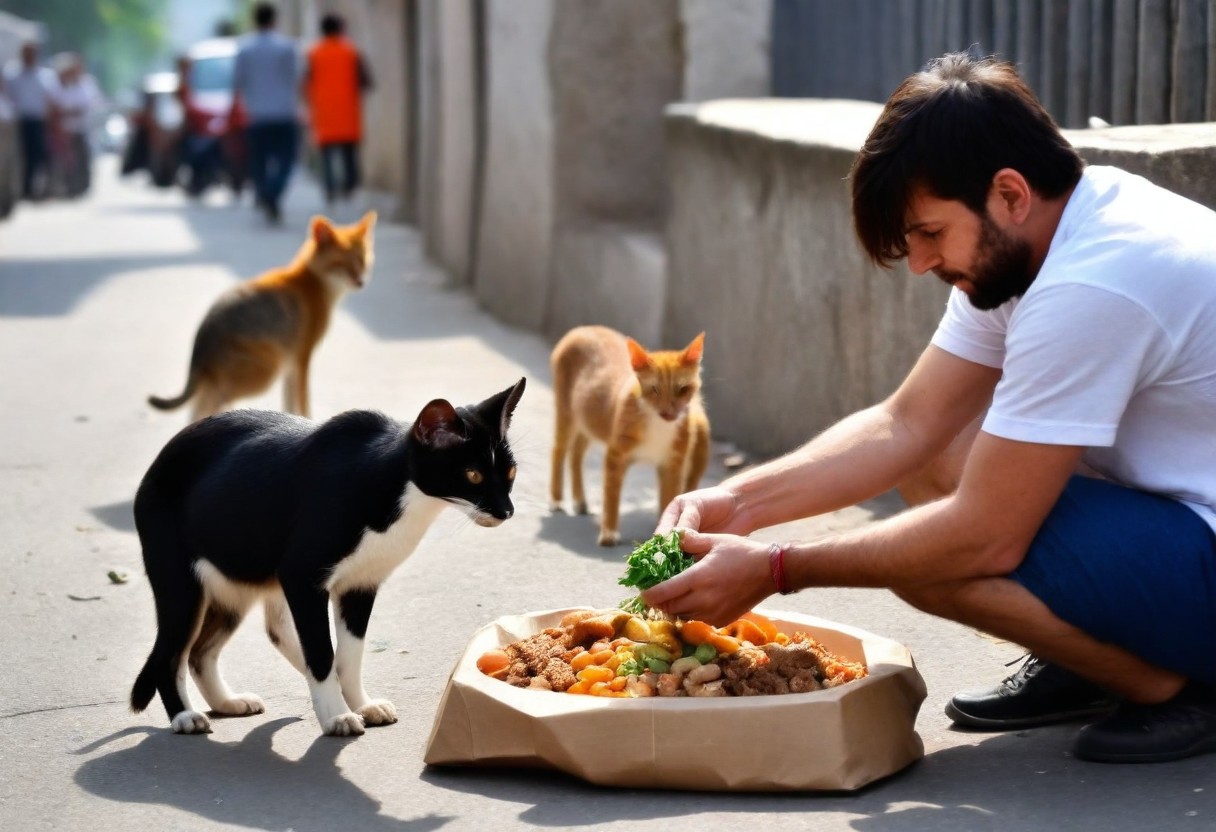
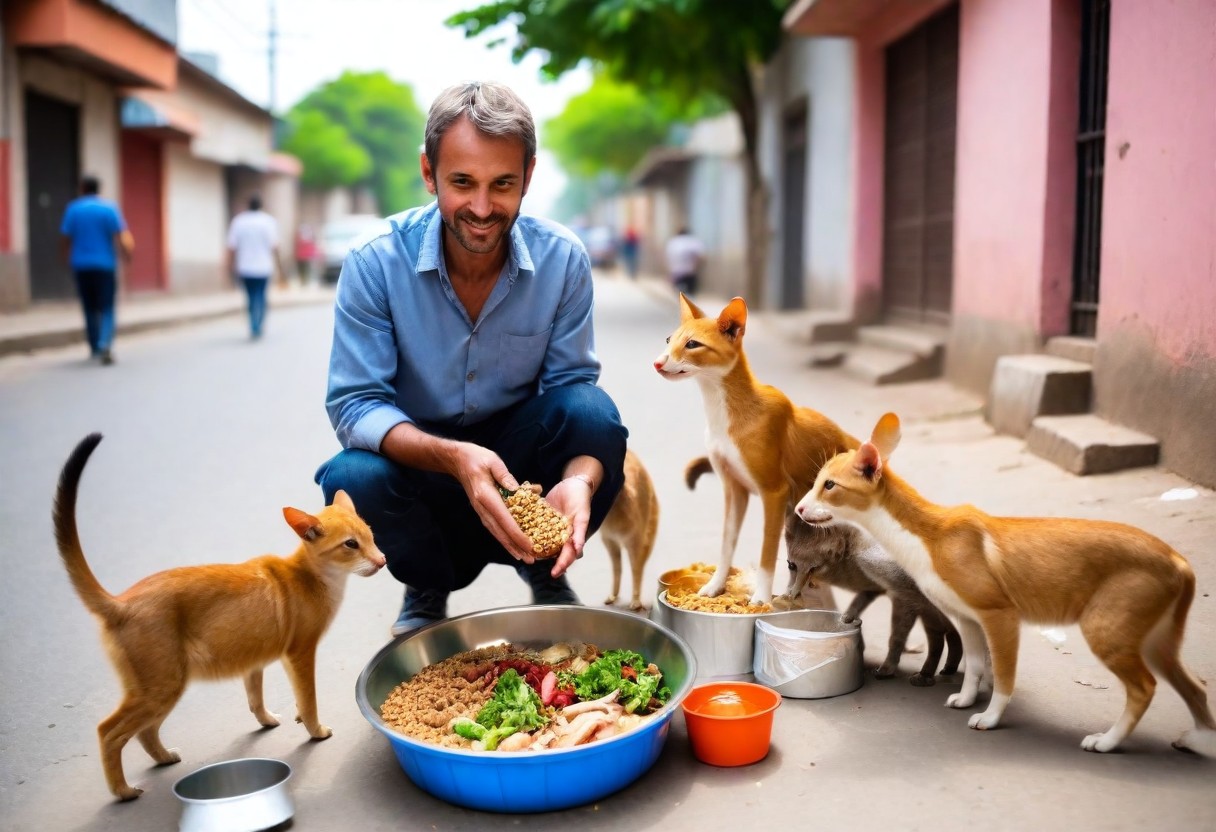
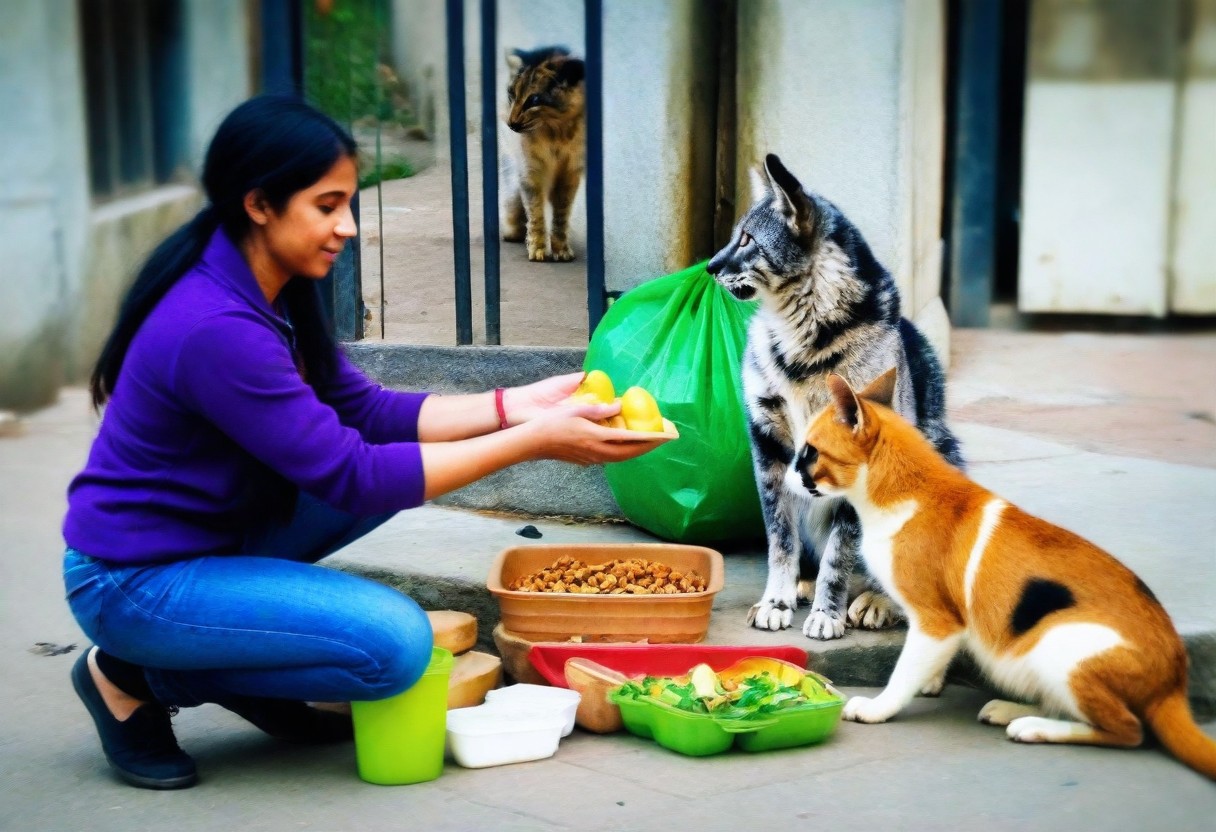
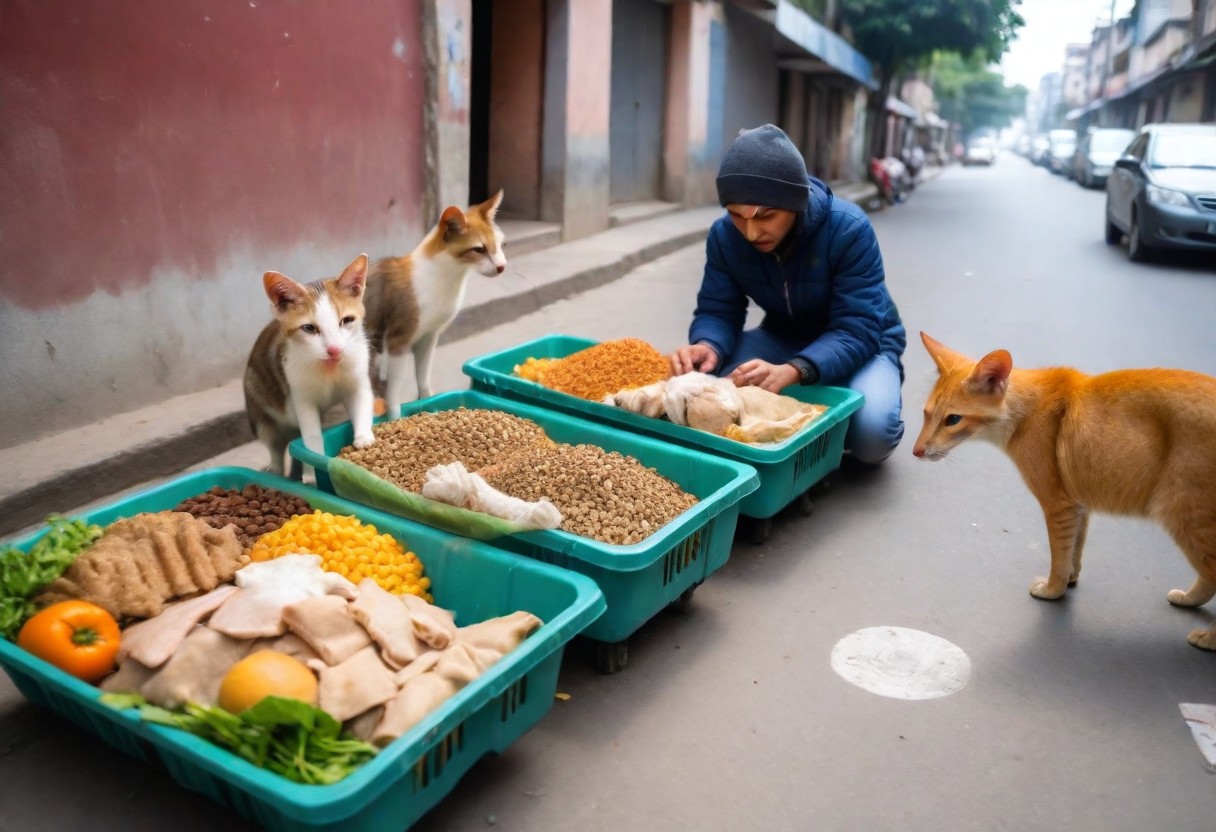
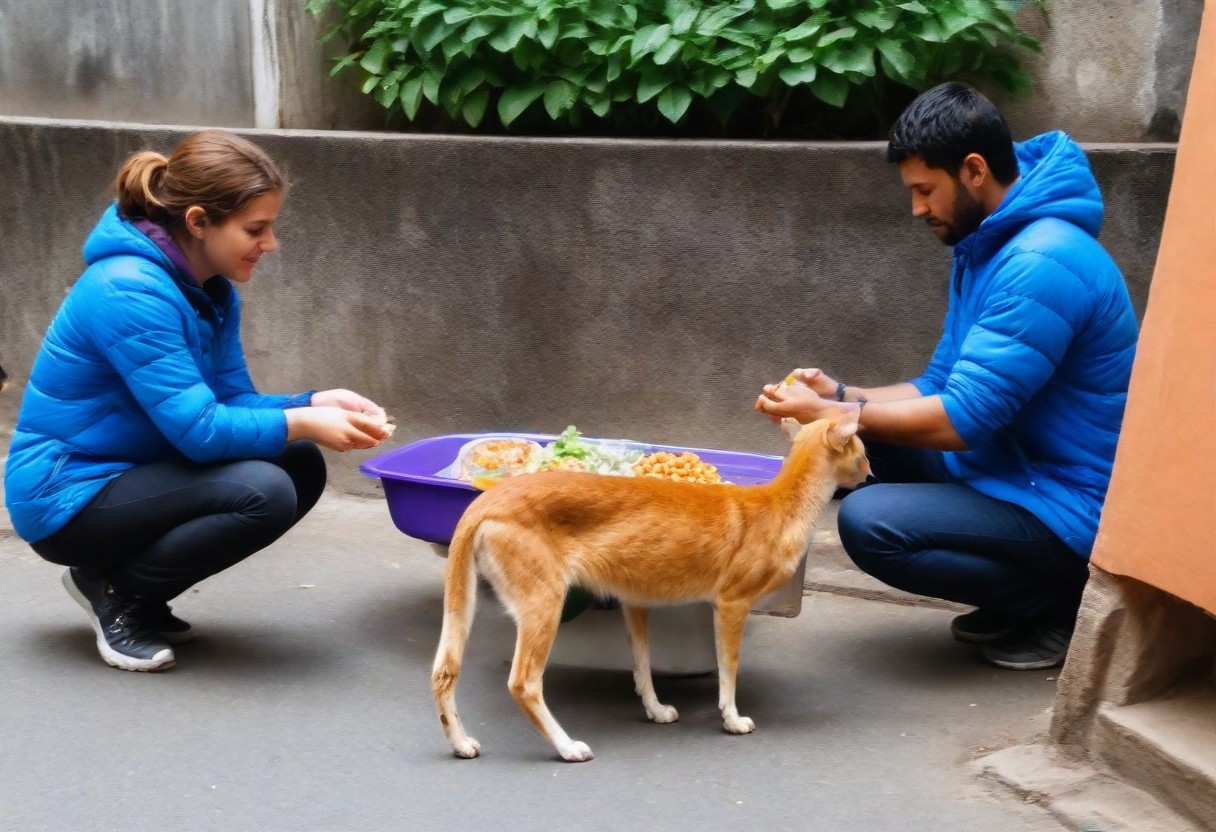

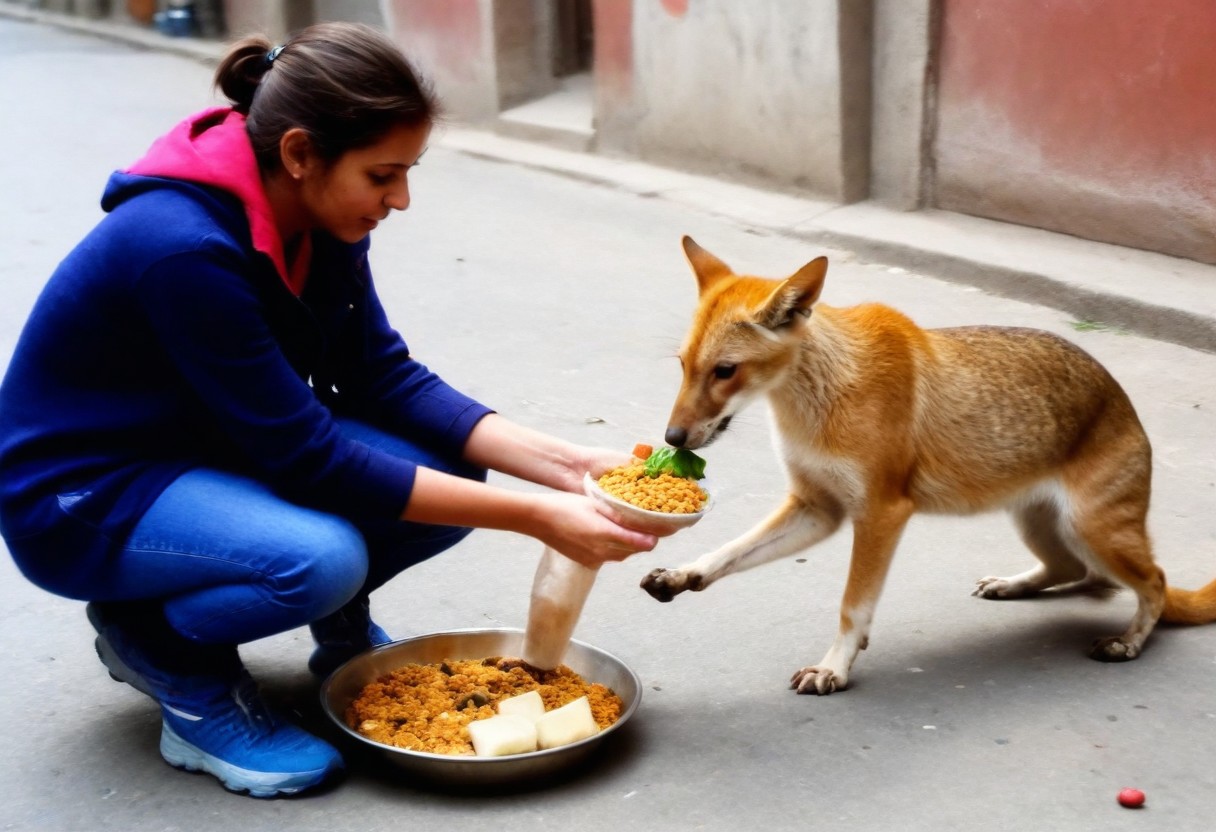
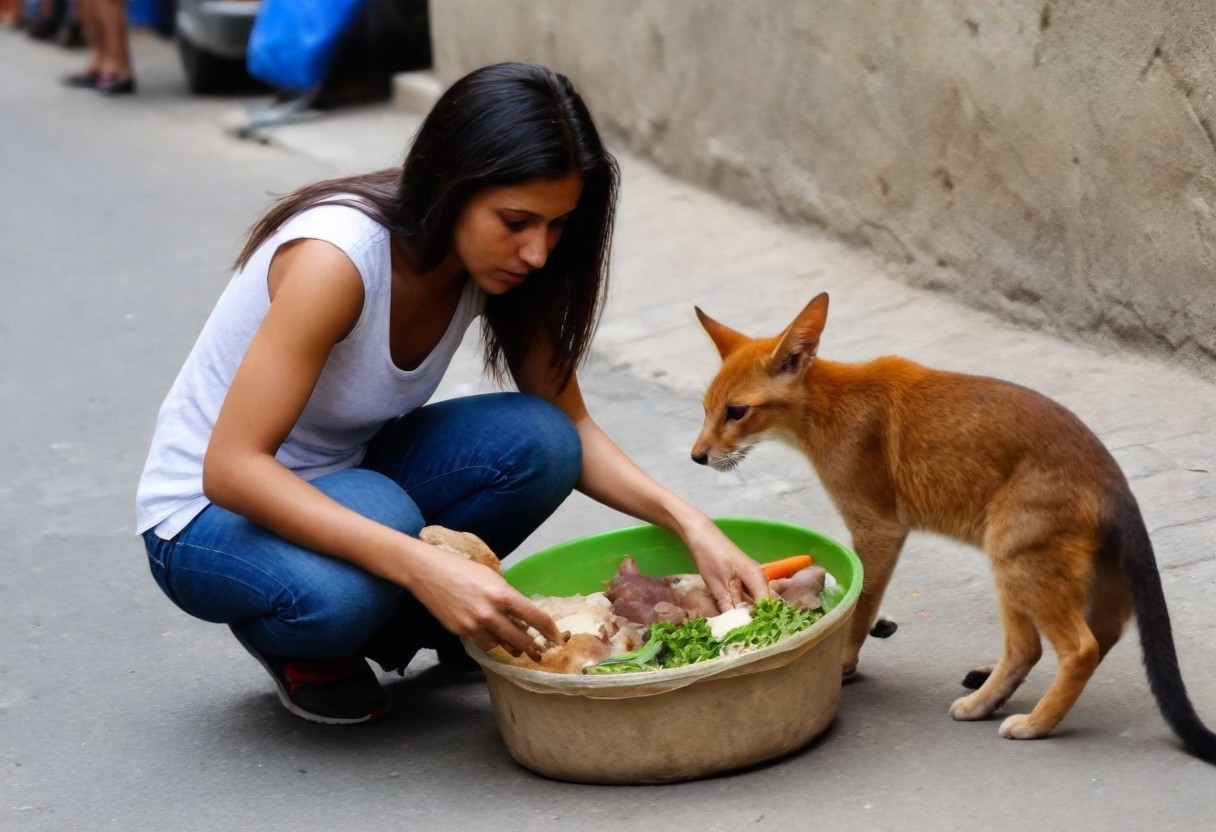
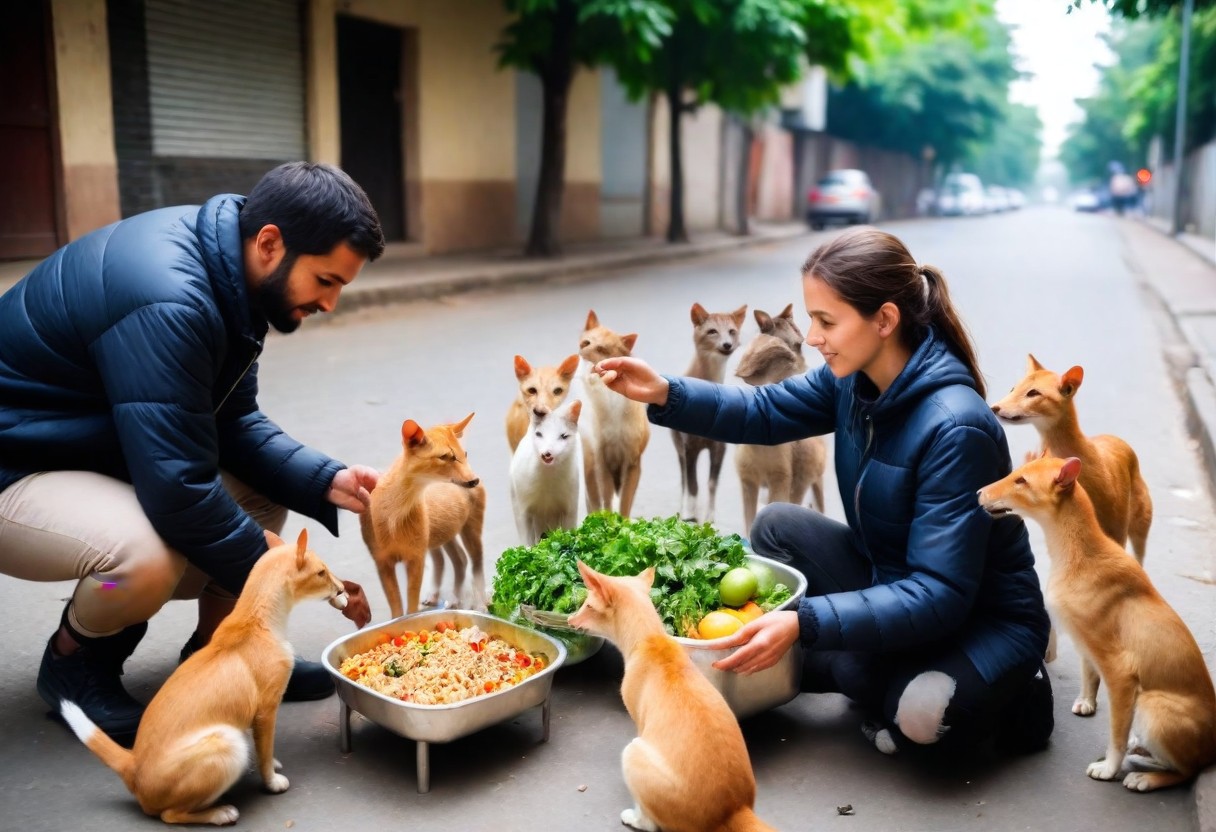
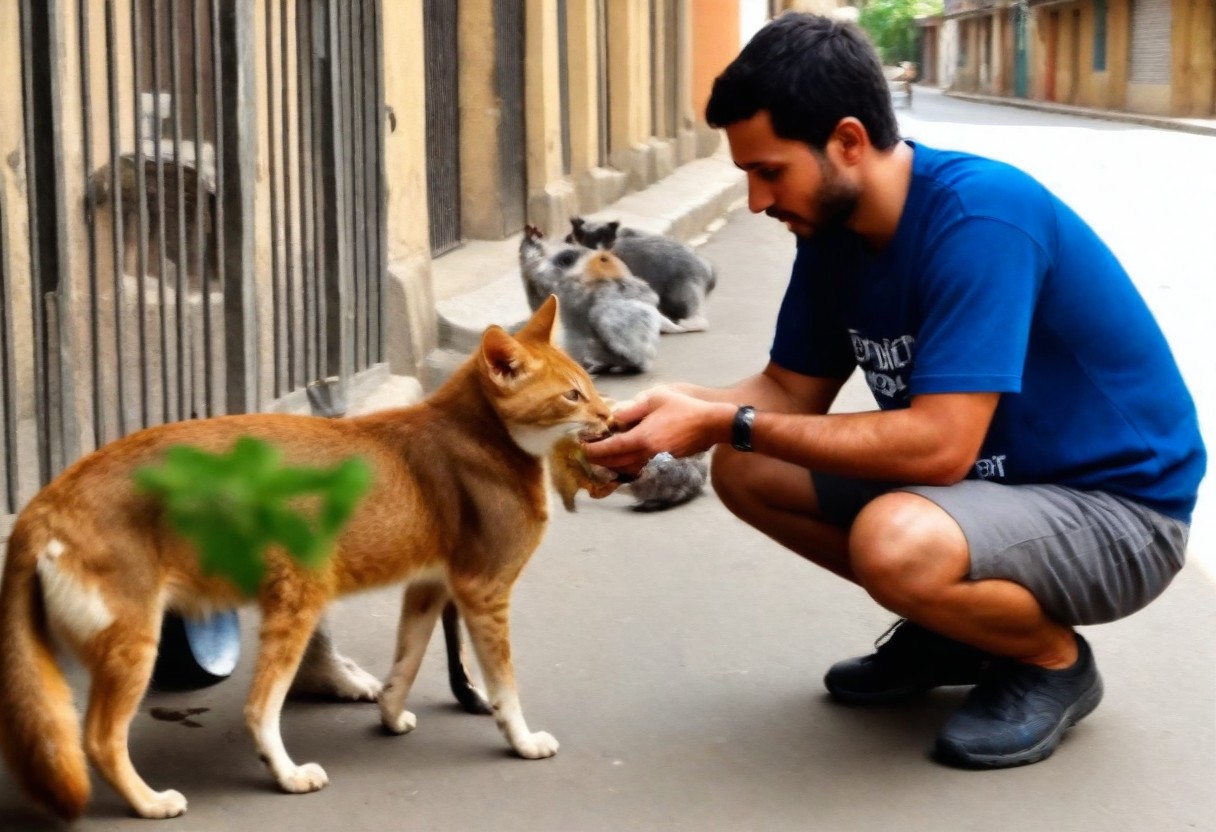
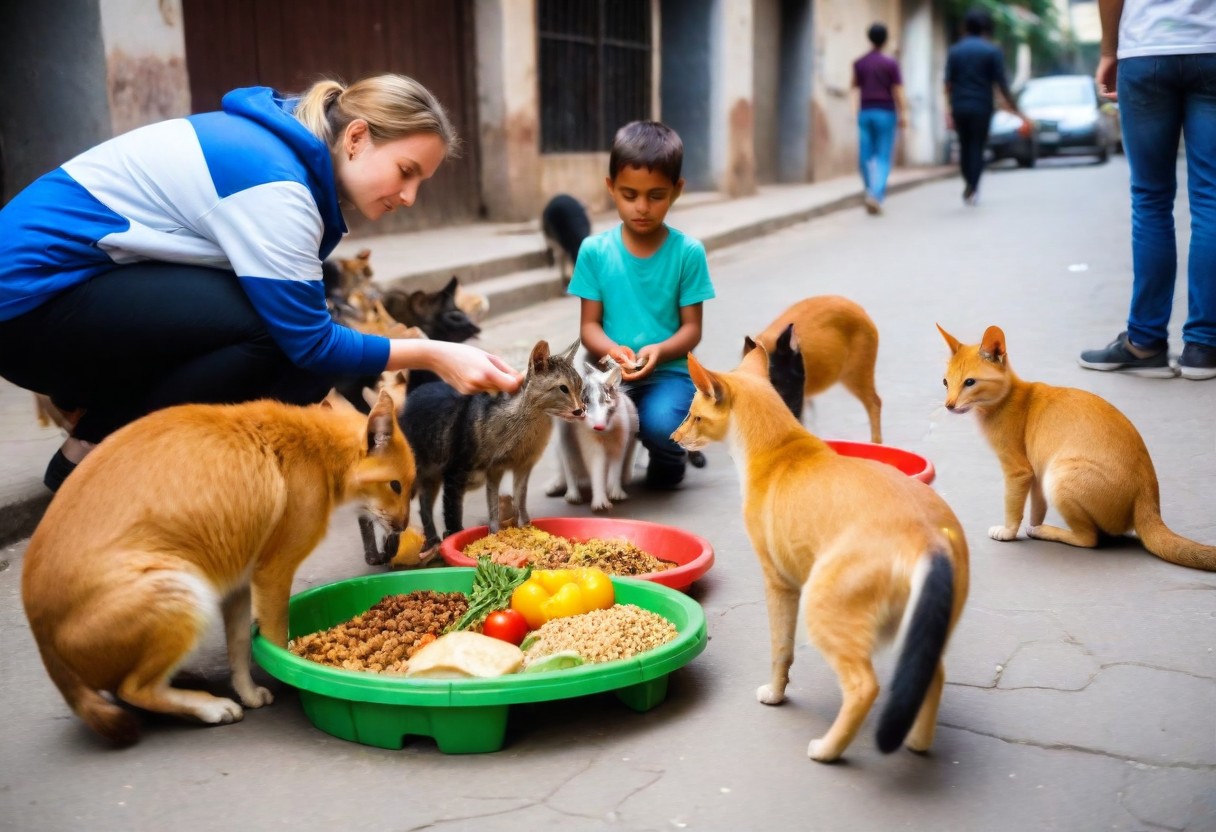
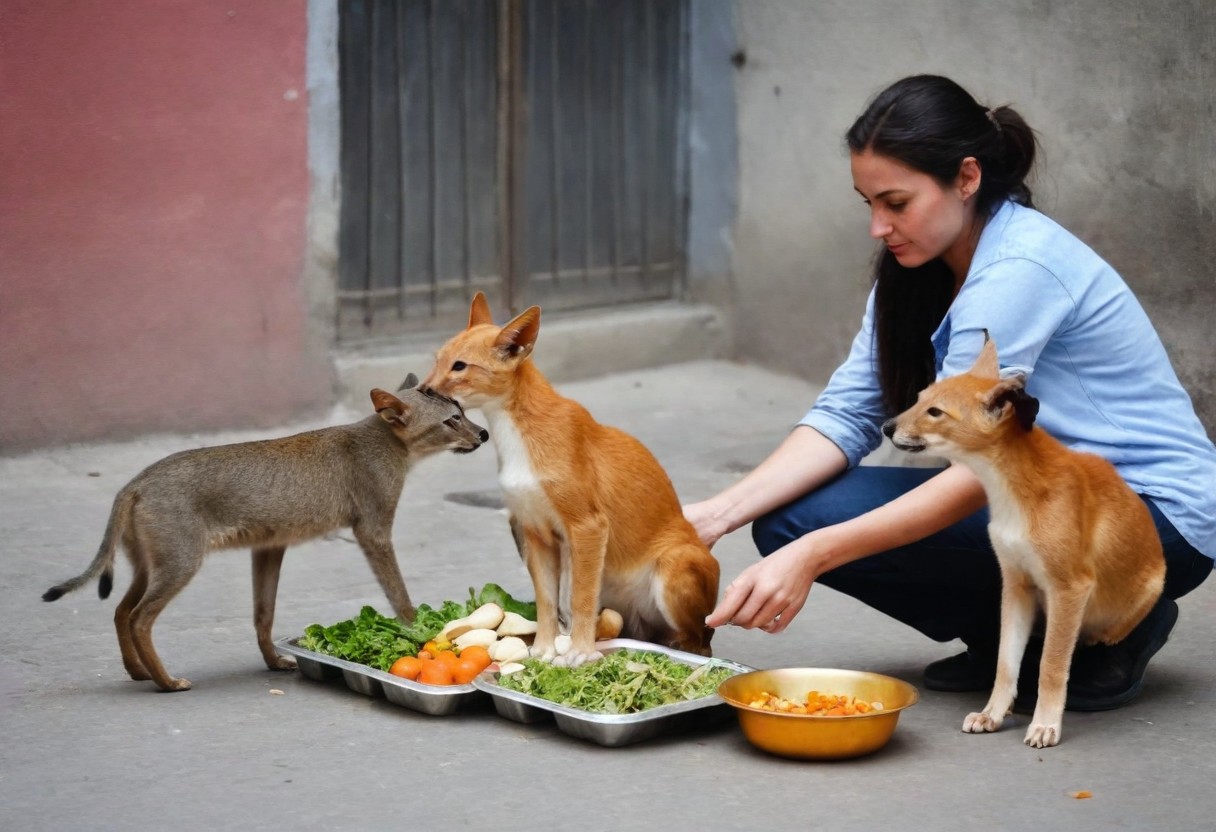
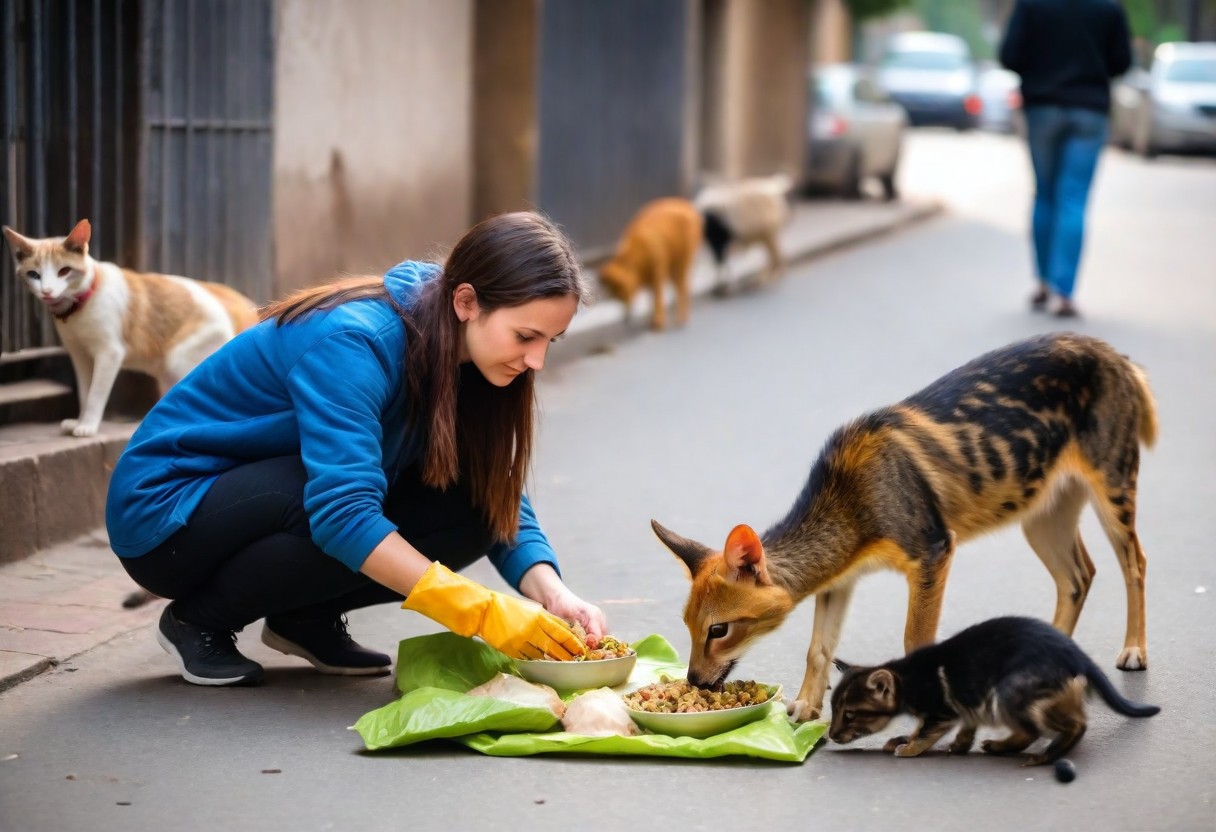
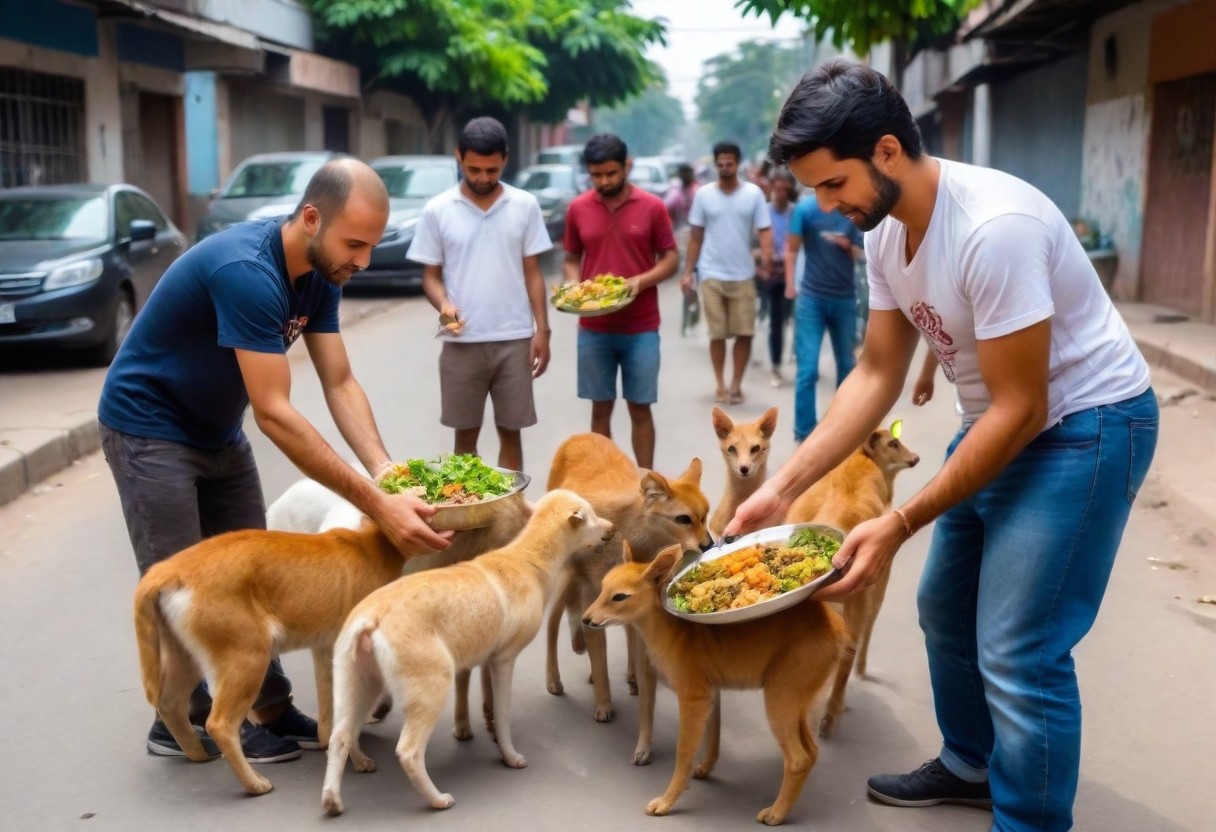
Every living being deserves to nourish their body with wholesome, nutritious food, yet for many stray animals, this basic need remains out of reach. Instead, they scavenge for scraps, their bodies weakened by hunger and disease.
As compassionate beings, it is our duty to provide these animals with the sustenance they need to thrive. Whether through community feeding programs or individual acts of kindness, we can make a difference in the lives of these forgotten souls.
9. The Devastating Impact of Deforestation
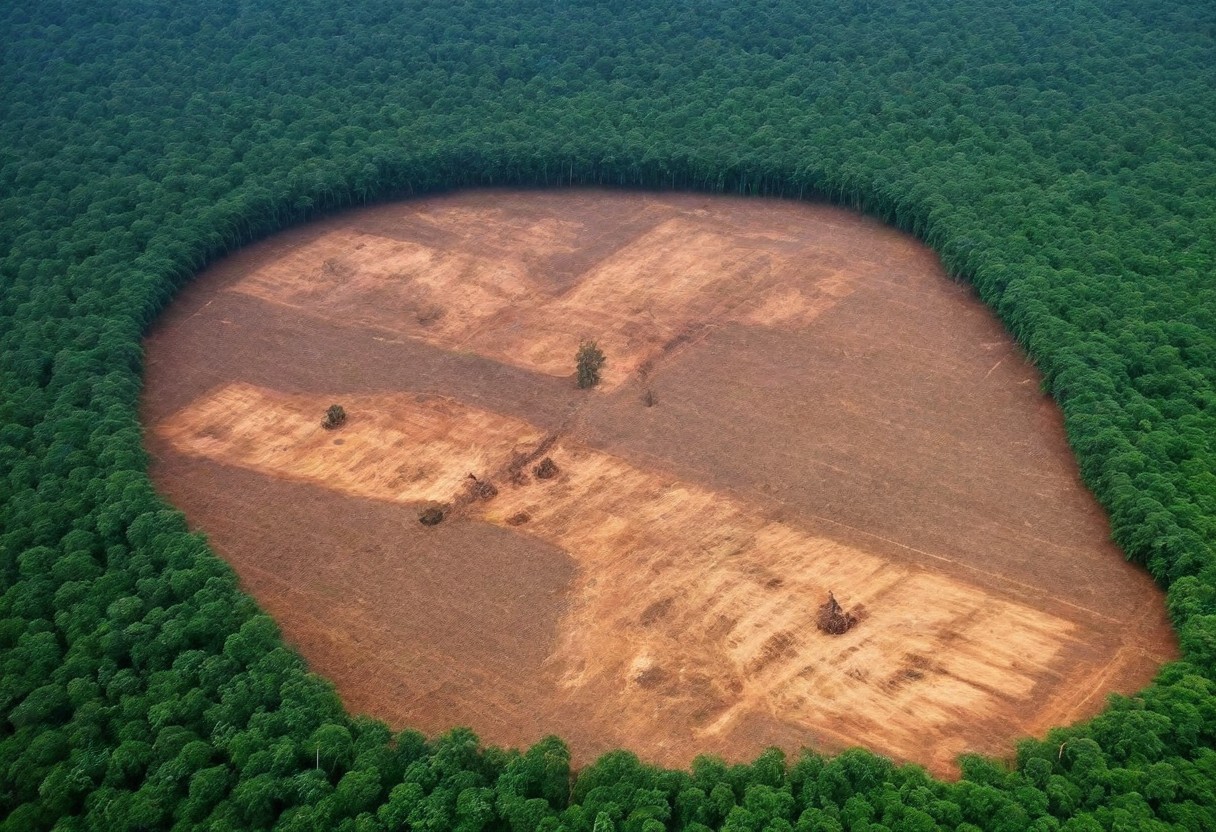
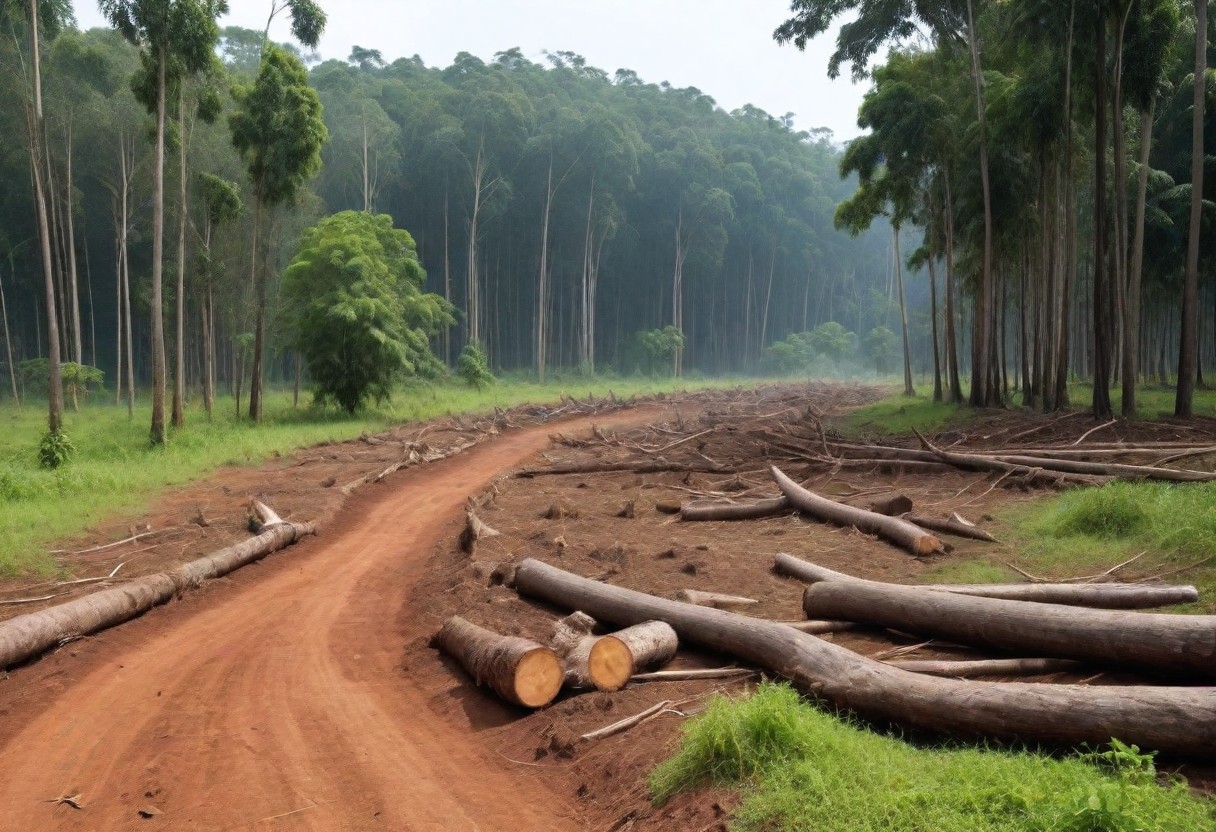
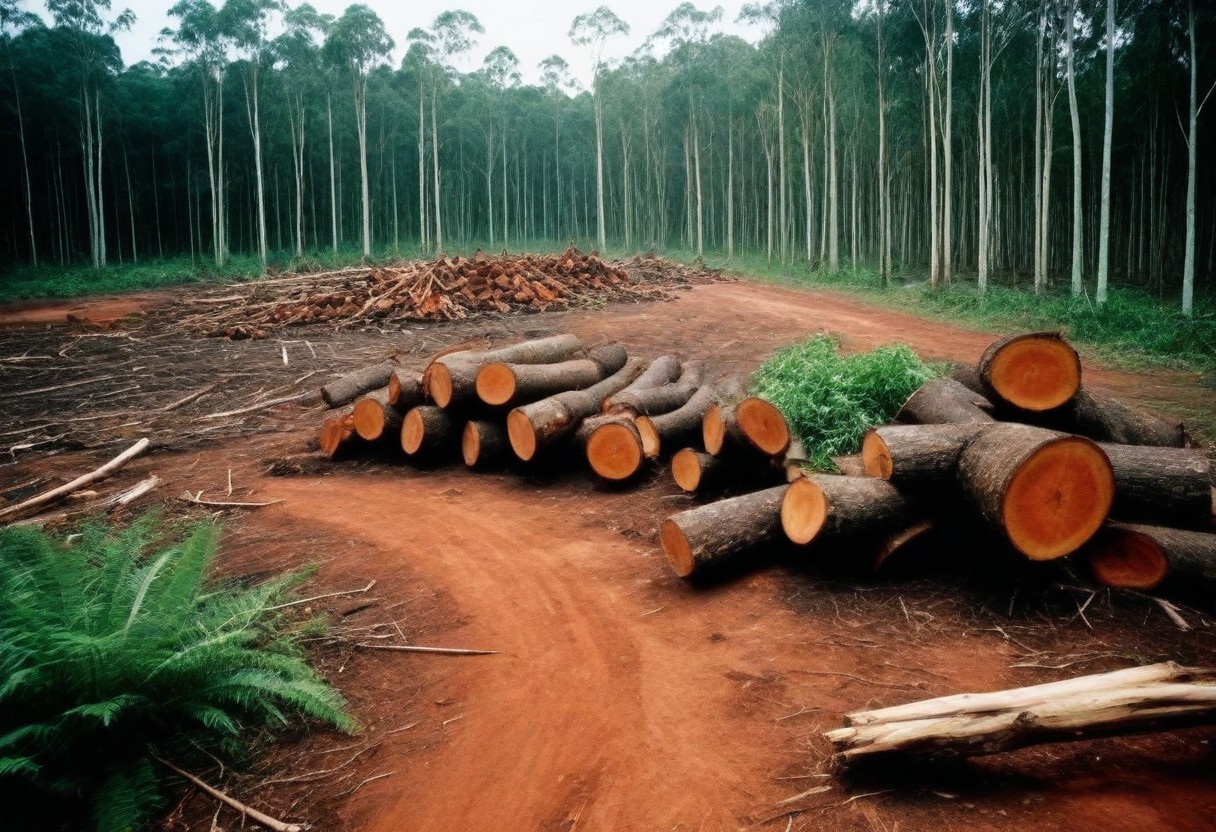
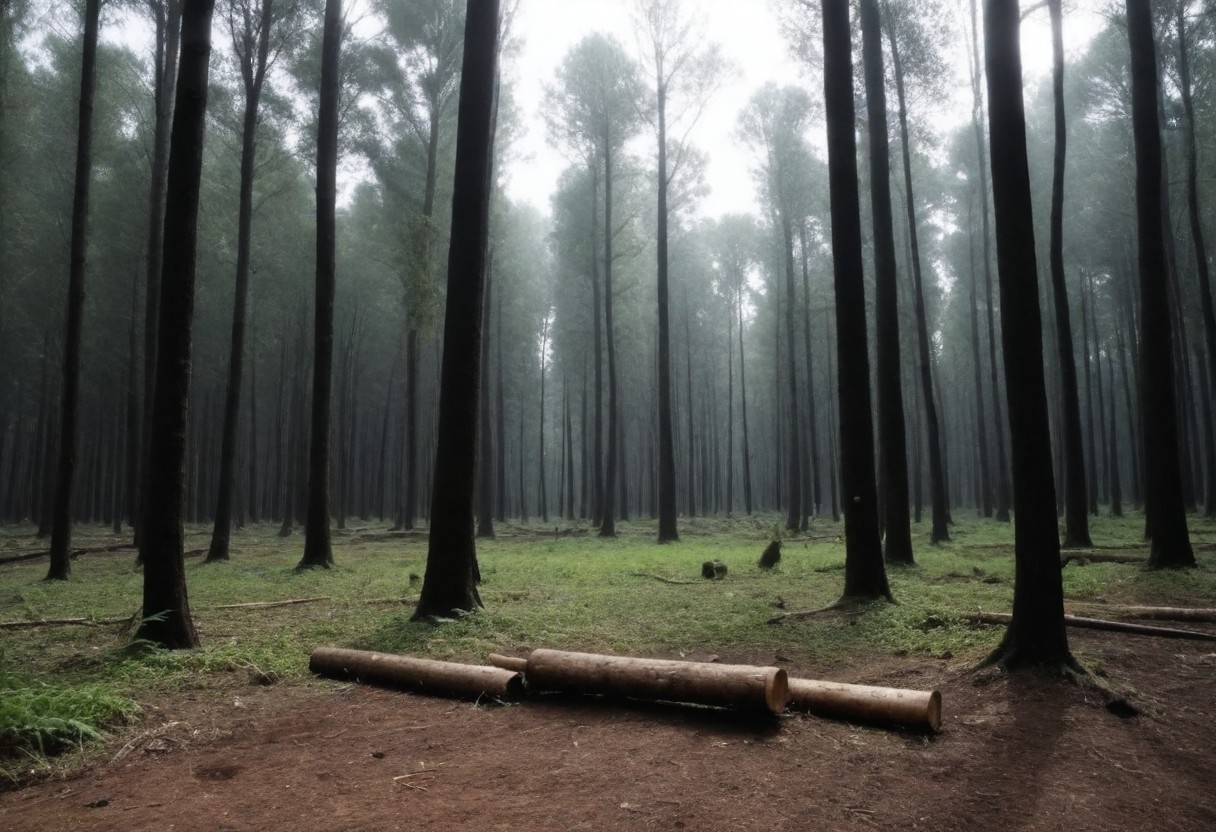
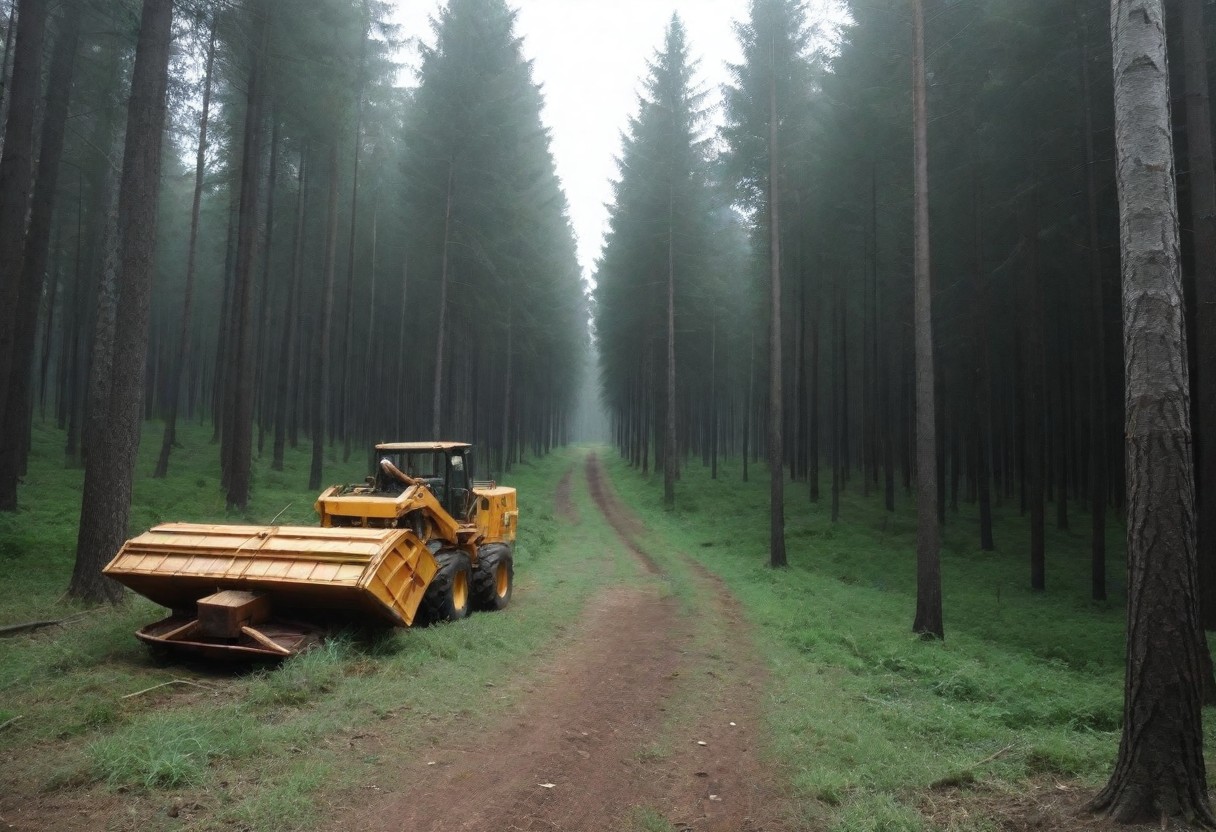
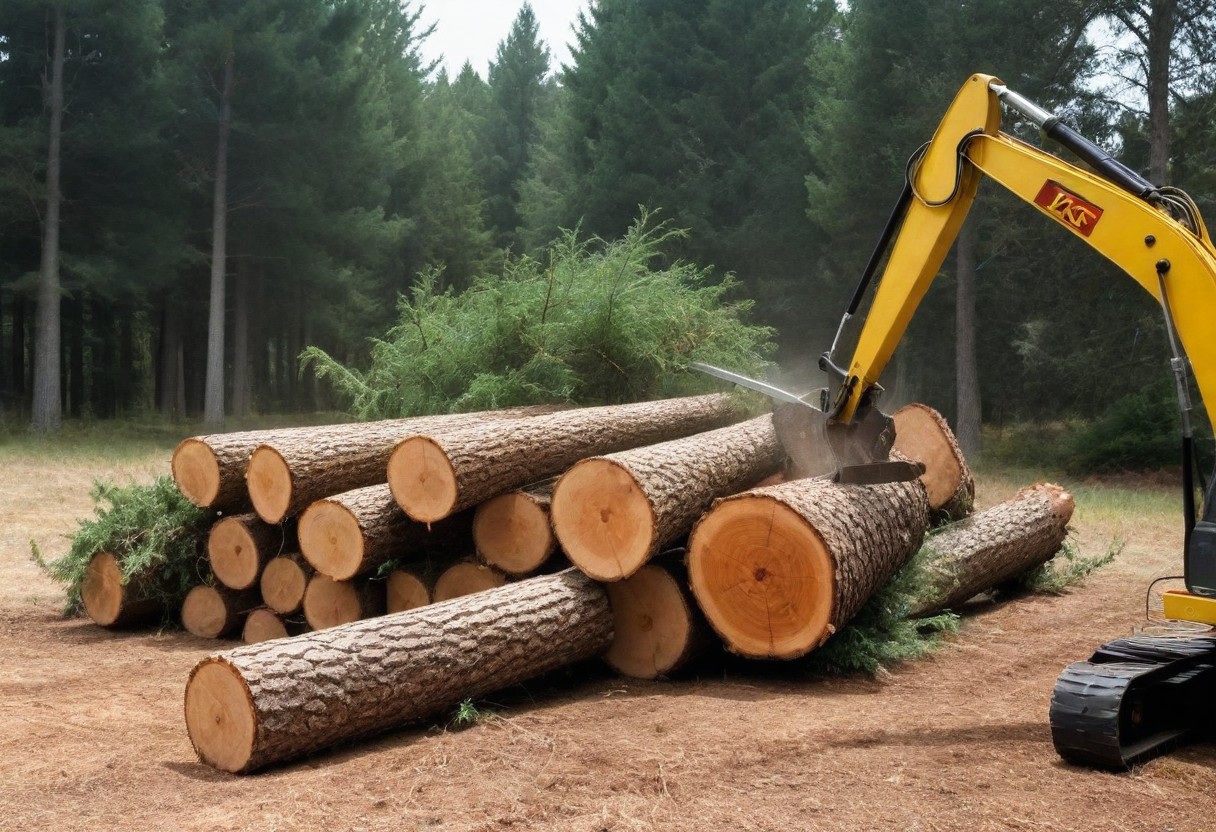
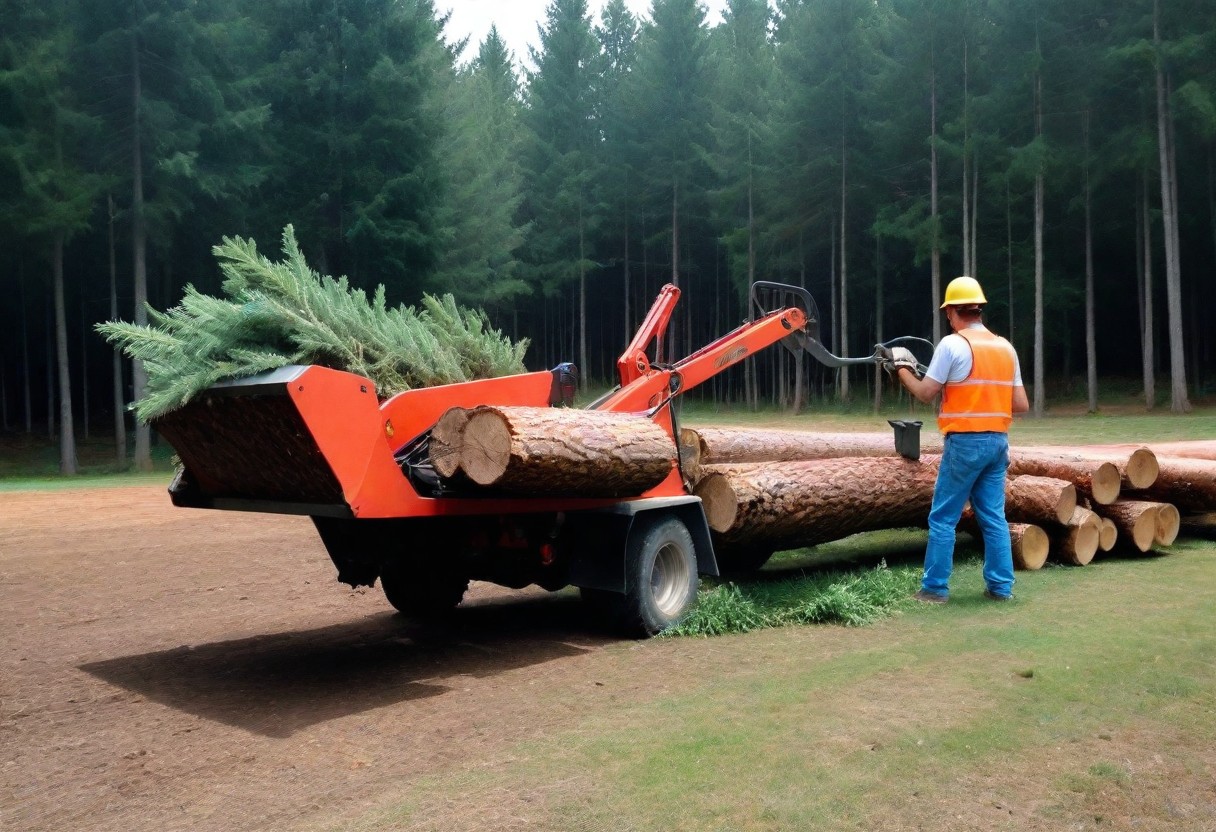
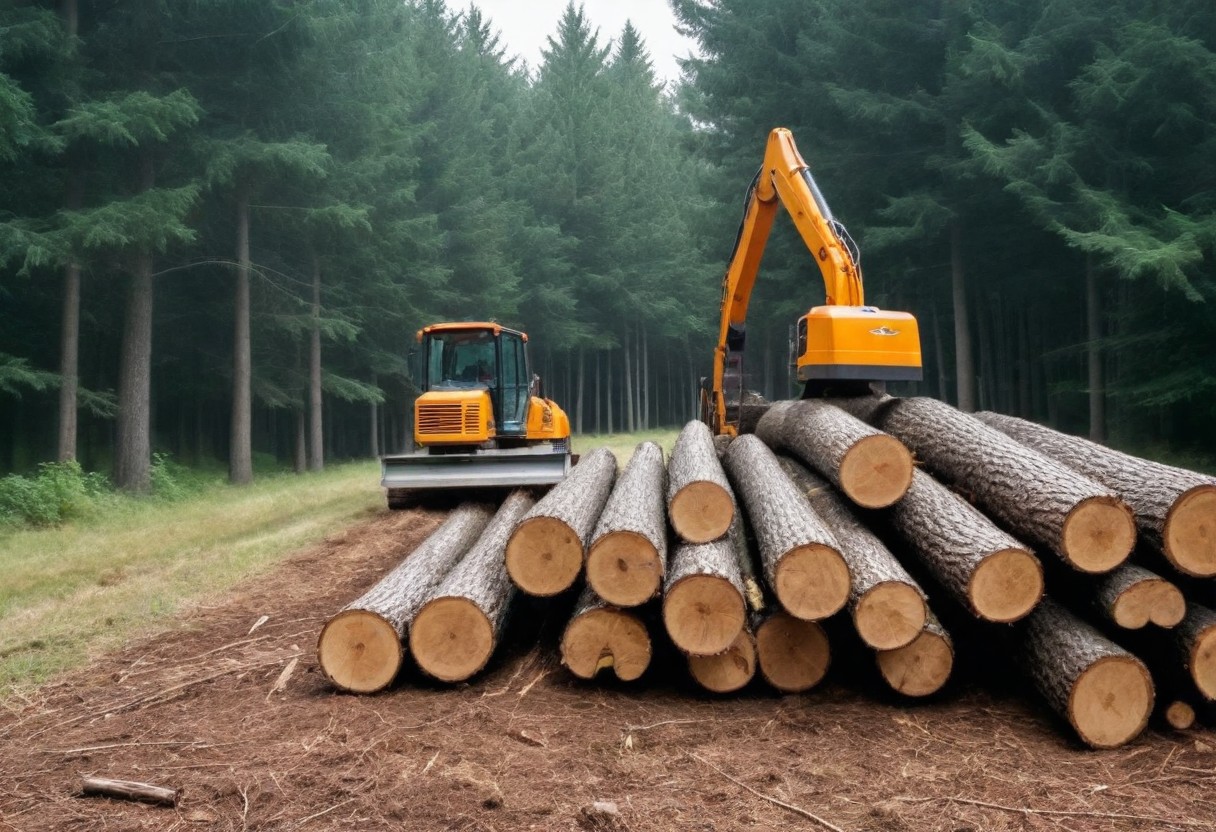
The lush forests that once blanketed the earth are disappearing at an alarming rate, lost to the insatiable demands of human greed and exploitation. With each tree that falls, a cascade of destruction is unleashed, robbing countless plant and animal species of their homes and habitats.
To stem the tide of deforestation, we must prioritize forest conservation and restoration efforts, enact policies that protect endangered ecosystems, and support sustainable forestry practices. Only by safeguarding our forests can we hope to preserve the rich tapestry of life that depends upon them
10. Embracing Hope: A Call to Action







As we stand at the crossroads of history, the path forward may seem daunting, but it is not insurmountable. In the face of adversity, we must draw upon the wellspring of hope that resides within each of us, igniting the flames of change and transformation.
Let us be inspired by the courage of those who have come before us, the visionaries and trailblazers who dared to dream of a better world and took action to make it a reality. From the grassroots activists organizing for environmental justice to the scientists tirelessly researching solutions to climate change, their tireless efforts serve as a beacon of hope in an uncertain world.
But hope alone is not enough; Along with this, action should also be taken. Each one of us has a role to play in safeguarding our environment and protecting our precious ecosystems. Whether it’s reducing our carbon footprint, volunteering for local conservation efforts, or advocating for policy change, every action, no matter how small, makes a difference.
Let us also cultivate a deep sense of reverence and respect for the natural world, recognizing that we are but one thread in the intricate tapestry of life. As we marvel at the beauty of a sunrise or the majesty of a towering forest, let us pledge to be worthy stewards of this precious planet, preserving its wonders for future generations to enjoy.
In the words of environmentalist and author Rachel Carson, “The more clearly we can focus our attention on the wonders and realities of the universe about us, the less taste we shall have for destruction.” Let us heed her wisdom and strive to live in harmony with the earth, cherishing its bounty and protecting its fragile ecosystems.
11. A Vision for the Future

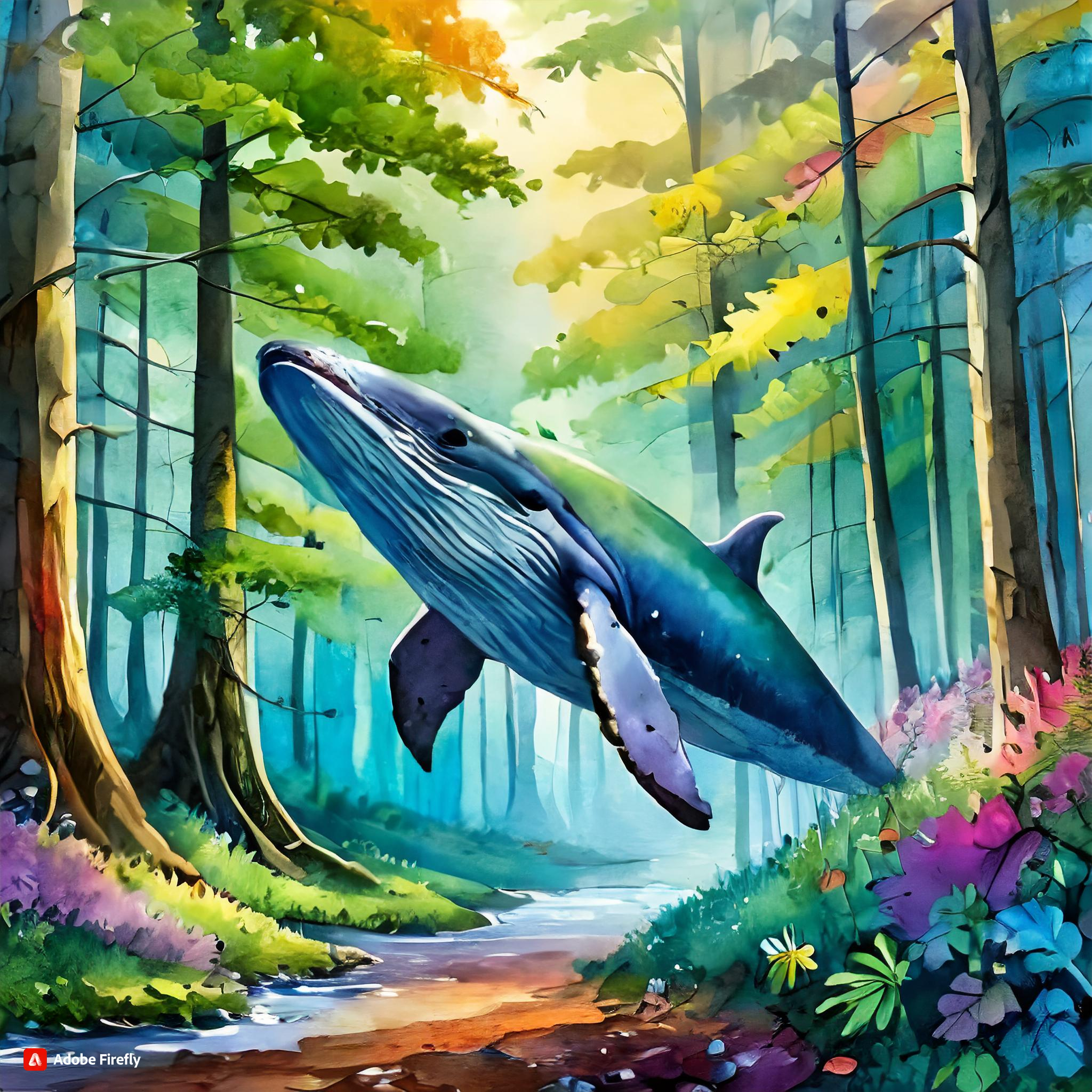
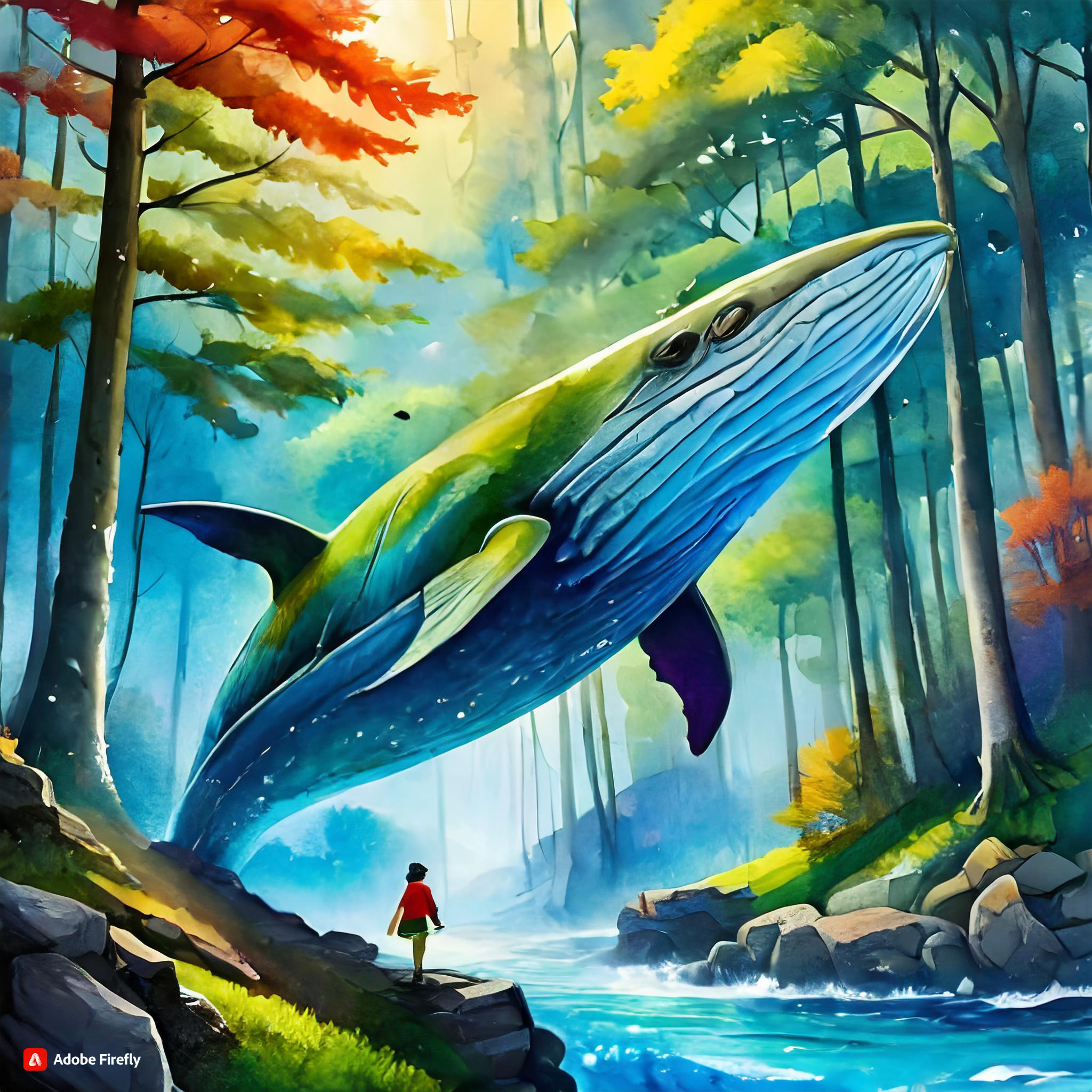
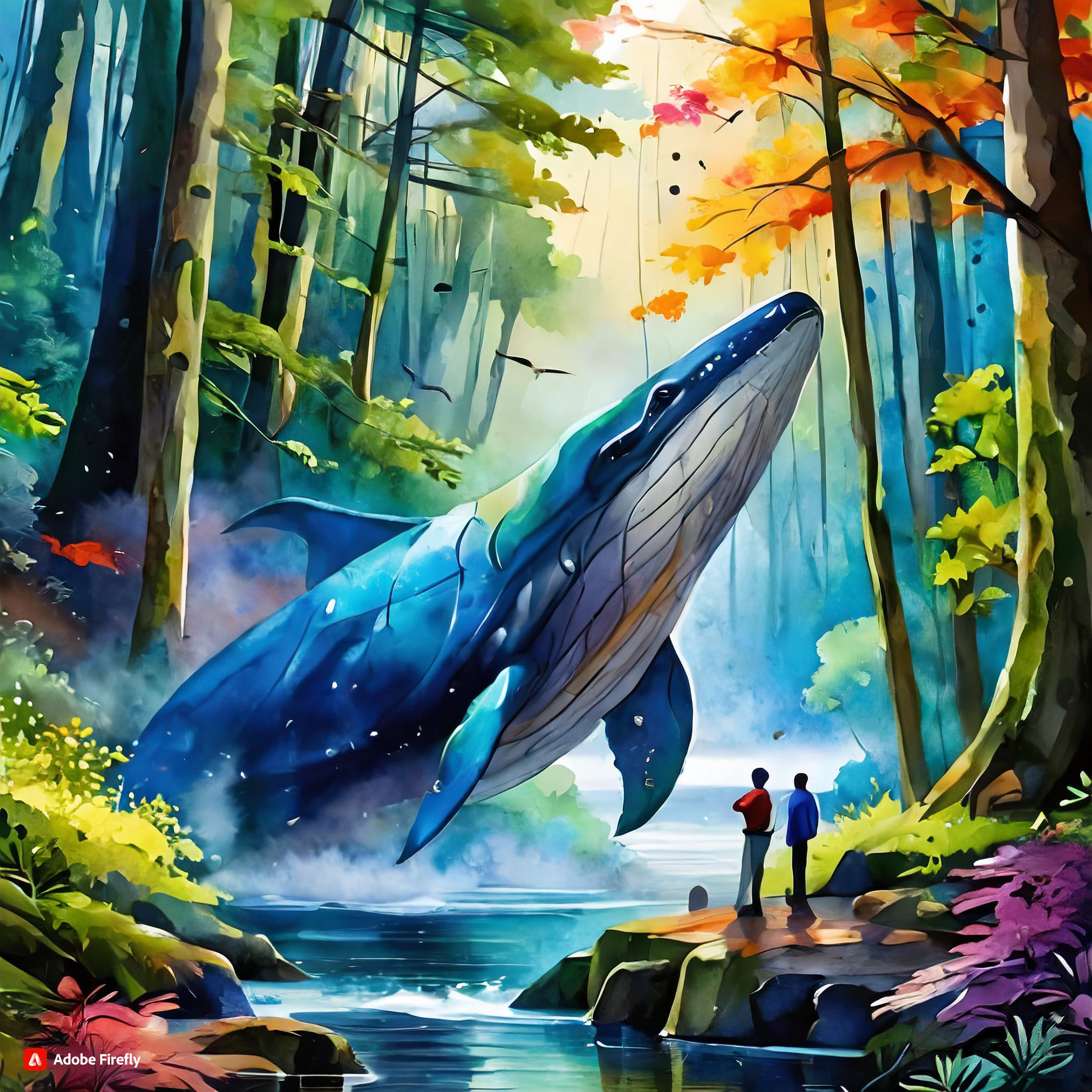
In closing, let us dare to imagine a future where the air is clean, the waters pure, and the forests teeming with life. A future where every living being, from the smallest insect to the mightiest whale, is treated with compassion and respect. A future where humanity has learned to live in harmony with the natural world, recognizing that our fates are intertwined.
This vision may seem distant, but it is within our grasp if only we have the courage to reach for it. Let us join hands, united in our commitment to protect and preserve our environment and ecosystem for generations to come.
Together, we can create a world where the beauty of nature is celebrated, where every species has a place to thrive, and where the bonds of love and compassion extend to all living beings. This is our legacy, our gift to the future—a world of wonder, abundance, and harmony.
Let us rise to the challenge, for the sake of our planet and all who call it home. The time for action is now.
12. Overcoming Adversity: Stories of Resilience
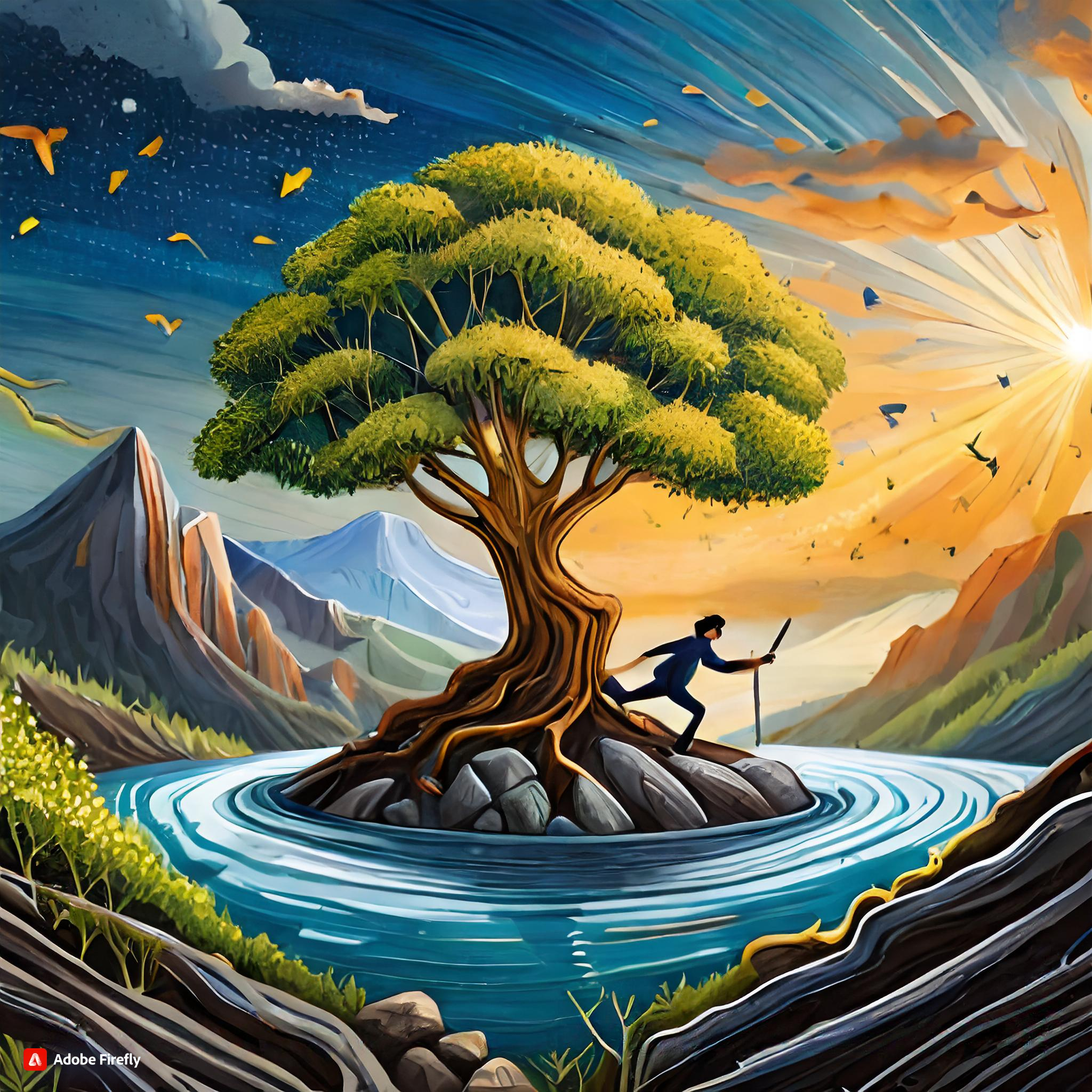
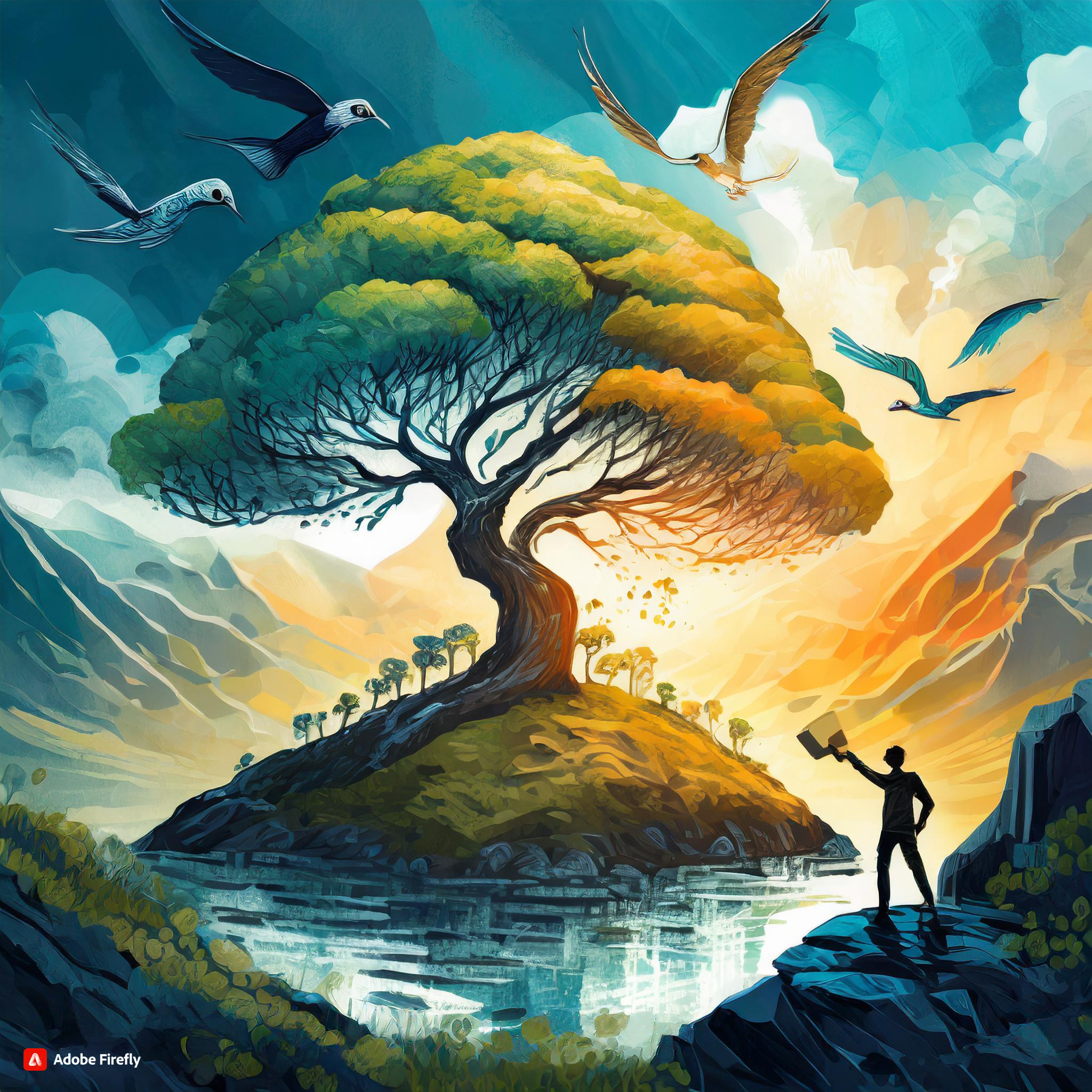


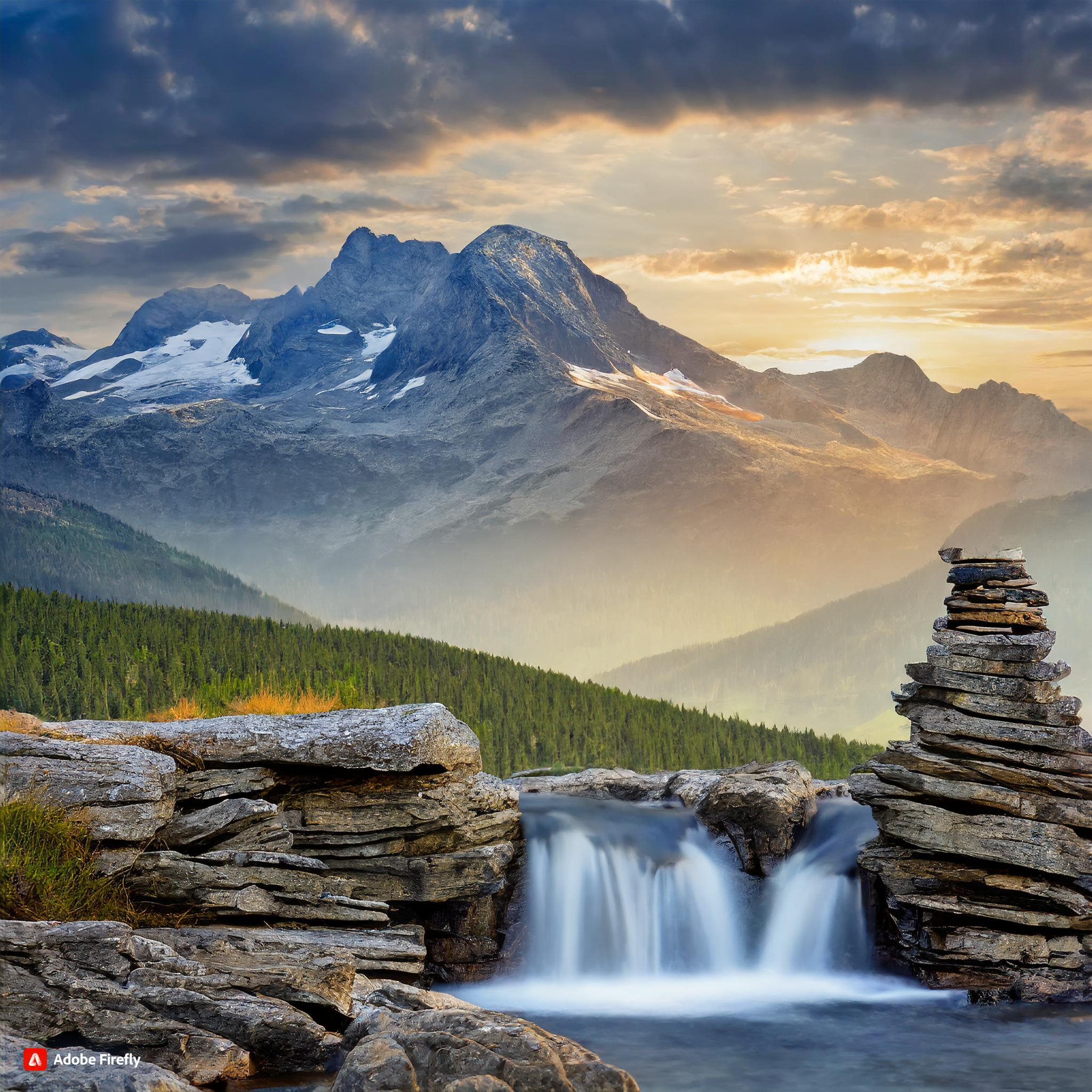
In the face of seemingly insurmountable challenges, there are stories of resilience that inspire us to persevere. Take, for instance, the tale of the loggerhead sea turtle, struggling to survive amidst the plastic-laden shores of our oceans. Despite the odds stacked against them, these magnificent creatures continue to return to the same beaches year after year, driven by an unyielding instinct to ensure the survival of their species.
Or consider the story of the wolf, once driven to the brink of extinction by human persecution. Through concerted conservation efforts, wolves have begun to reclaim their rightful place in the wild, reminding us of the power of redemption and second chances.
These stories serve as a testament to the indomitable spirit of life, capable of overcoming even the greatest of obstacles. They remind us that while the challenges we face may be daunting, they are not insurmountable. With determination and perseverance, we can chart a course towards a brighter future for all living beings.
13. The Power of Connection: Building Bridges Across Species
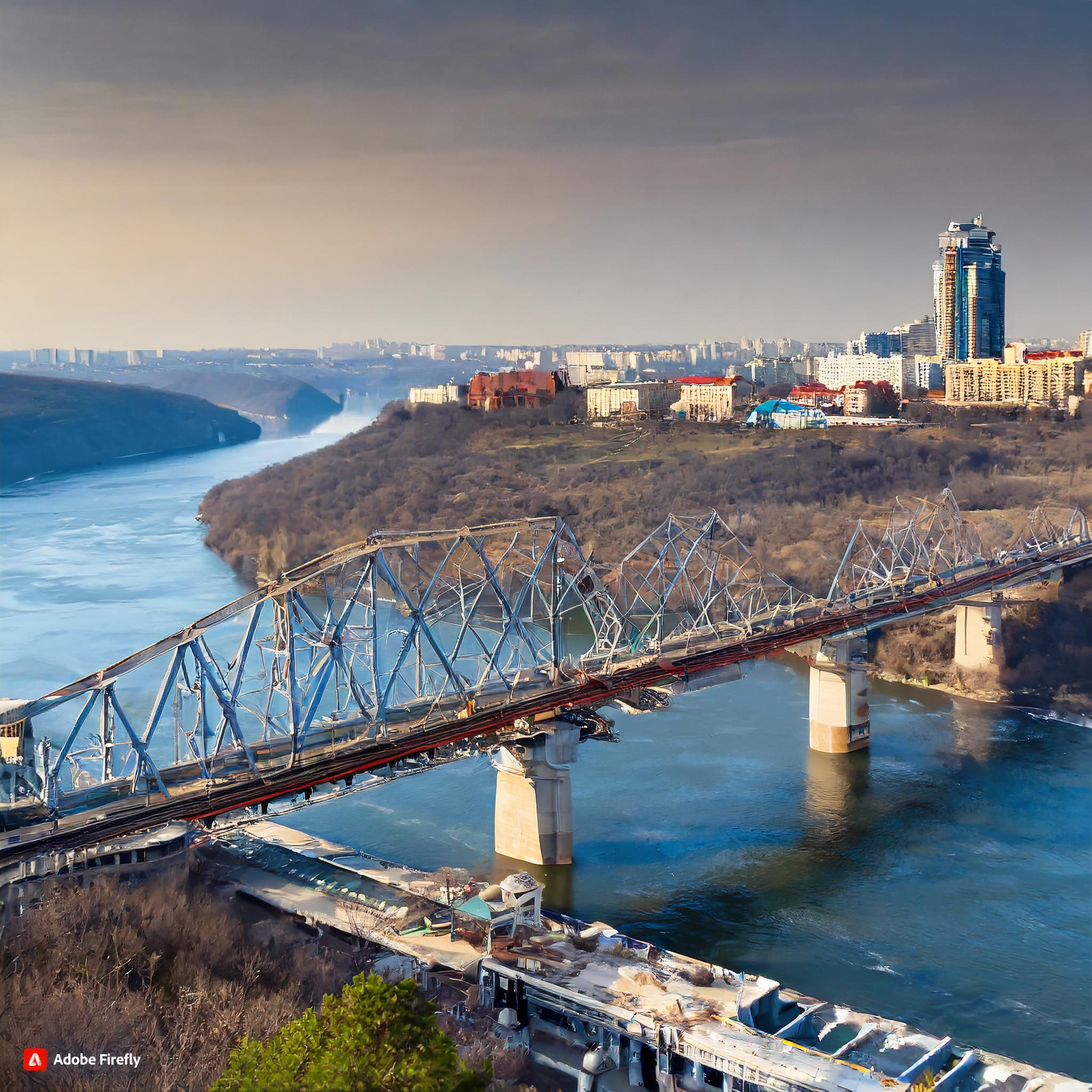
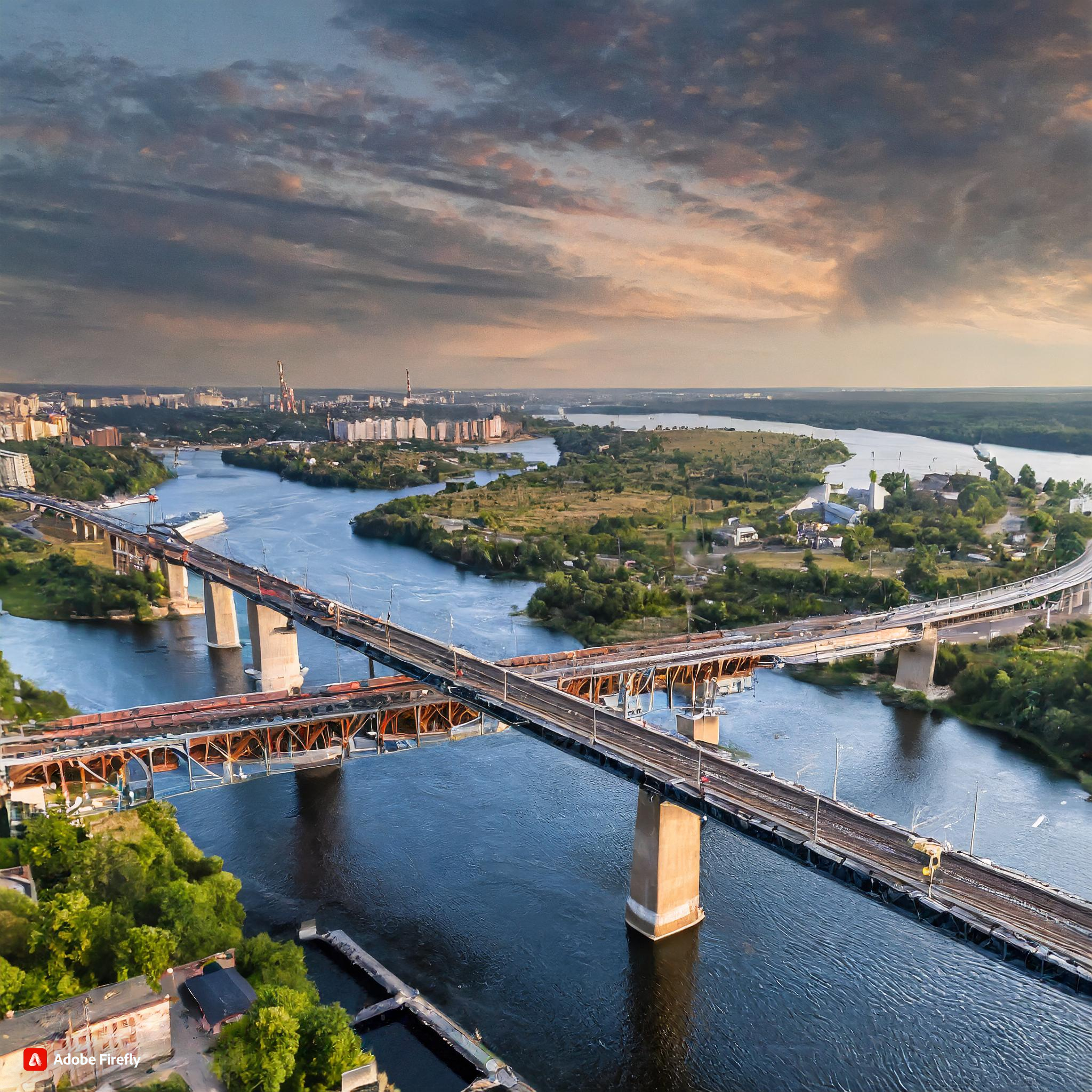
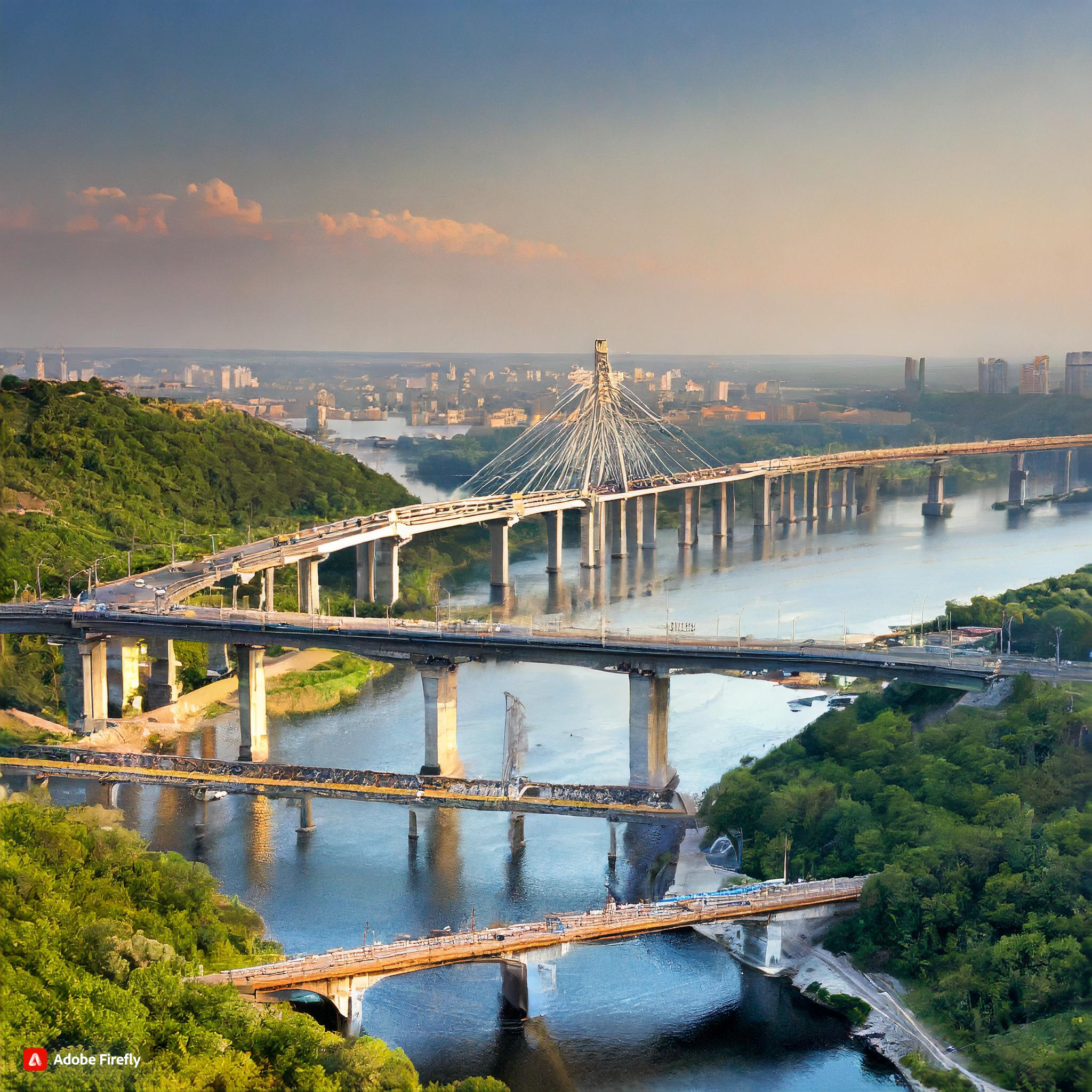
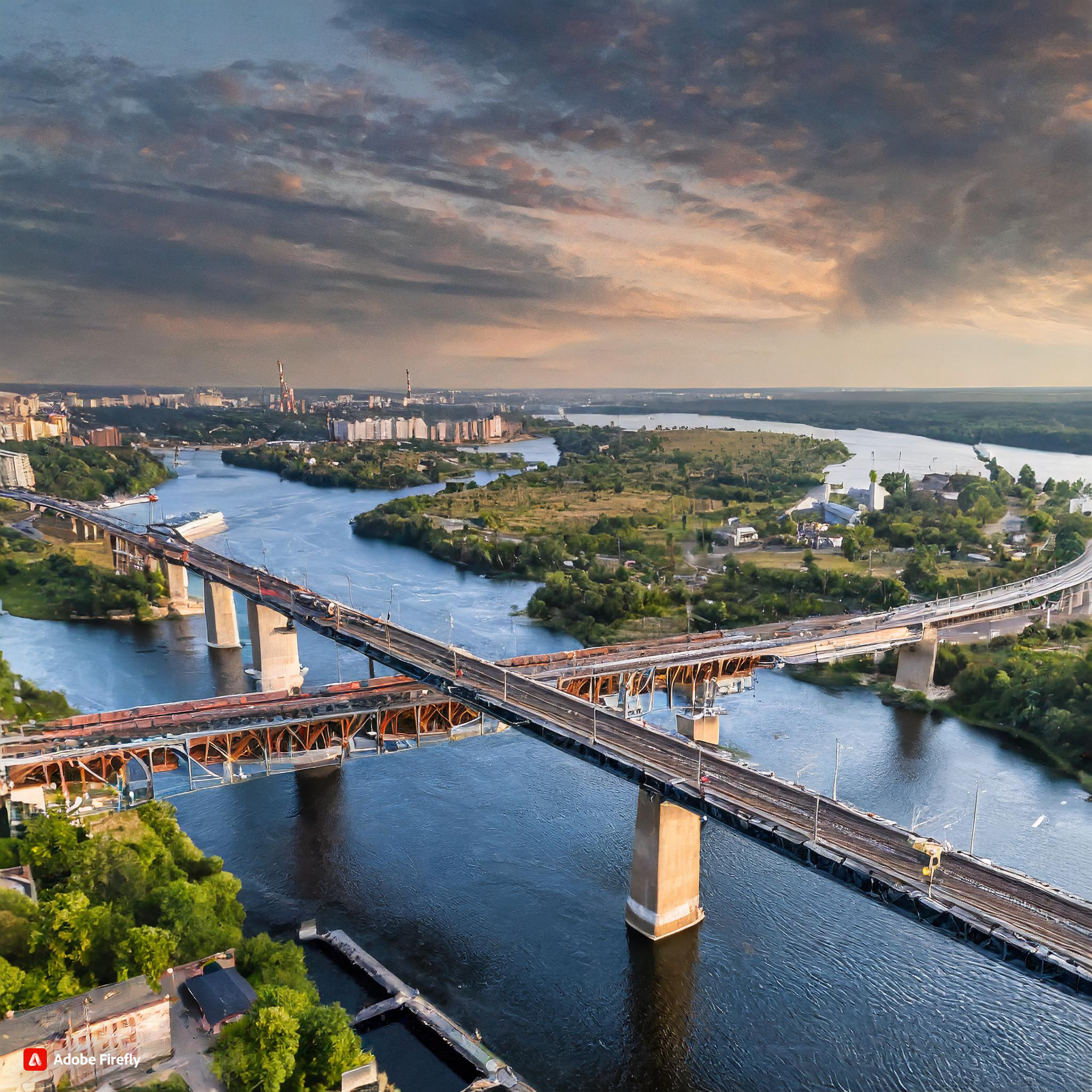
In our quest to protect the environment and safeguard our ecosystems, it is essential that we recognize the interconnectedness of all life forms. From the smallest pollinators to the largest apex predators, every species plays a vital role in the intricate web of life.
When we cultivate a sense of empathy and compassion towards all living beings, we forge bonds that transcend species boundaries. Whether it’s planting native wildflowers to support struggling pollinator populations or advocating for the protection of endangered species, our actions have the power to ripple outward, creating positive change for the entire ecosystem.
Let us embrace the diversity of life that surrounds us, celebrating the unique gifts and contributions of each species. In doing so, we honor the interconnectedness of all living beings and reaffirm our commitment to protecting the rich tapestry of life on Earth.
14. Educating the Next Generation: Planting Seeds of Change
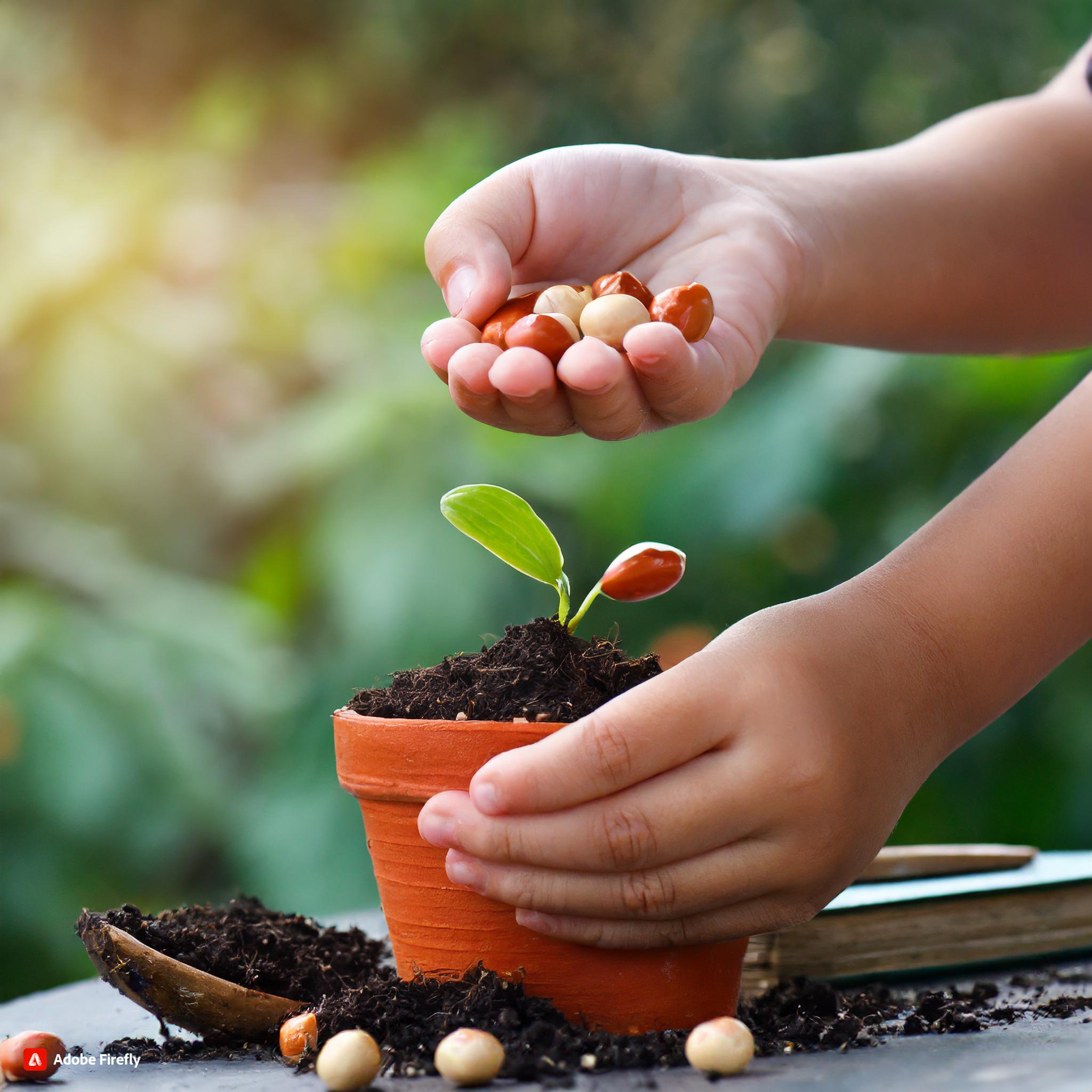
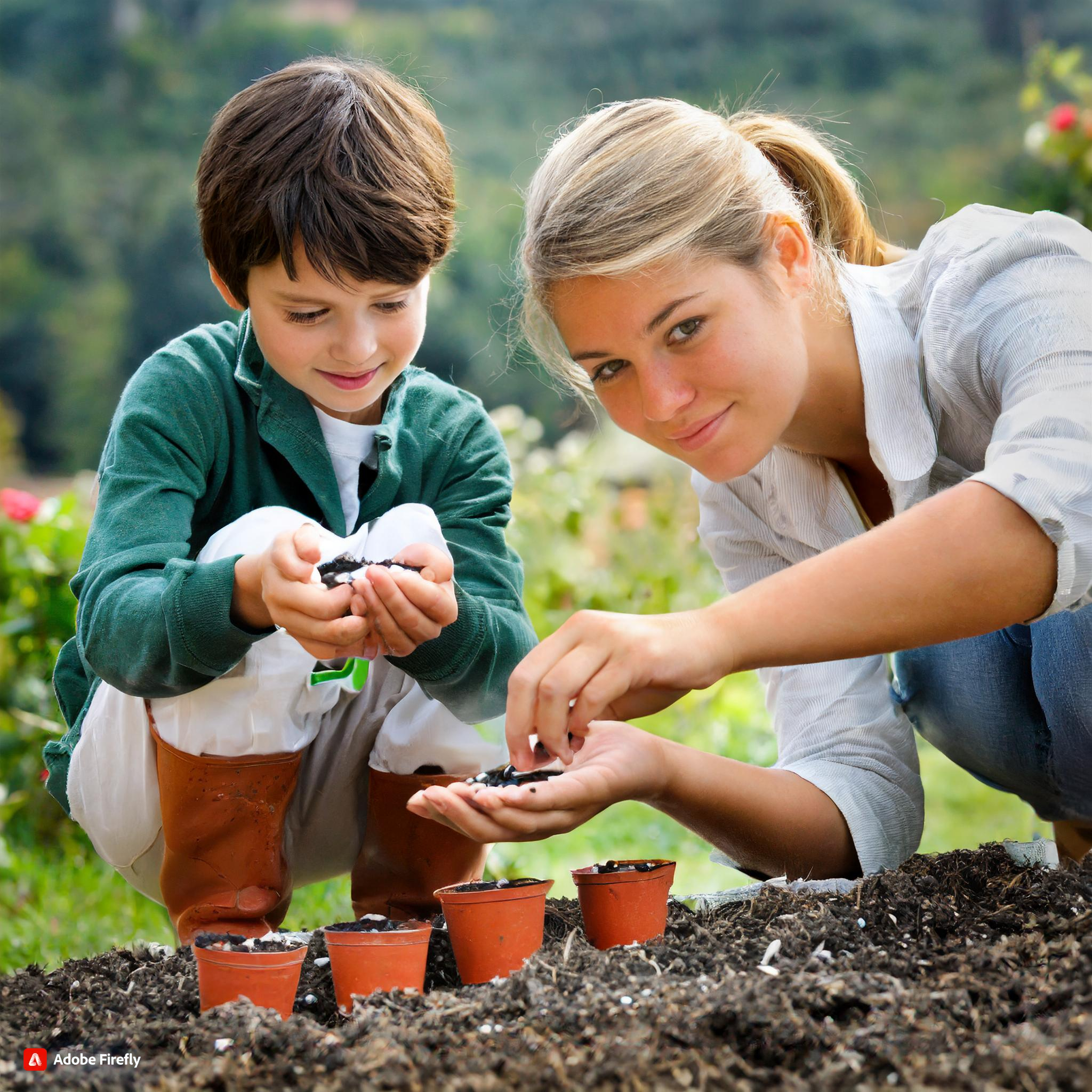
As we look towards the future, it is essential that we invest in the education and empowerment of the next generation. By instilling in our youth a deep appreciation for the natural world and a sense of responsibility towards its protection, we lay the groundwork for a sustainable future.
Through hands-on learning experiences, outdoor exploration, and environmental education initiatives, we can inspire young minds to become stewards of the earth. By nurturing their curiosity and fostering a sense of wonder, we empower them to become agents of change in their communities and beyond.
Let us equip our children with the knowledge, skills, and values they need to navigate the challenges of the 21st century with wisdom and compassion. Together, we can cultivate a generation of environmental leaders who will carry forward the torch of conservation and preservation for generations to come.
15. Conclusion: A Call to Arms
In conclusion, the challenges facing our environment and ecosystem are immense, but so too is our capacity for change. It is up to each and every one of us to rise to the occasion, to be stewards of the earth and guardians of its precious inhabitants. Through collective action and unwavering determination, we can create a future where the beauty and diversity of life continue to flourish for generations to come.
In the face of unprecedented environmental challenges, we are called upon to be stewards of the earth, guardians of its precious ecosystems, and champions of all living beings. It is a daunting task, but one that we must undertake with courage, conviction, and compassion.
As we stand at this pivotal moment in history, let us heed the call to arms and rise to the challenge before us. Let us be guided by the values of empathy, integrity, and respect for all life as we work towards a more just, equitable, and sustainable world.
Together, we can create a future where the beauty and diversity of life continue to flourish, where every species has a place to thrive, and where the bonds of love and compassion extend to all living beings. This is our shared responsibility, our sacred duty, and our greatest opportunity.
Let us seize it with both hands, for the sake of our planet, our children, and all who call this magnificent blue marble home. The time for action is now.
FAQs
1. How does climate change affect local plant and animal species, and what can be done to mitigate its impacts?
Climate change disrupts ecosystems by altering temperature and precipitation patterns, leading to habitat loss and shifts in species distribution. To mitigate its impacts, we must reduce carbon emissions, protect habitats, and support species adaptation efforts.
2. What are the causes and consequences of modernization on ecosystem environments, plants, and animals?
Modernization, including urbanization and industrialization, leads to habitat destruction, pollution, and fragmentation, threatening biodiversity and ecosystem stability. Sustainable practices and conservation efforts are important to reduce these impacts.
3. Why are bird populations decreasing due to pollution and radiation, and what can be done to address this issue?
Pollution and radiation disrupt bird habitats and food sources, leading to population declines. To address this, we must reduce pollution, regulate radiation exposure, and protect critical bird habitats through conservation efforts.
4. What are the various types of renewable energy (solar, wind, hydro), and how can they combat climate change?
Renewable energy sources like solar, wind, and hydroelectric power offer clean alternatives to fossil fuels, reducing greenhouse gas emissions and mitigating climate change.
5. How does garbage thrown into oceans threaten water life and organisms, and what steps can be taken to mitigate this threat?
Garbage in oceans harms marine life through ingestion, entanglement, and habitat destruction. To mitigate this threat, we must reduce plastic use, improve waste management, and clean up marine debris.
6. How do polythenes affect the health and life of stray animals, and what can be done to help them?
Stray animals consuming polythenes suffer from health issues and may face long-term harm. Providing food, shelter, and veterinary care for strays, as well as promoting responsible waste disposal, can help mitigate this issue.
7. Why is selling animals for dark rituals and sacrifices harmful, and what actions can be taken to stop it?
Selling animals for dark rituals and sacrifices is cruel and unethical, causing unnecessary suffering. Implementing strict laws, promoting ethical treatment of animals, and raising awareness about the consequences of such practices are essential steps to stop this.
8. Why is it important to provide homemade food to animals on the road, and how can individuals contribute to their well-being?
Homemade food provides proper nutrition to animals and reduces their reliance on harmful scraps. Individuals can contribute by offering food, water, and shelter to animals, as well as advocating for their welfare.
9. How does deforestation harm ecosystems and wildlife, and what measures can be taken to address it?
Deforestation leads to habitat loss, species extinction, and climate change. To address this, we must protect forests, promote sustainable logging practices, and support reforestation efforts.
